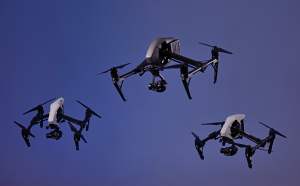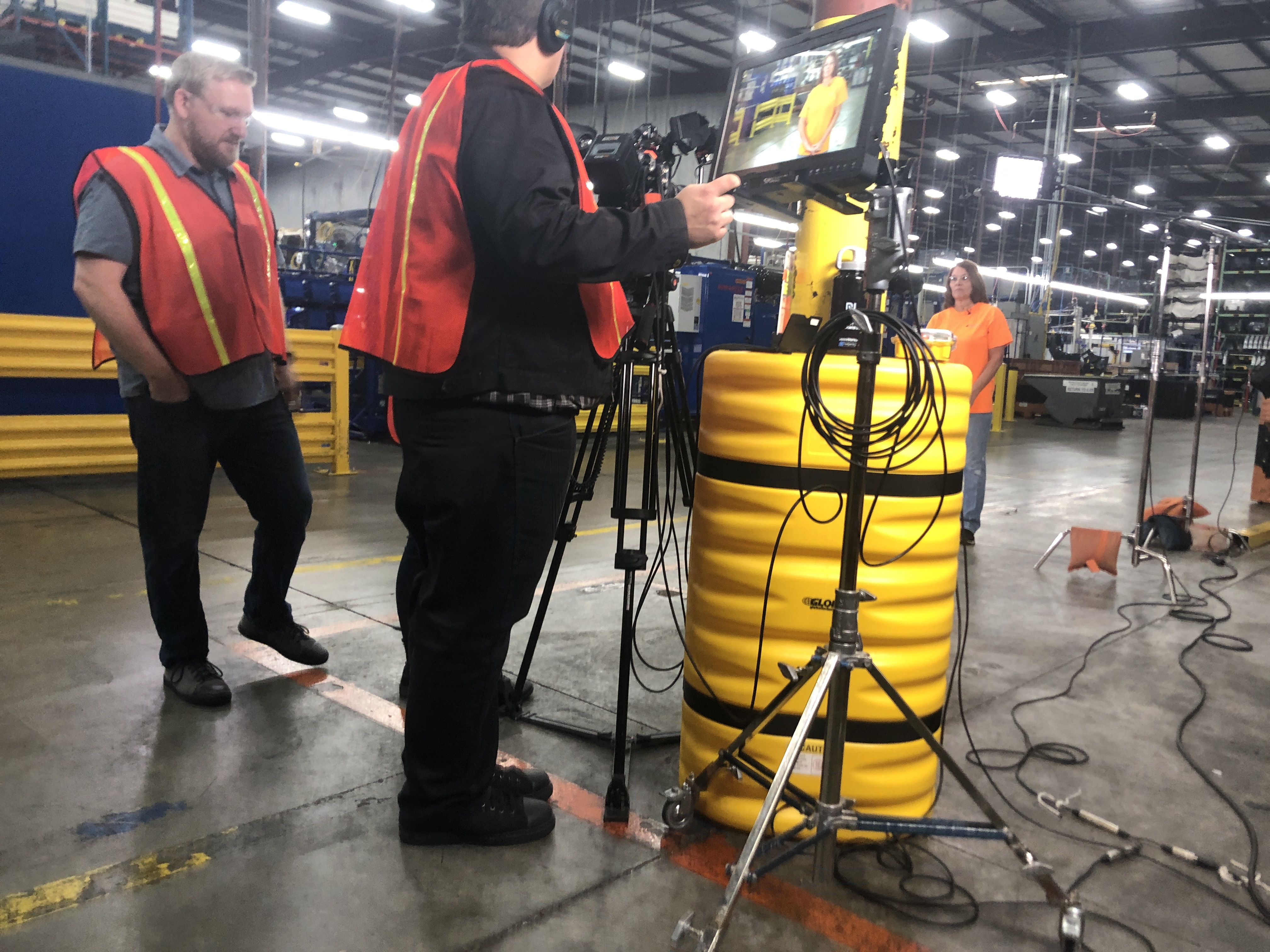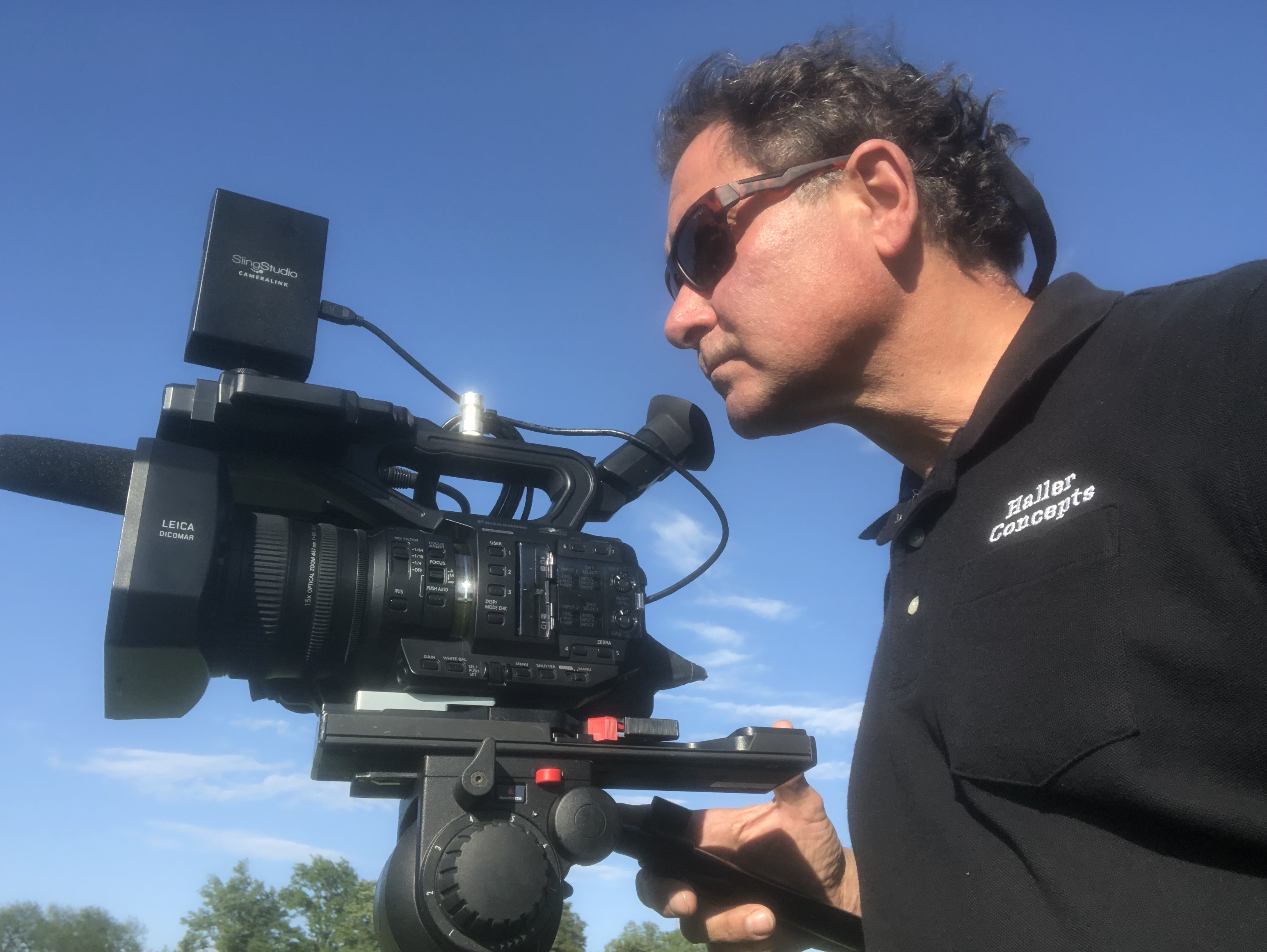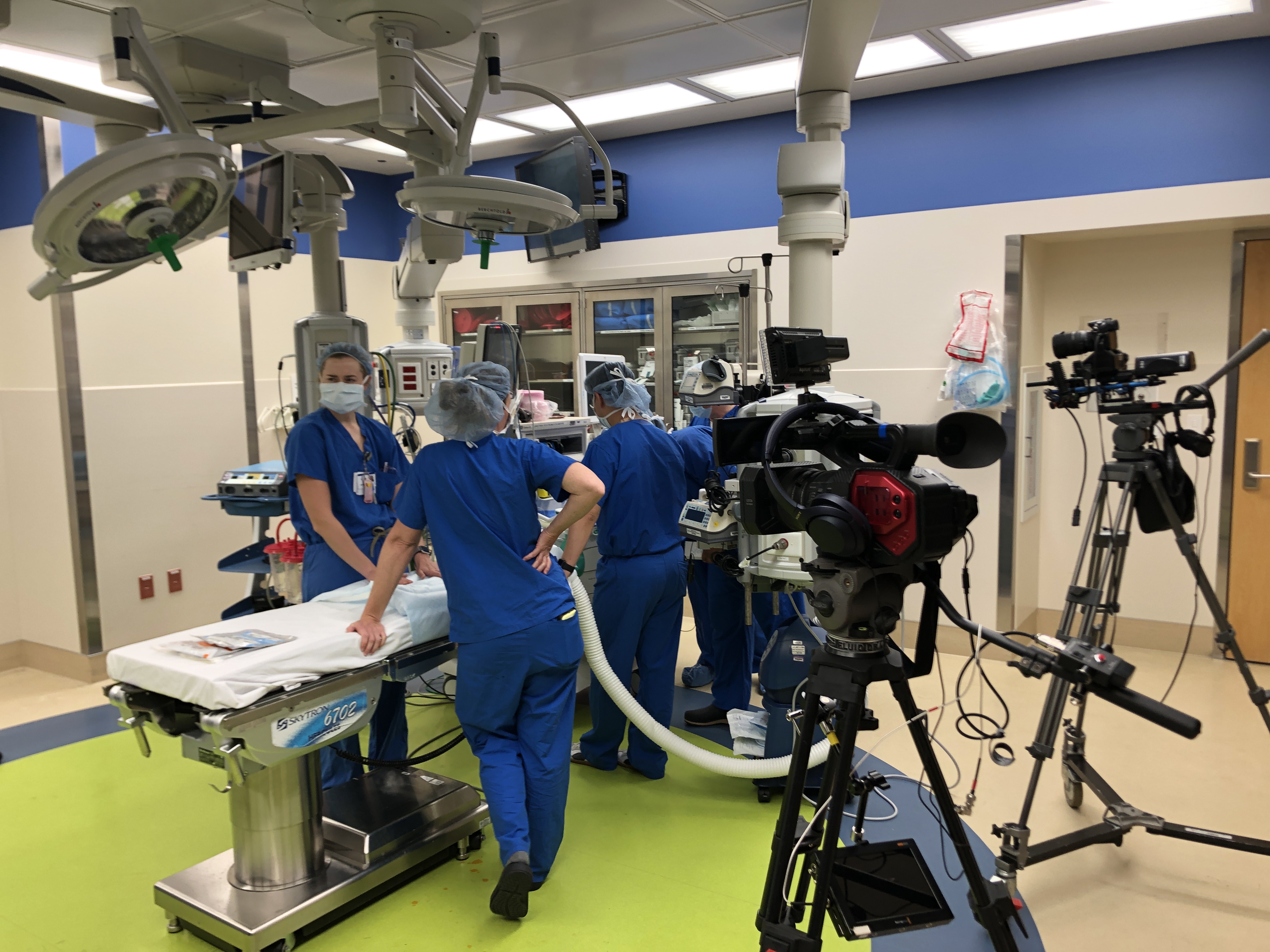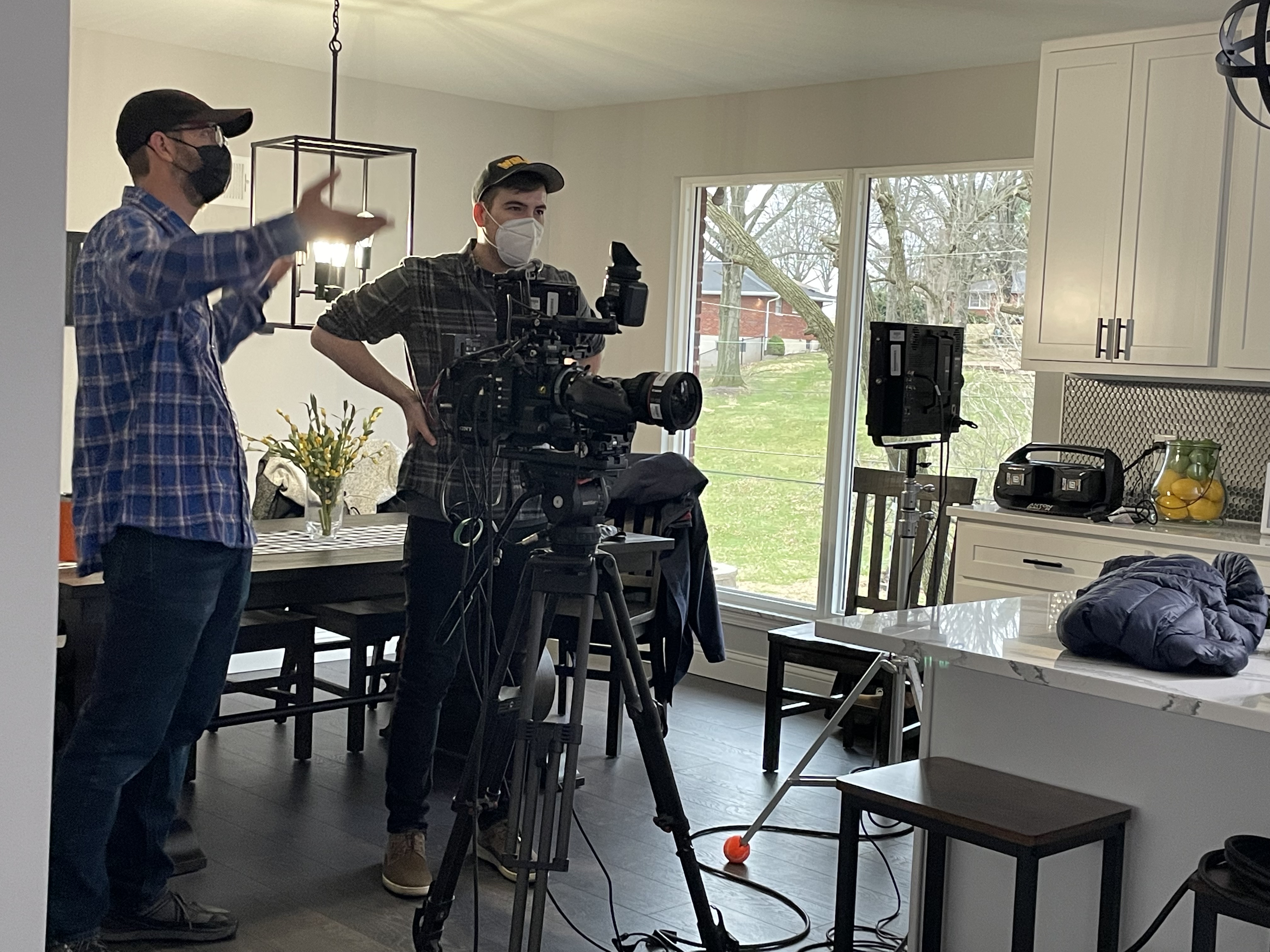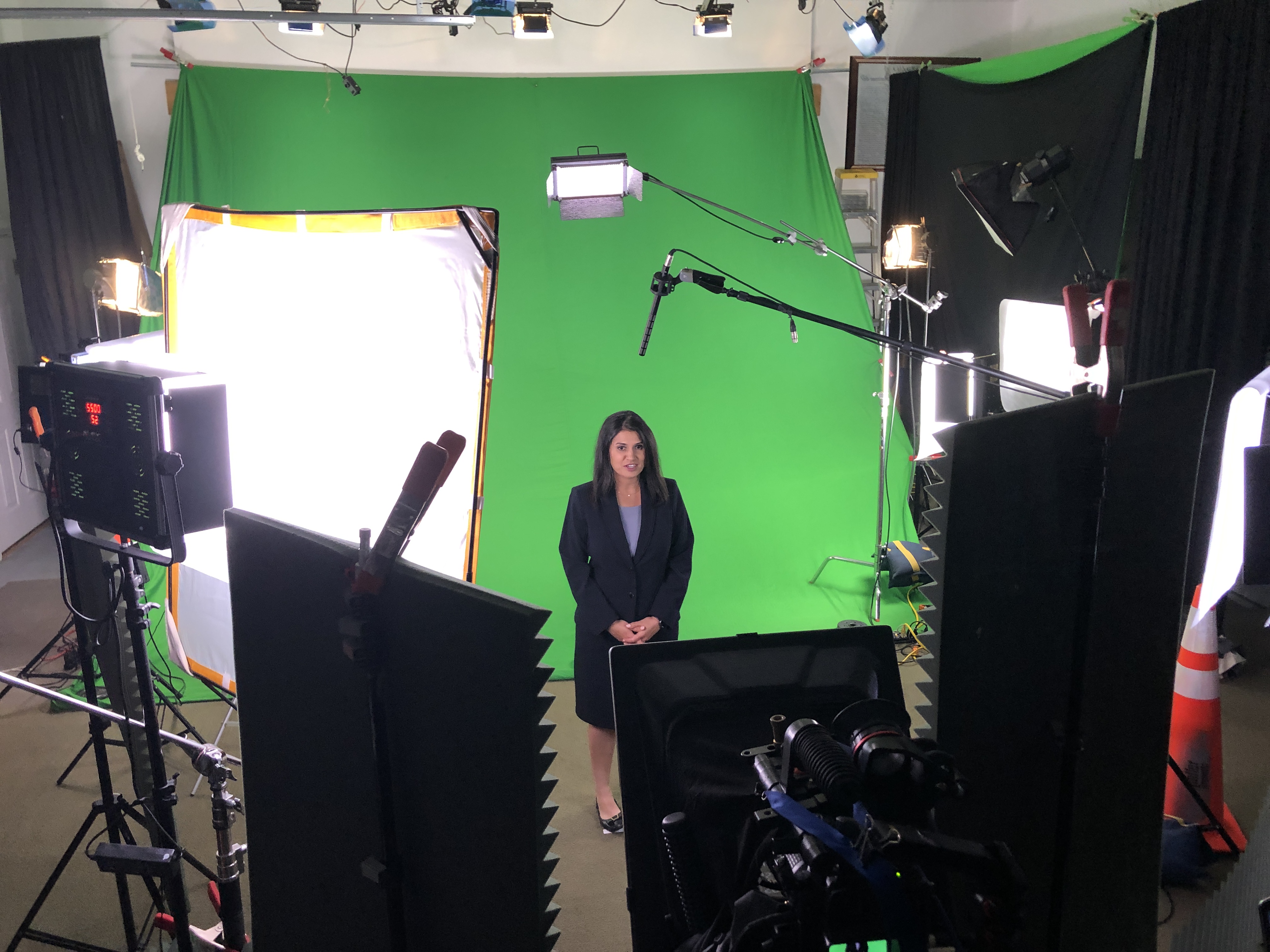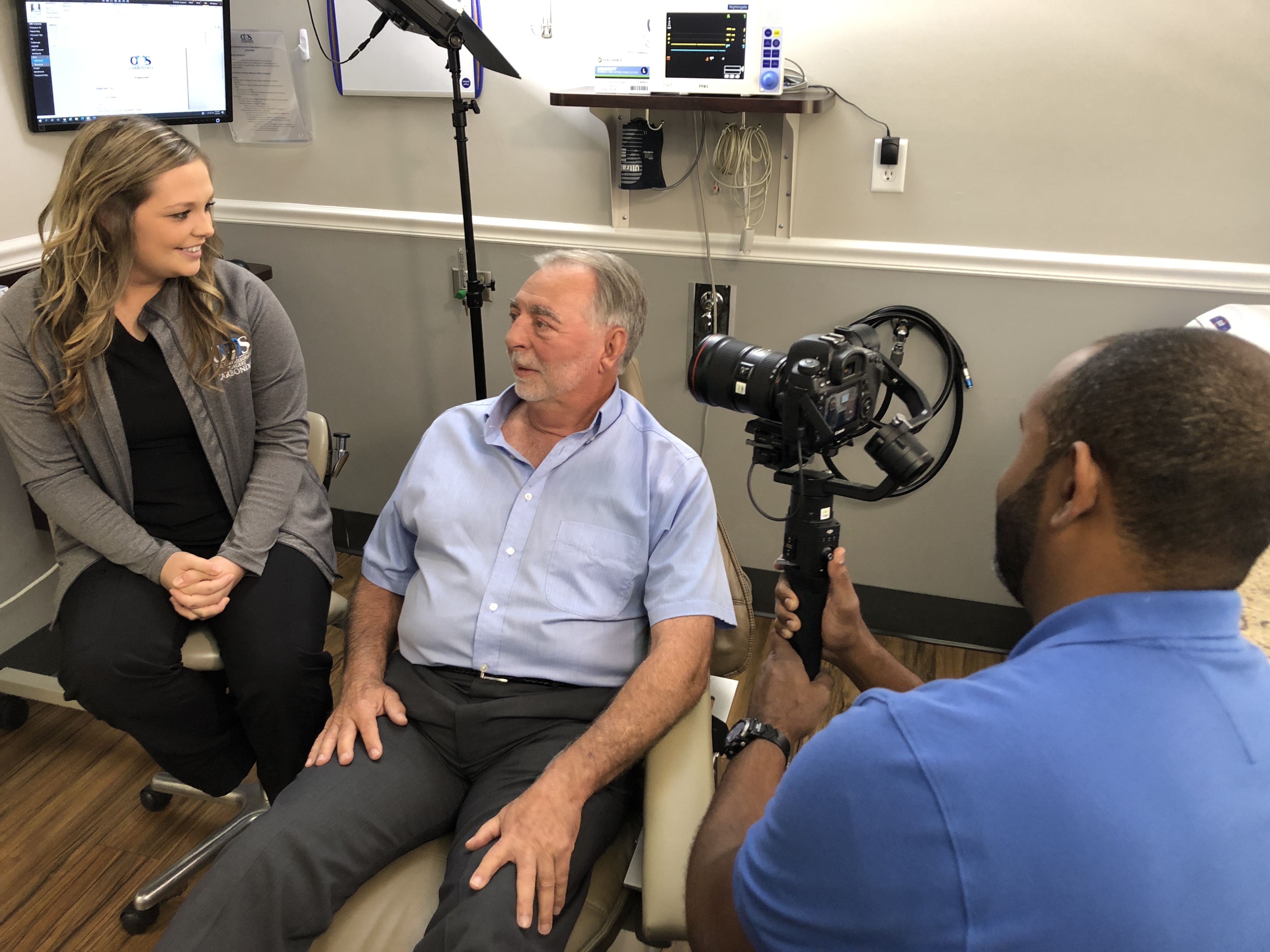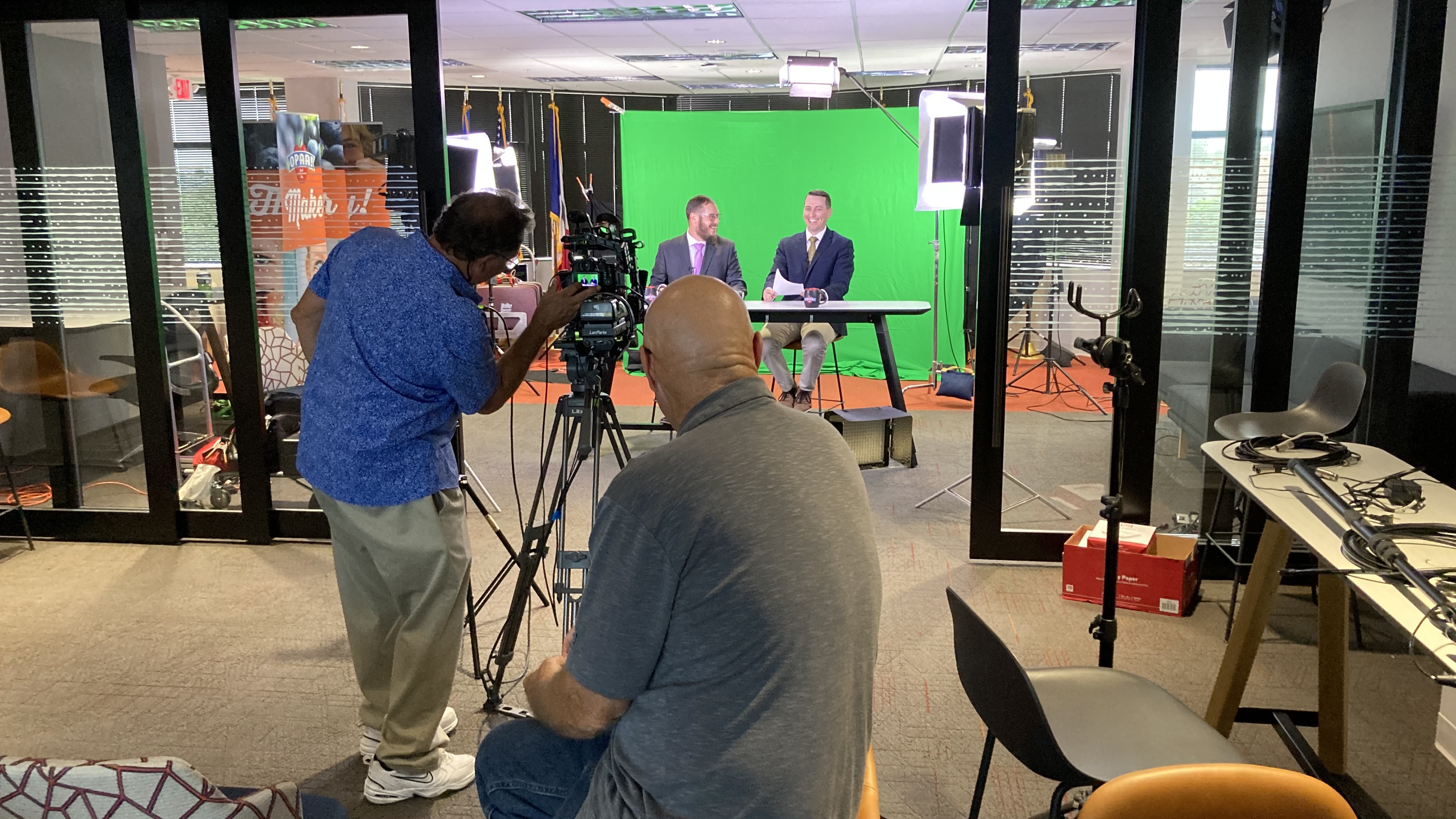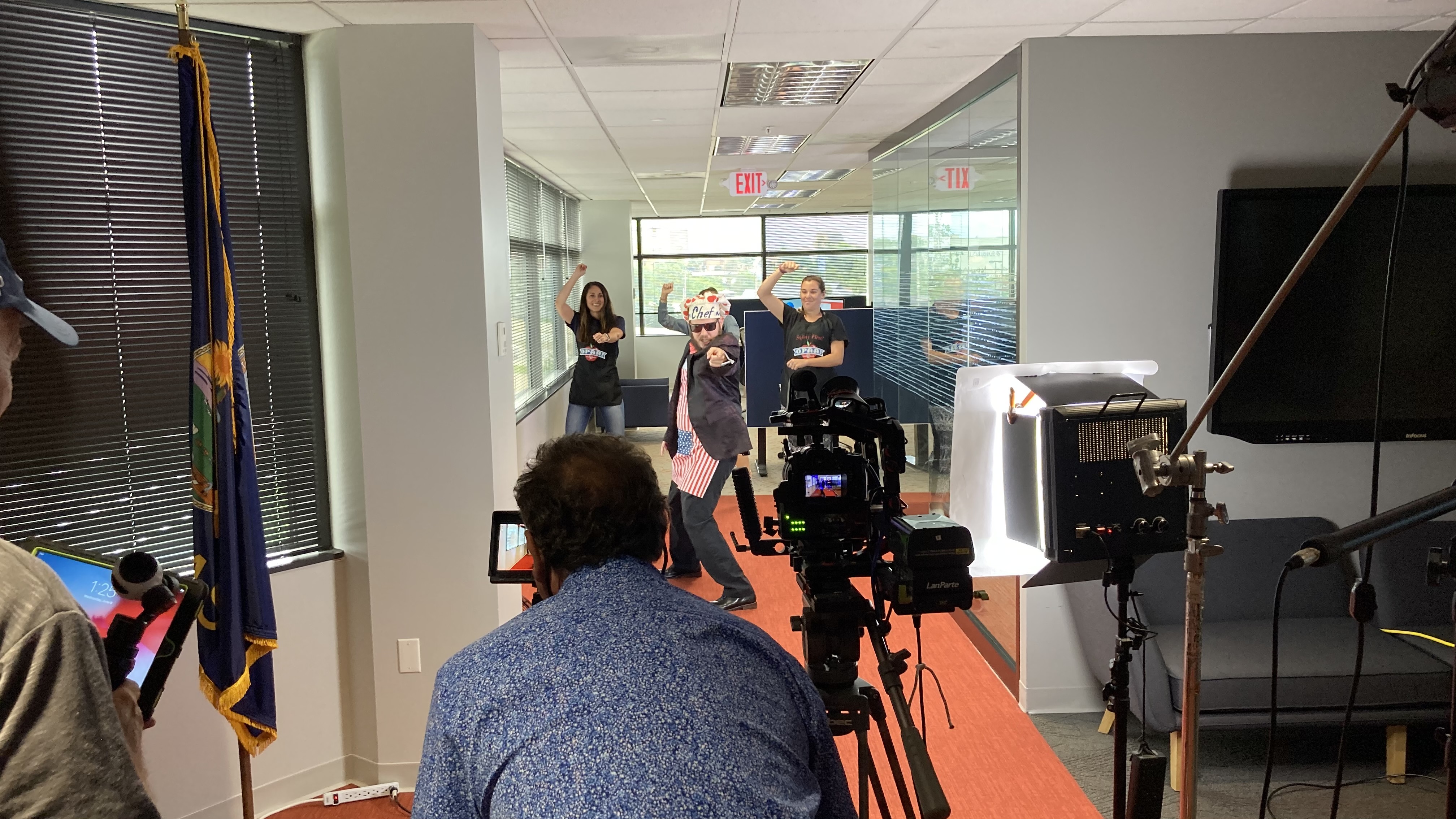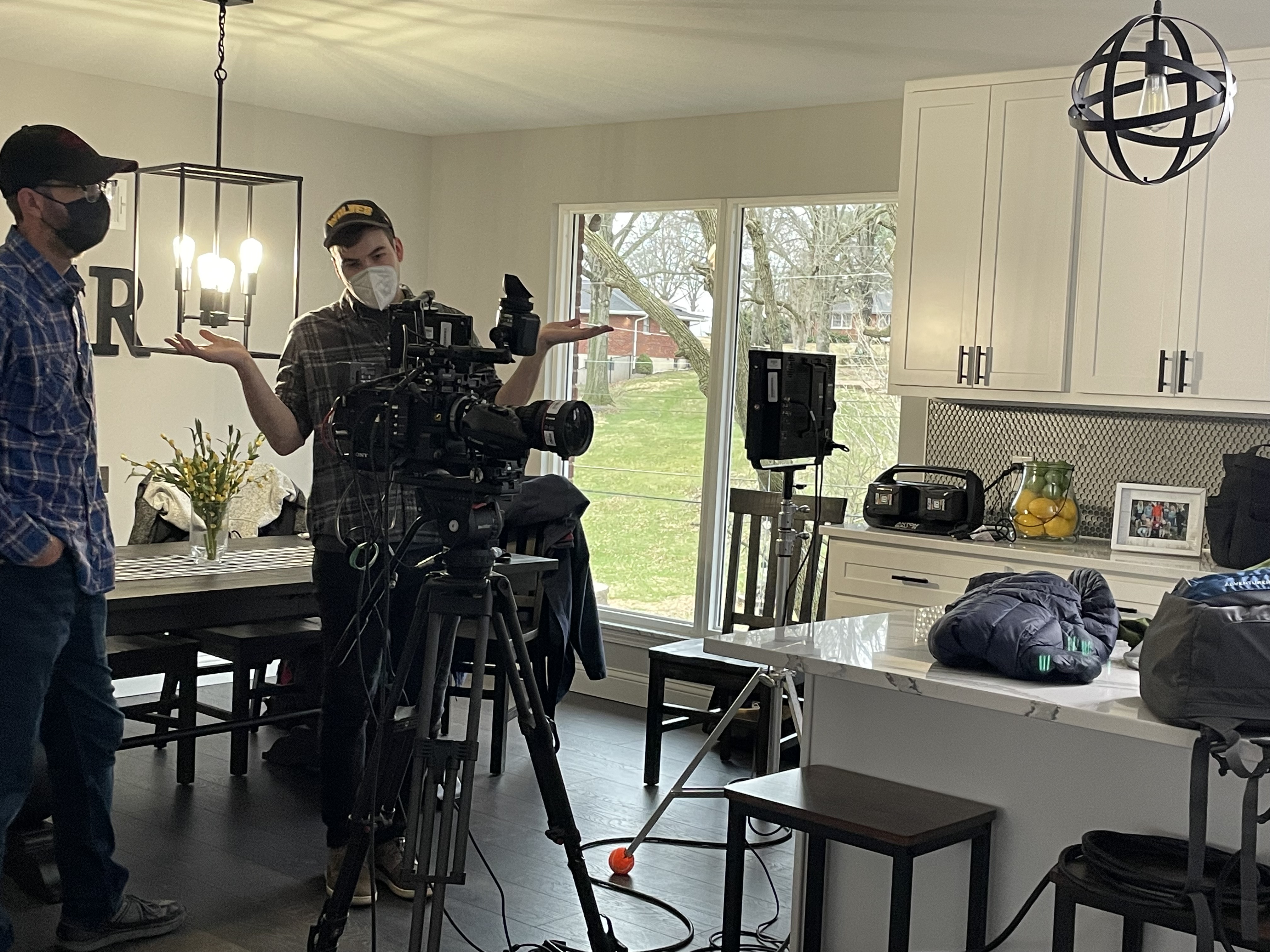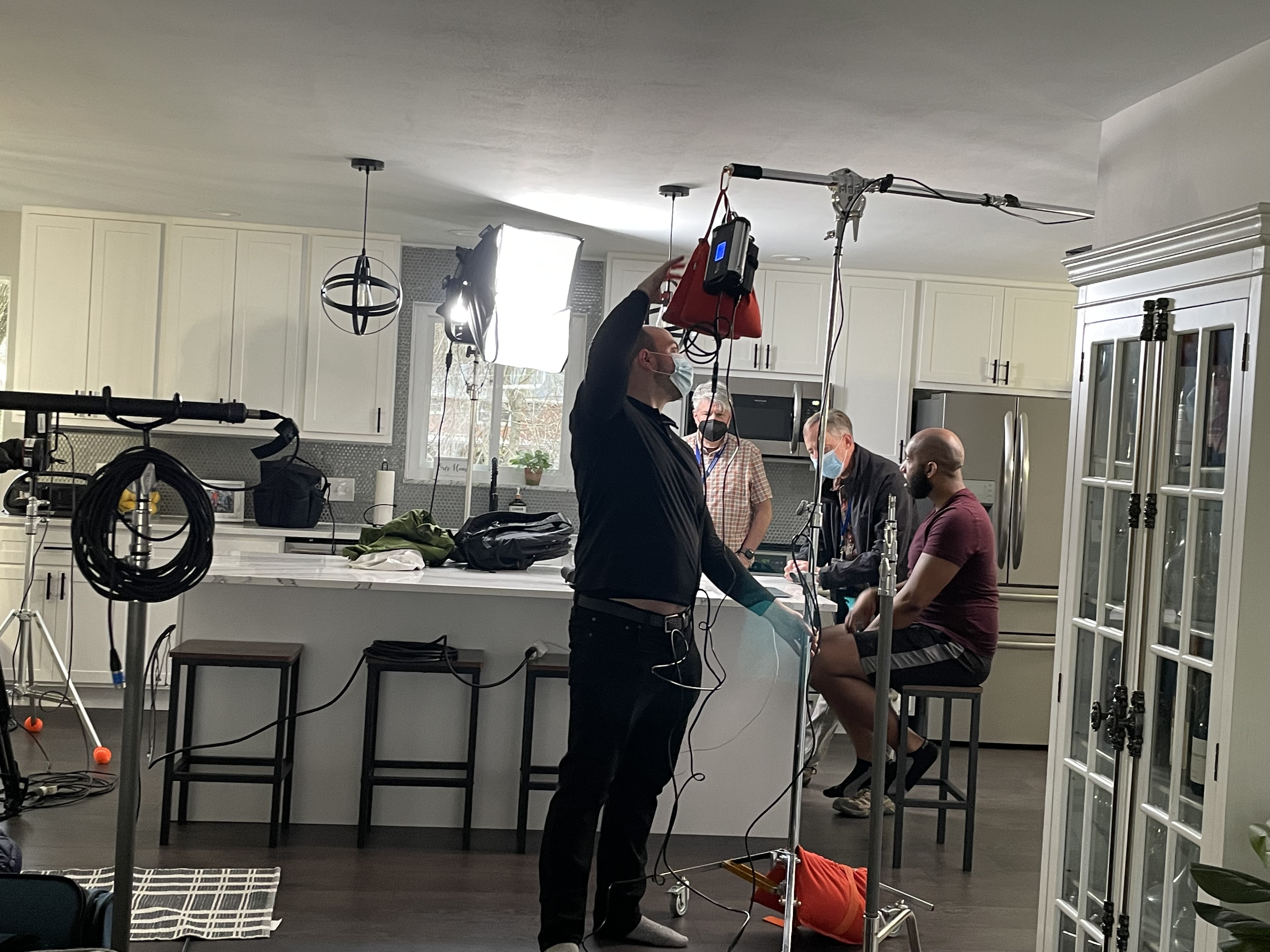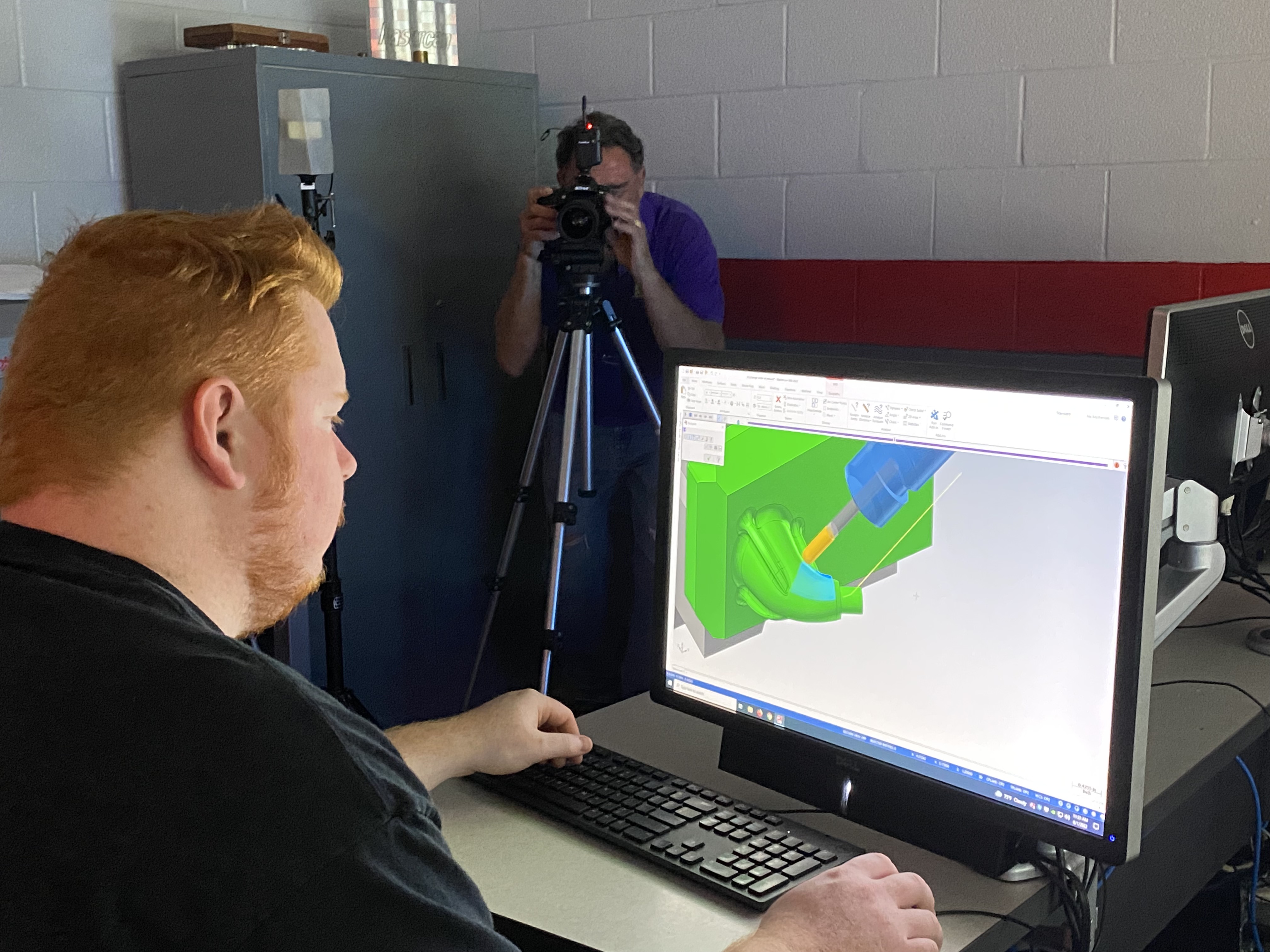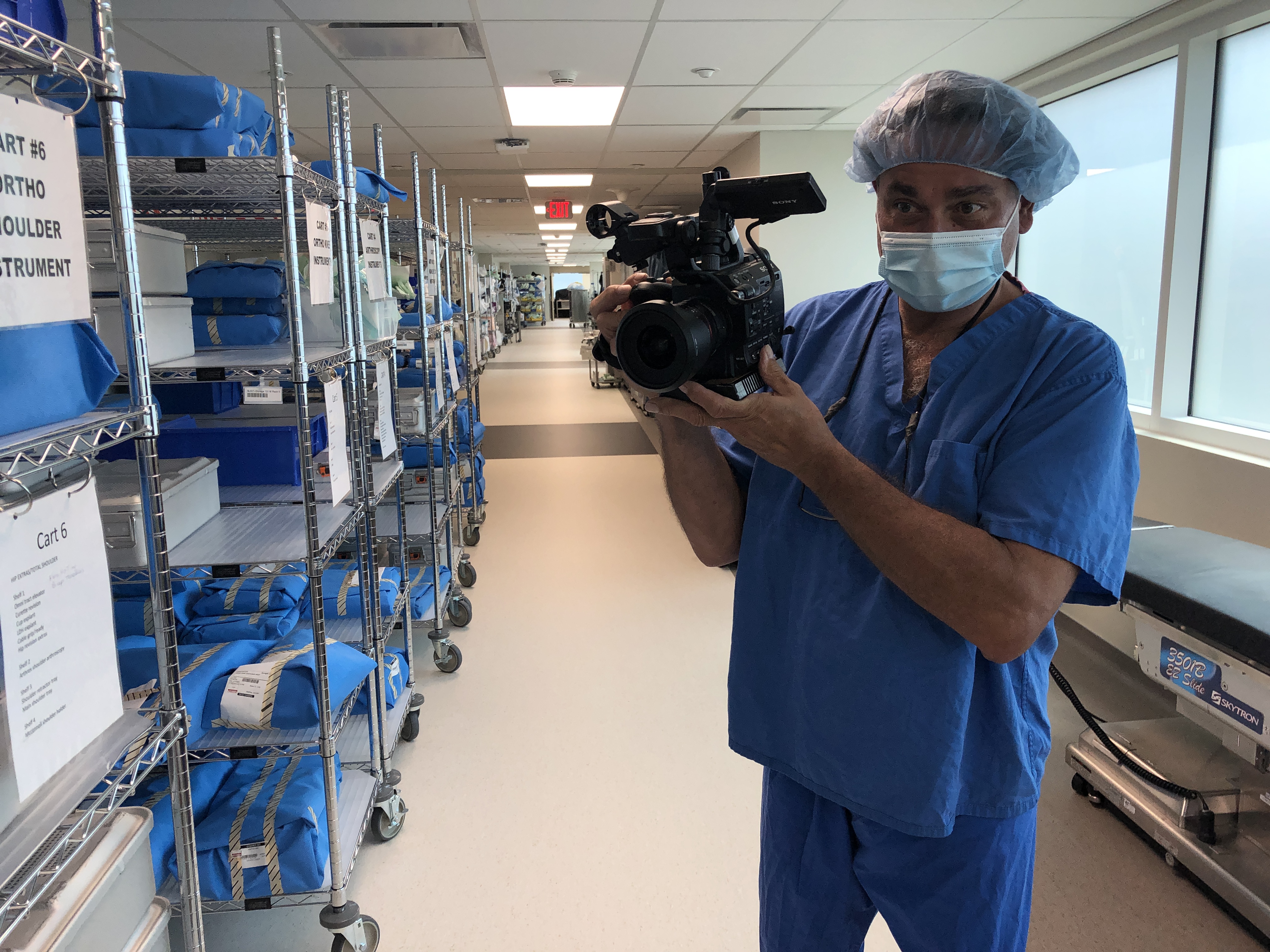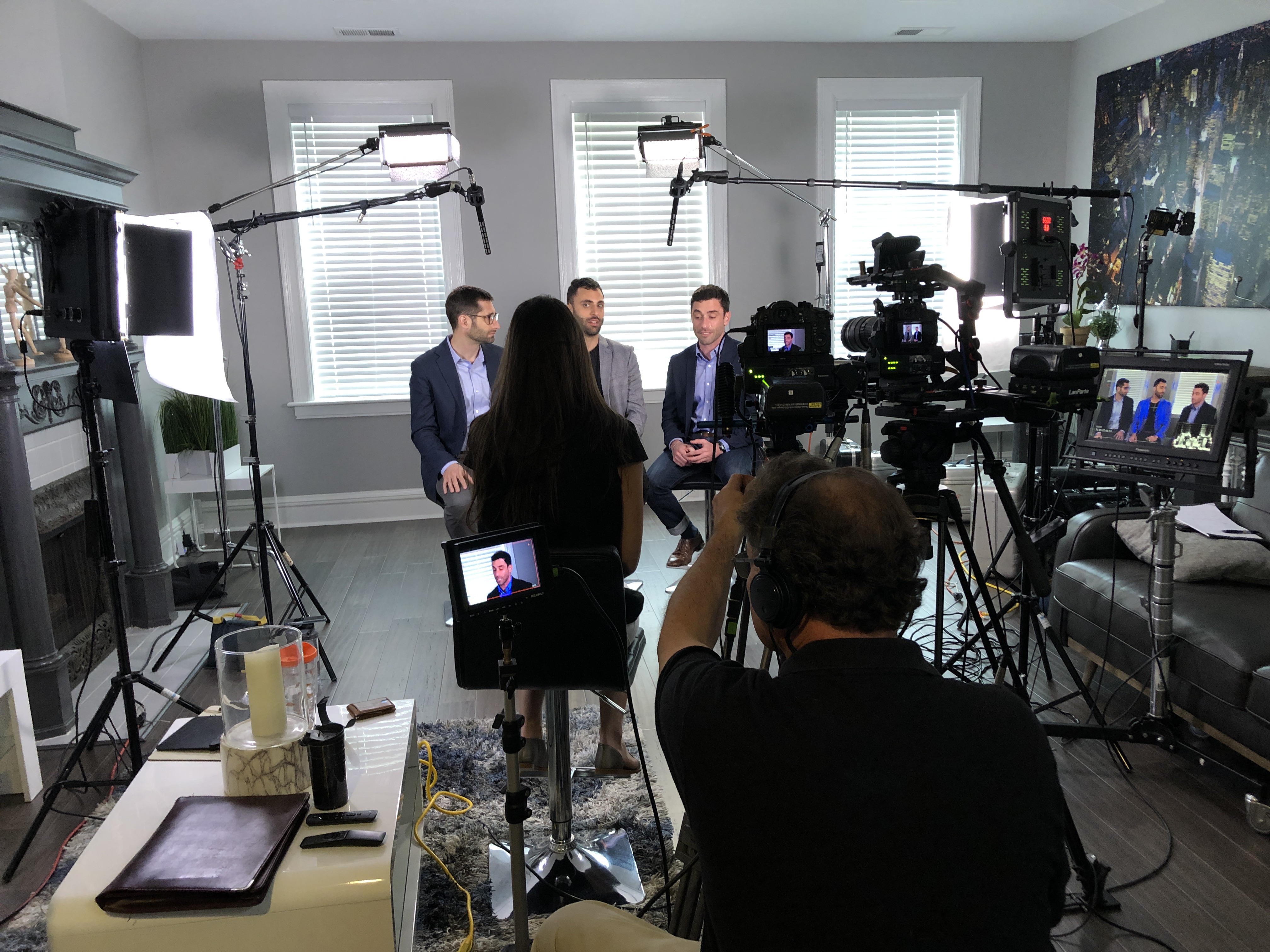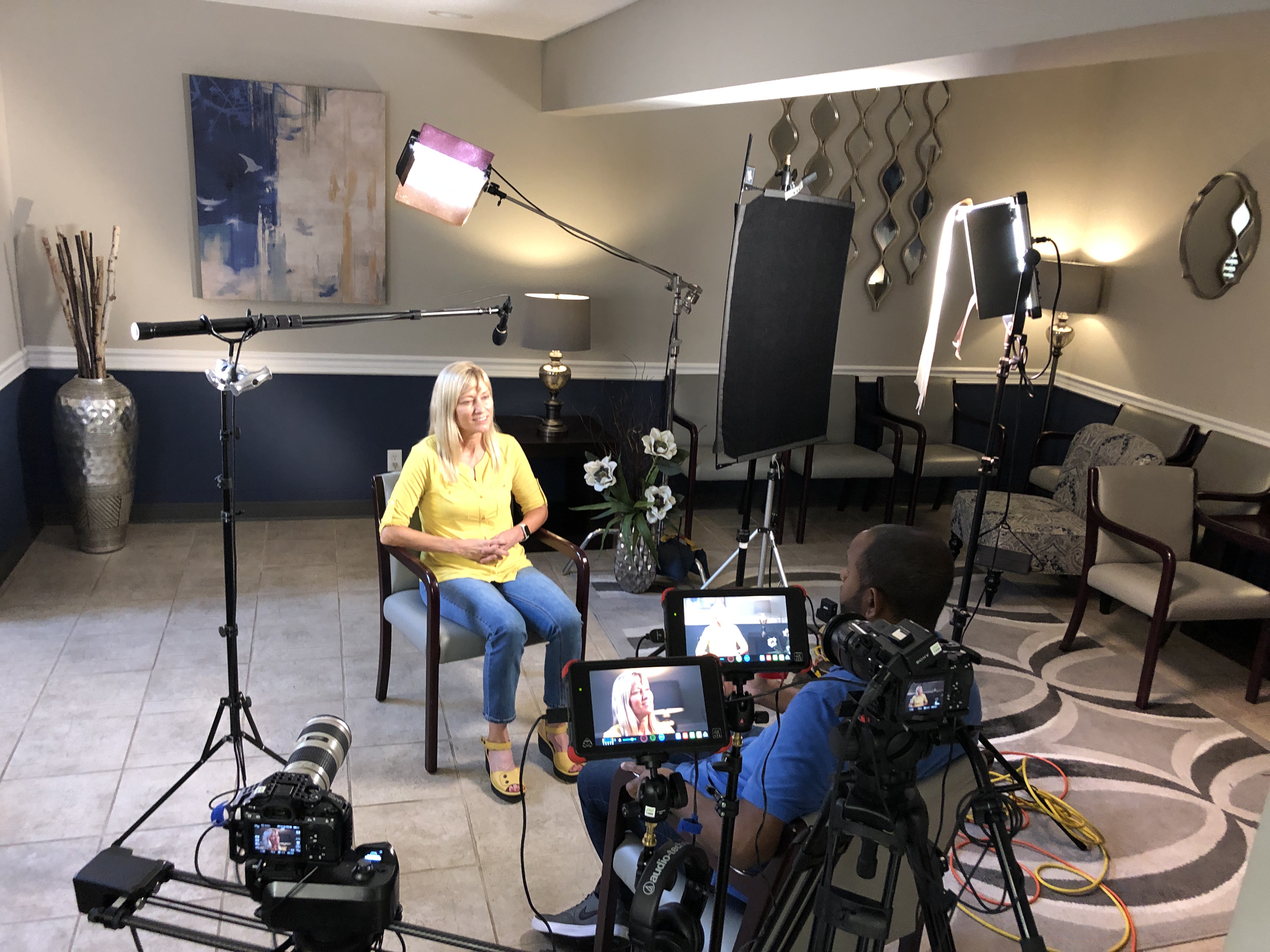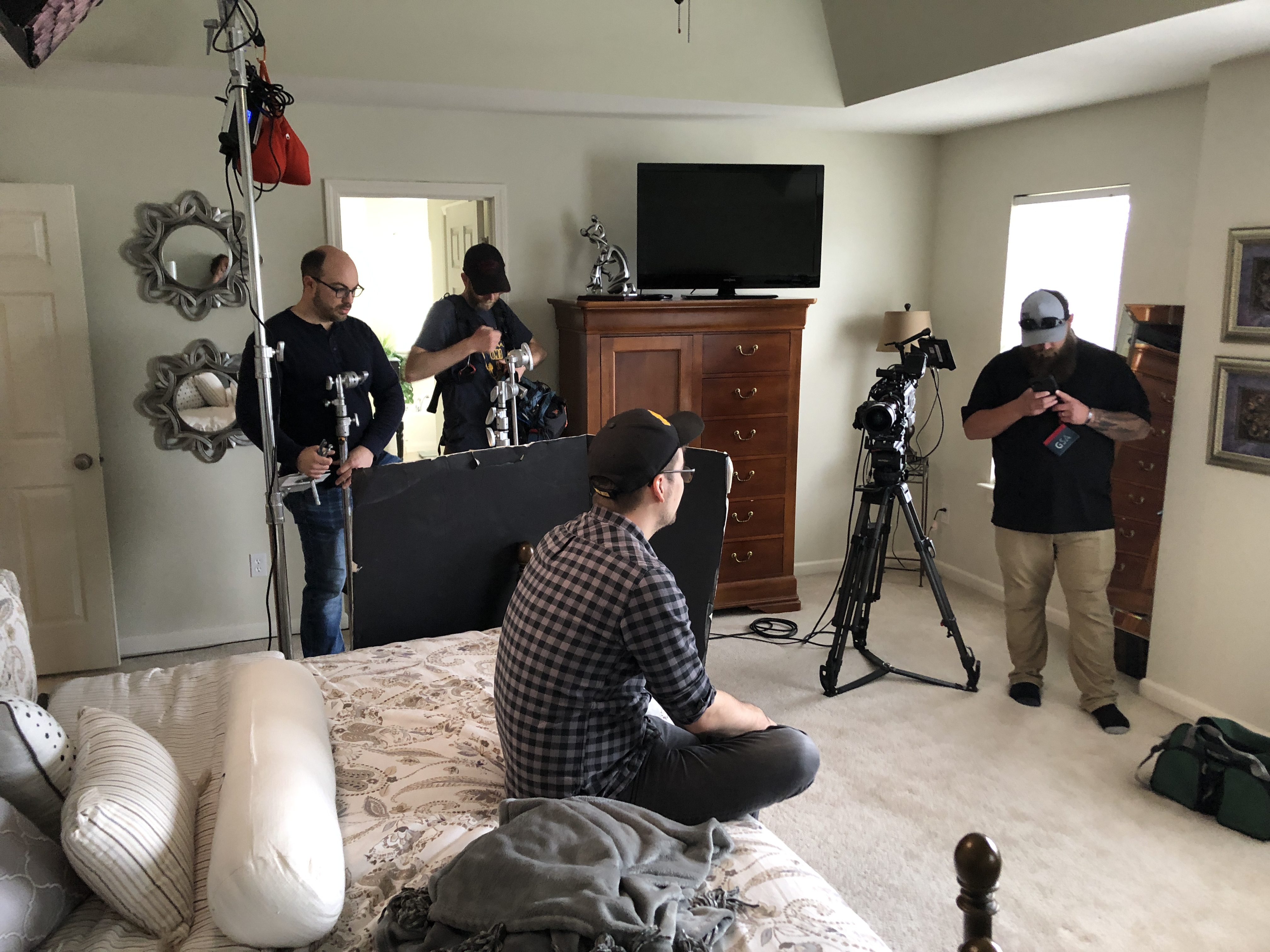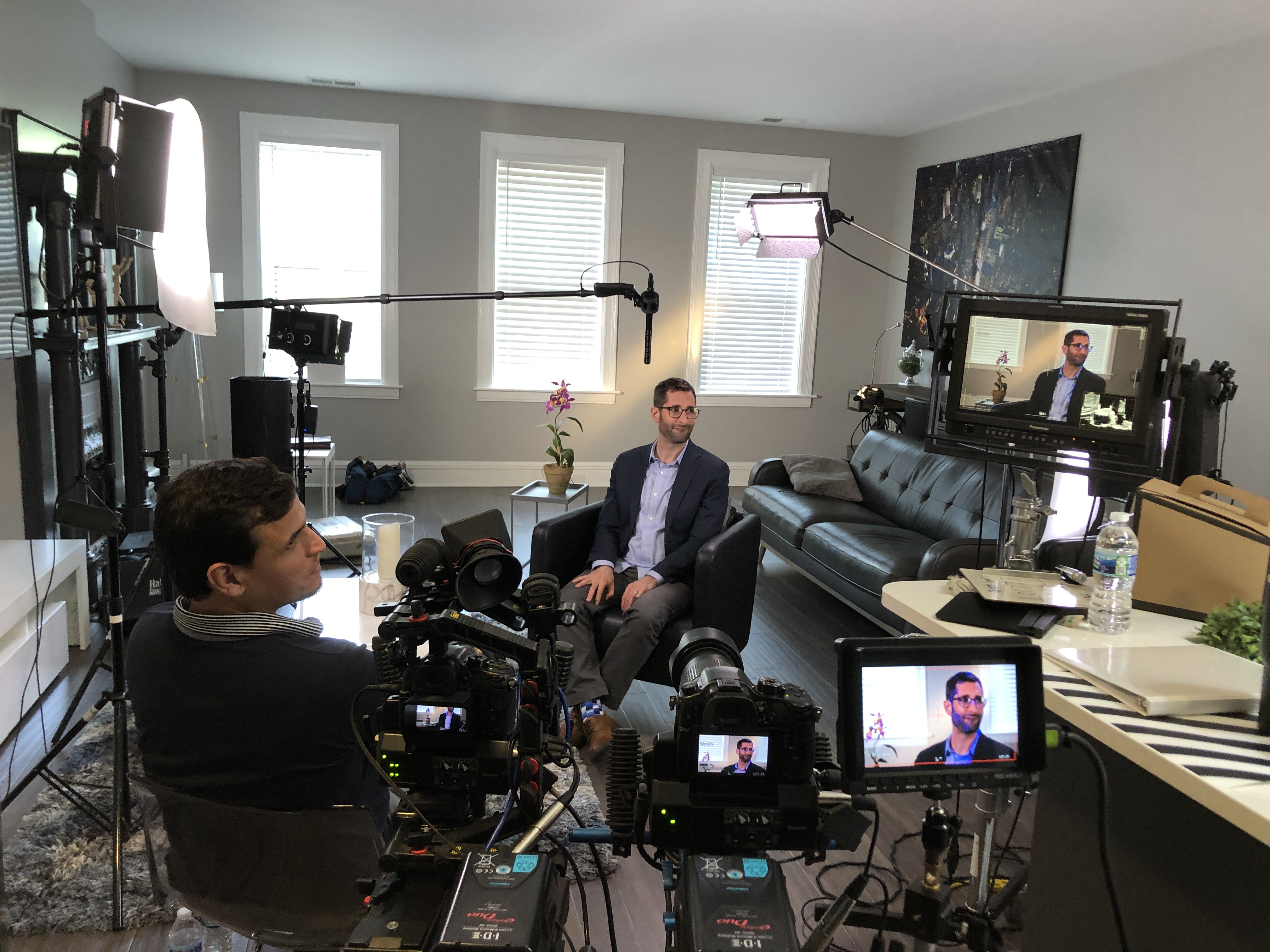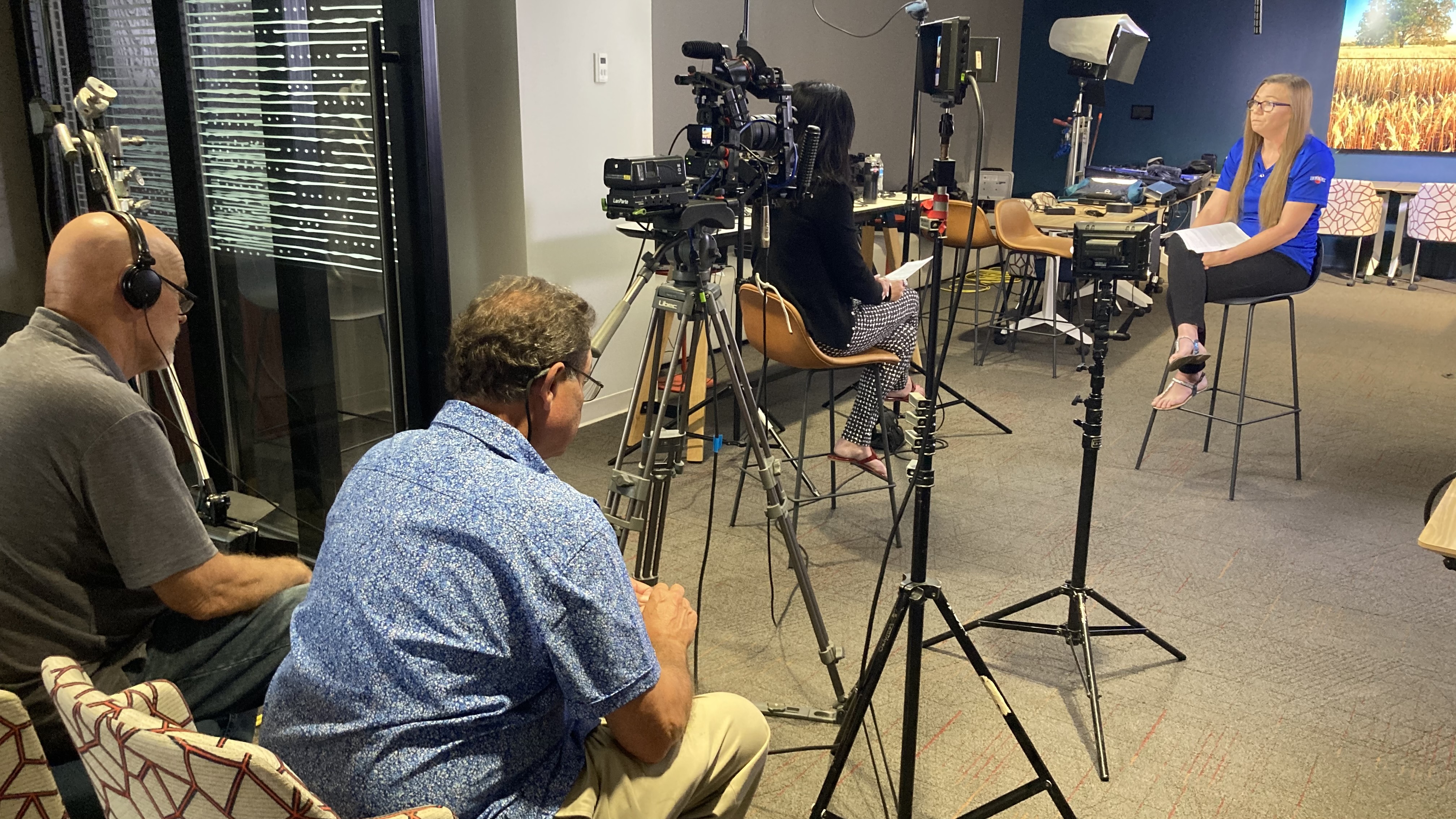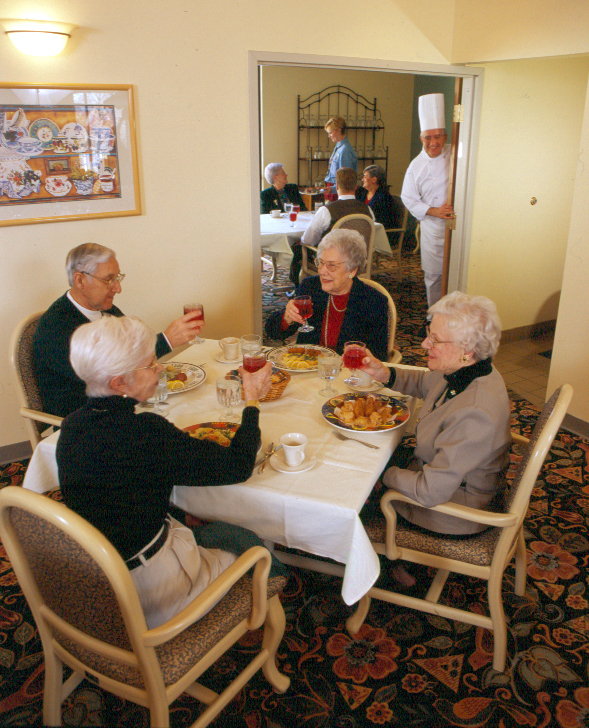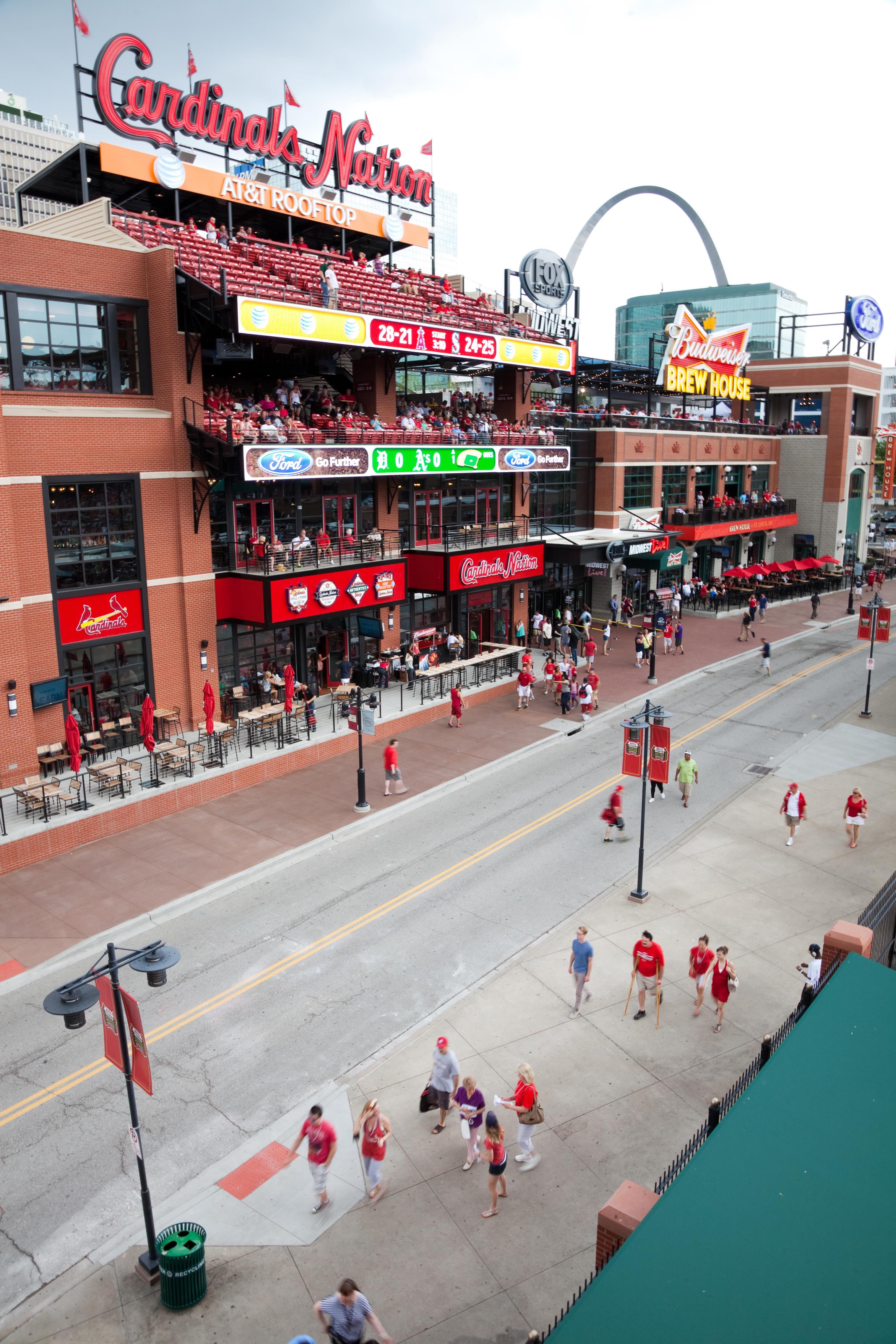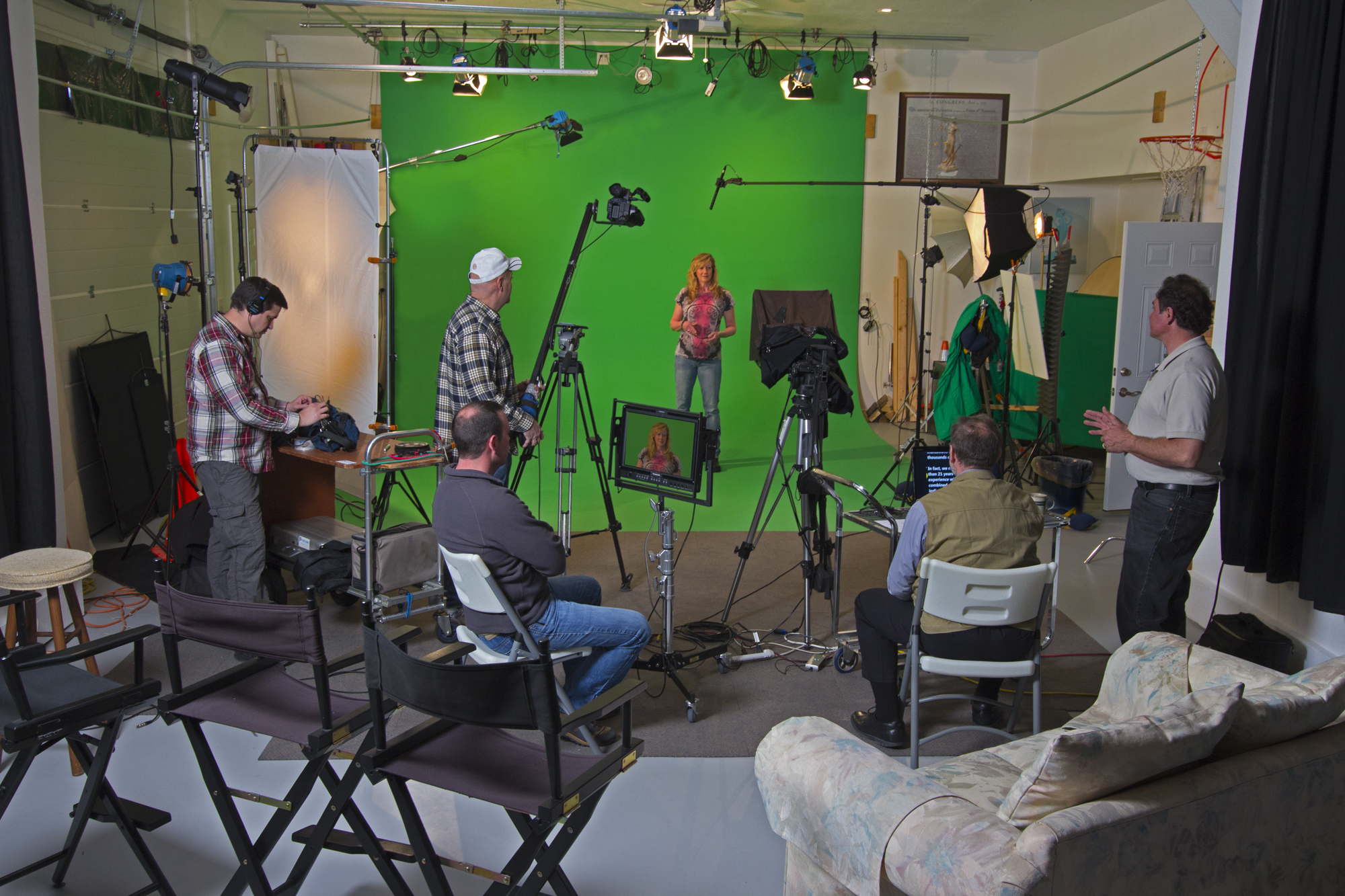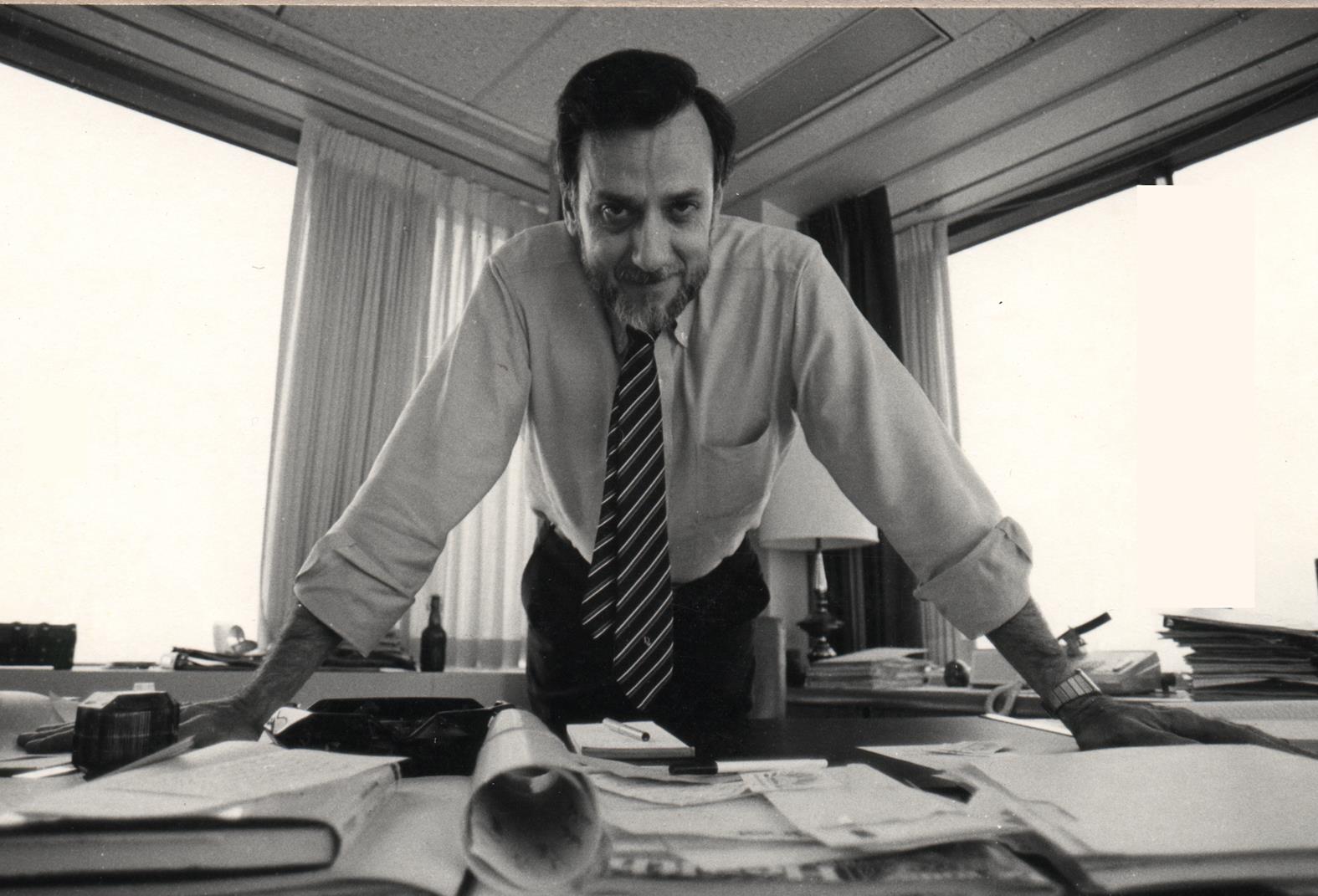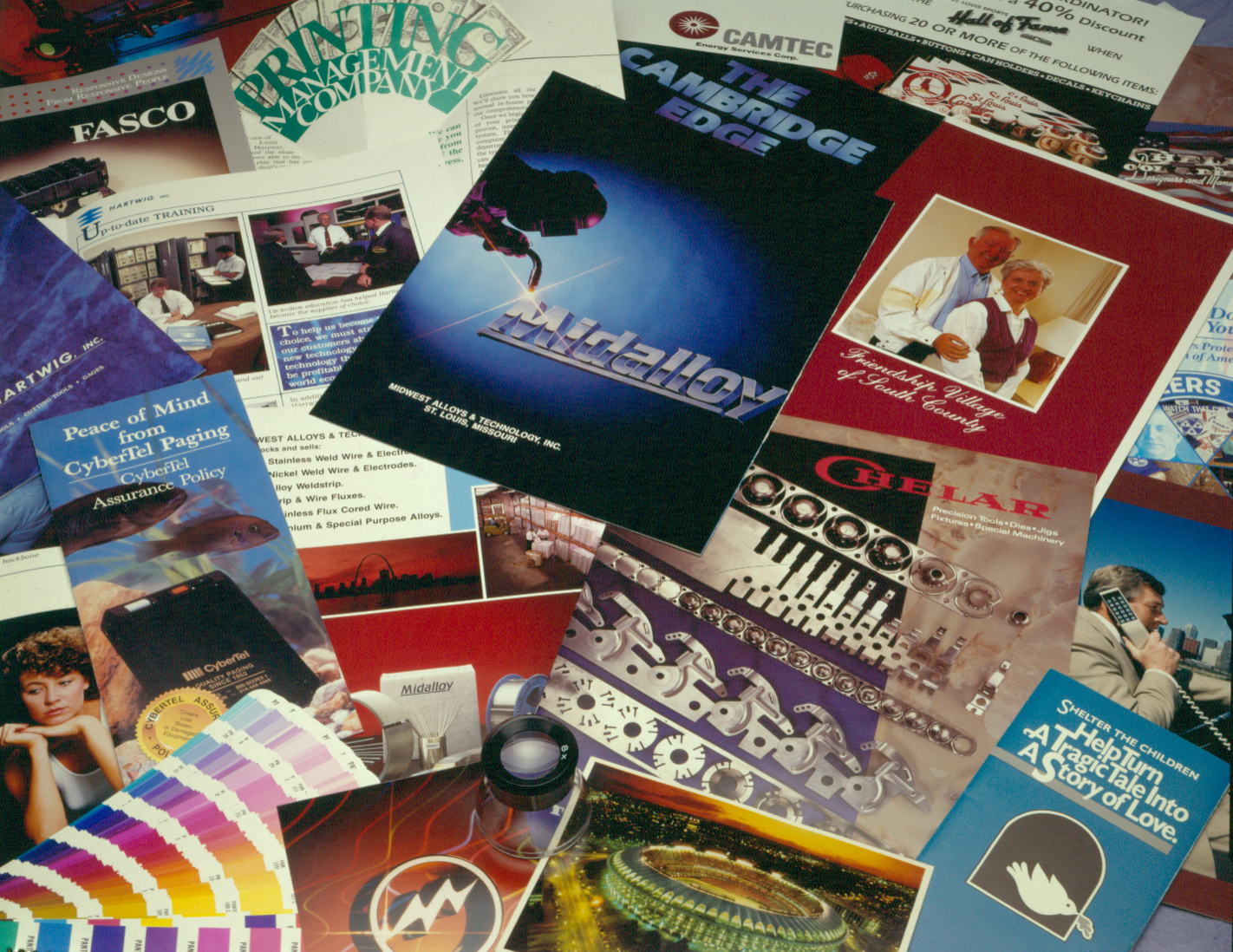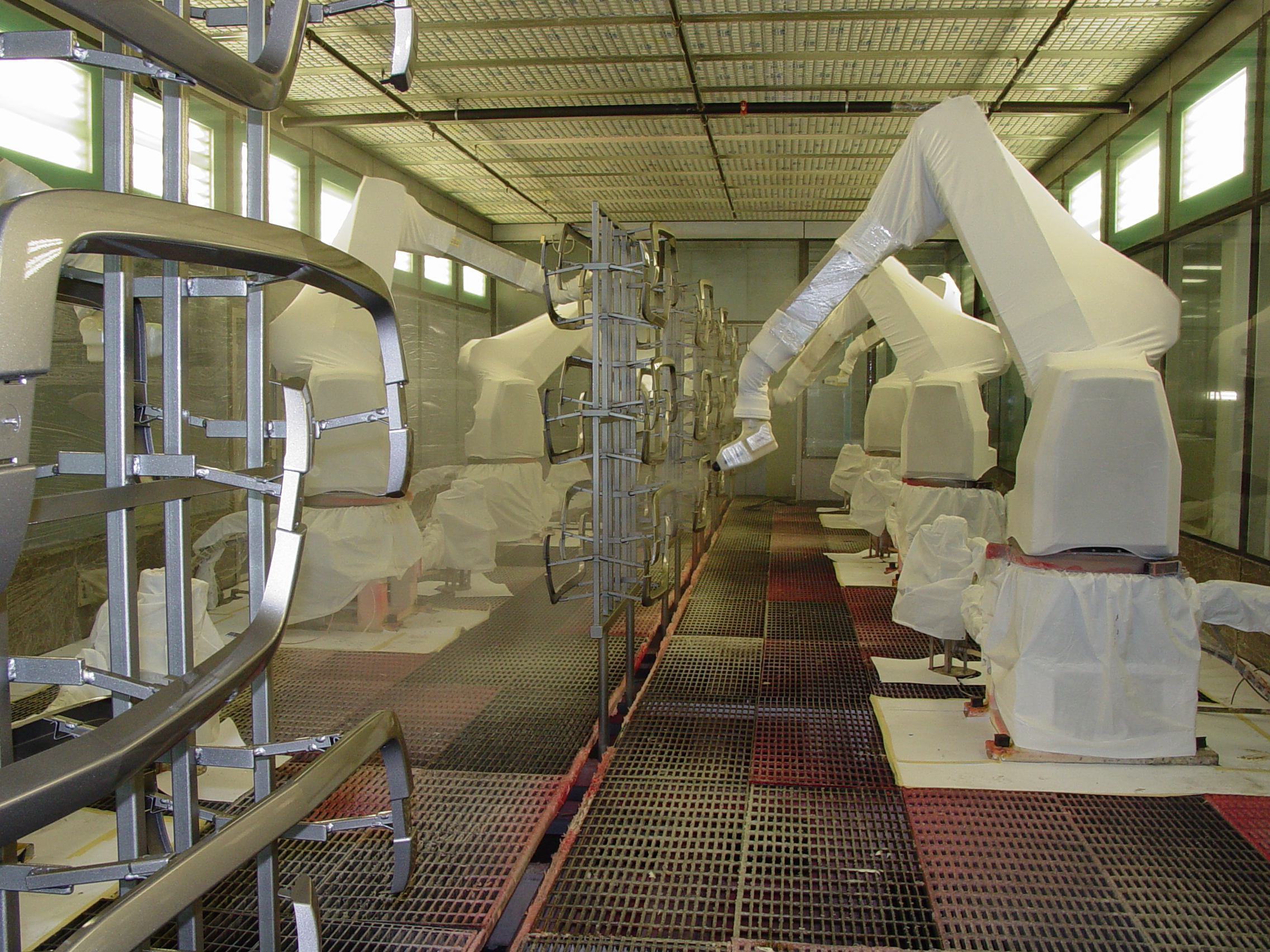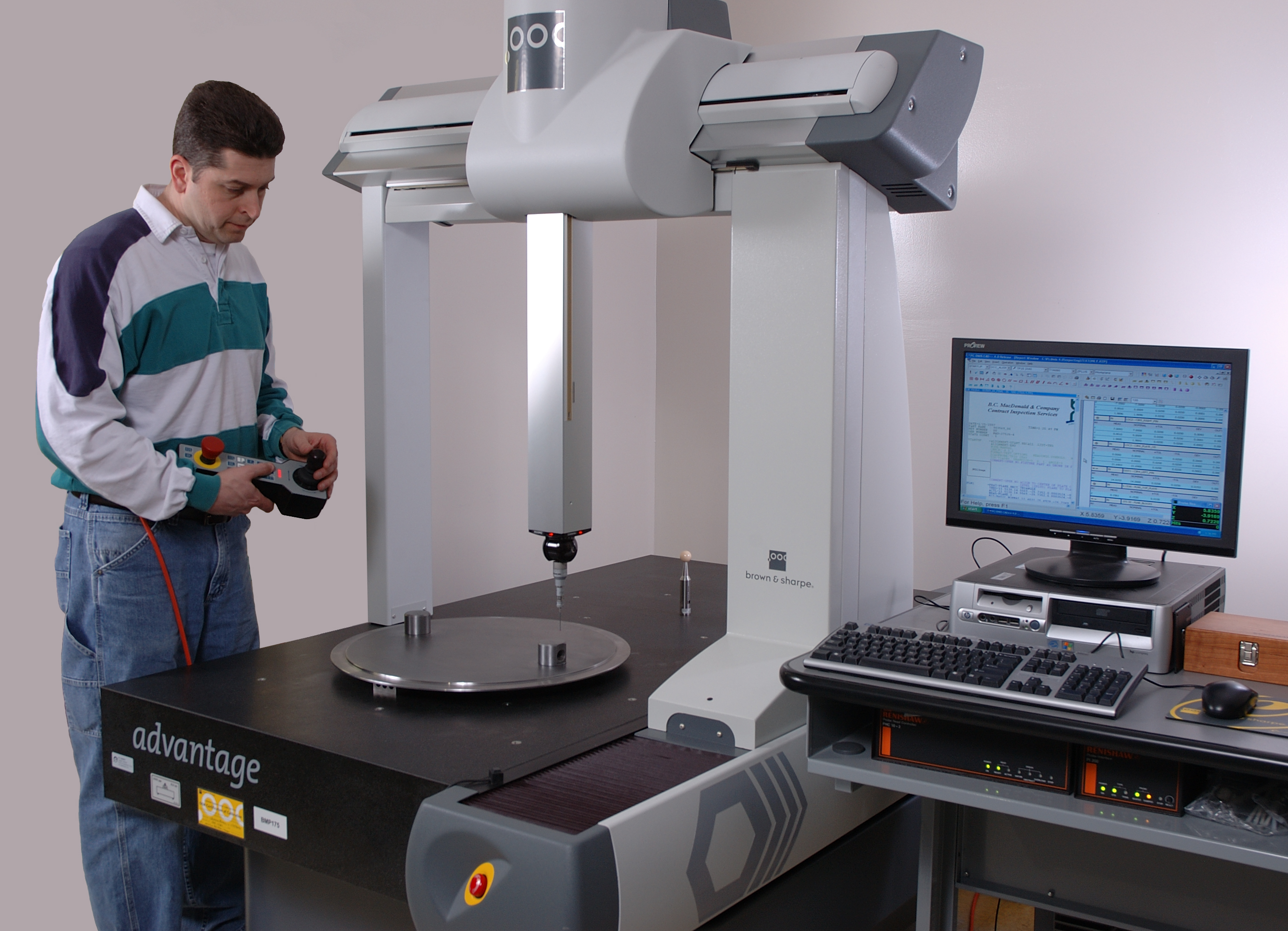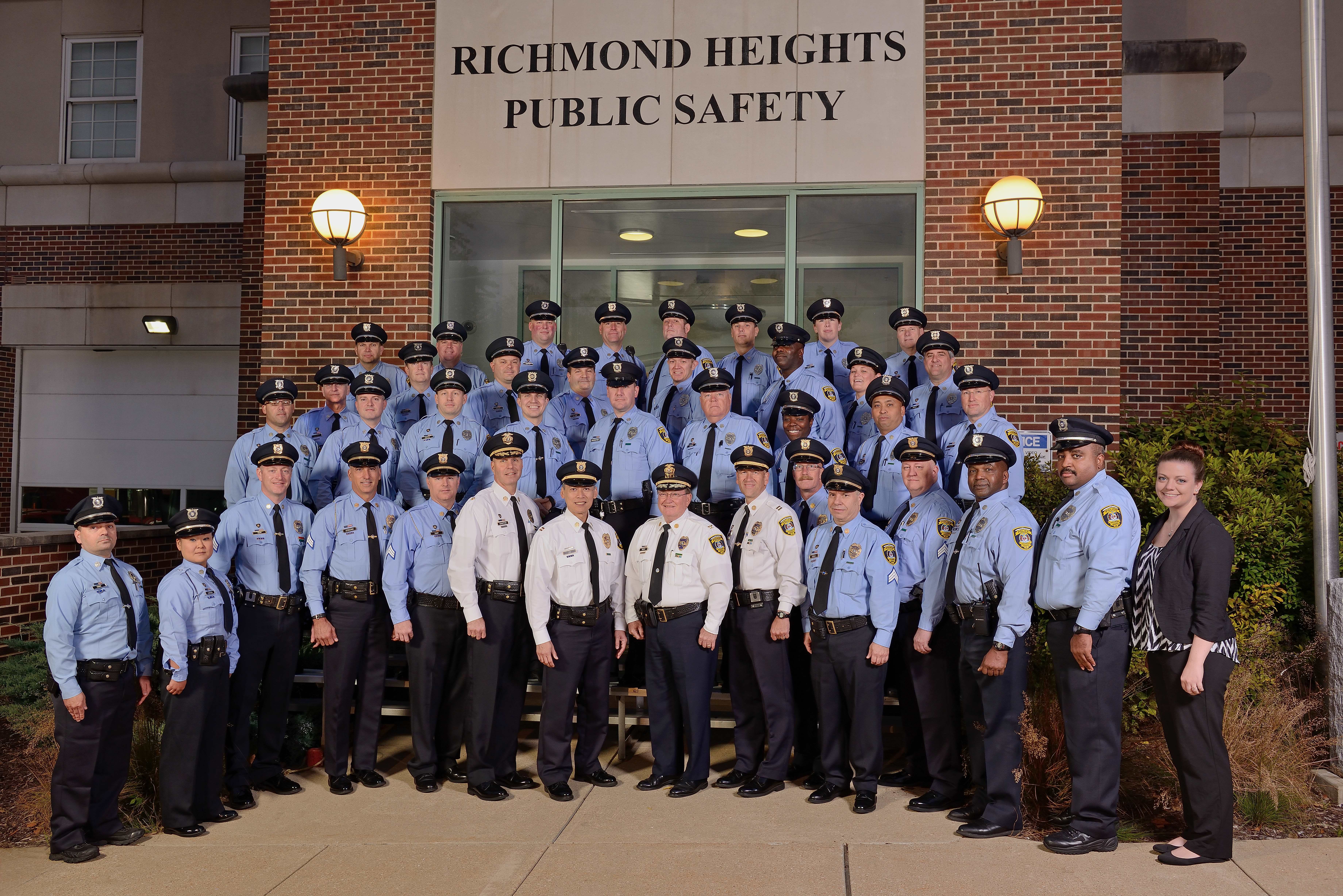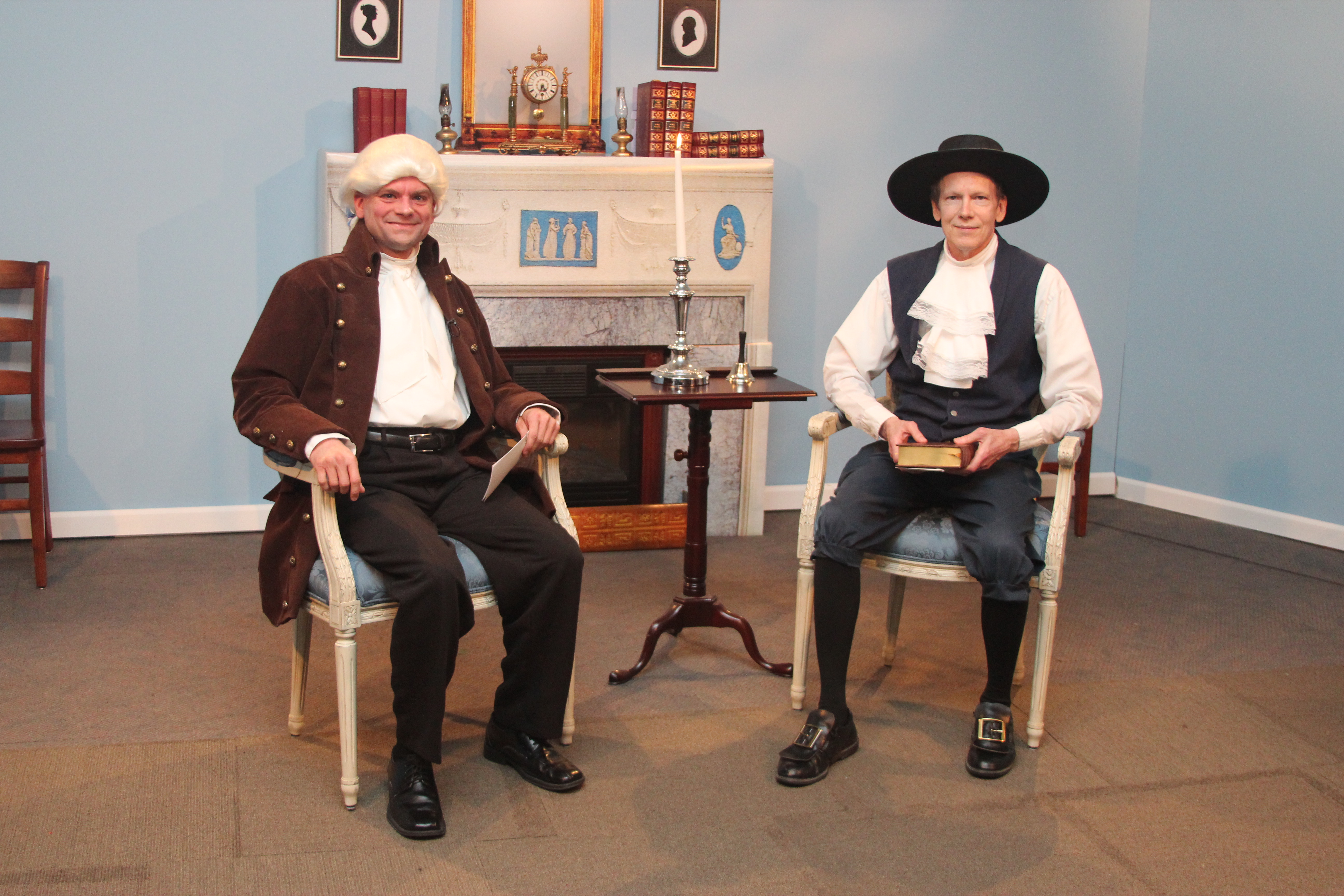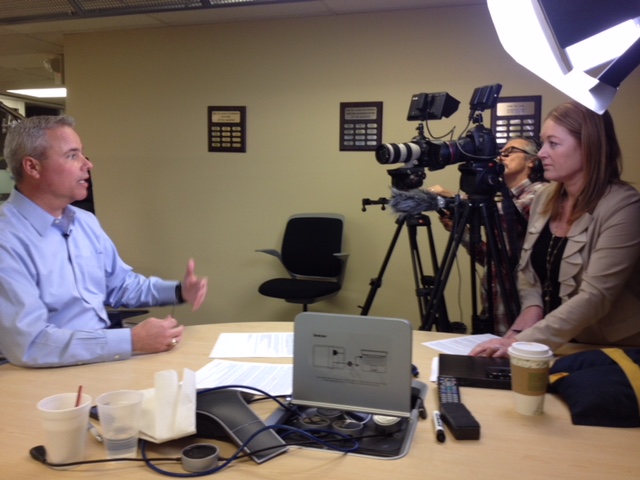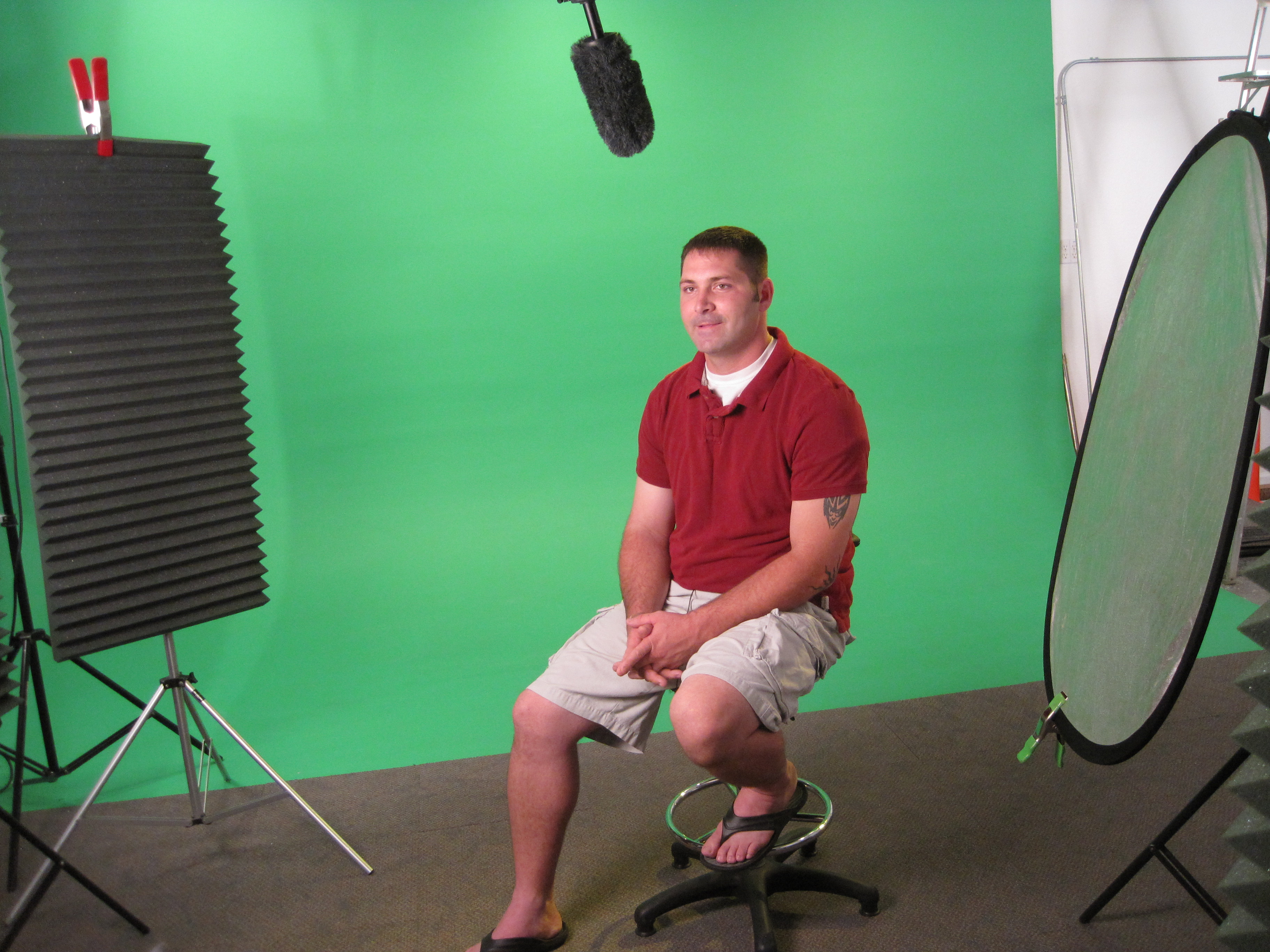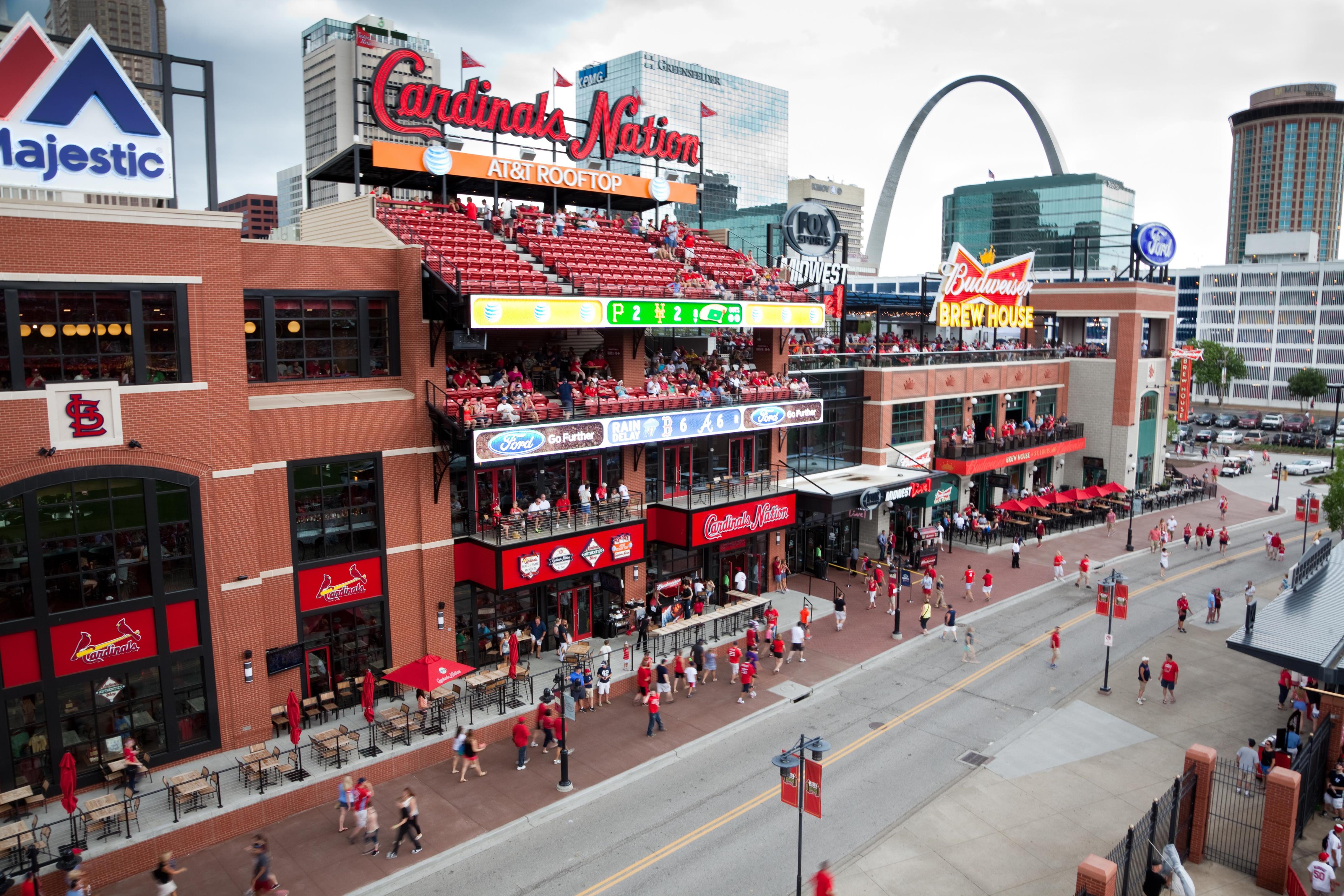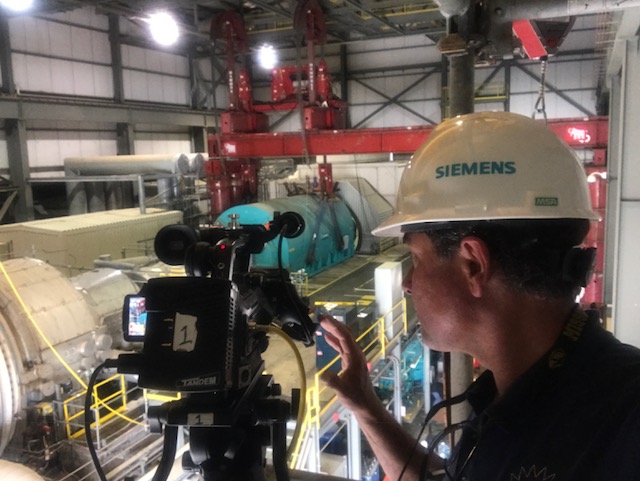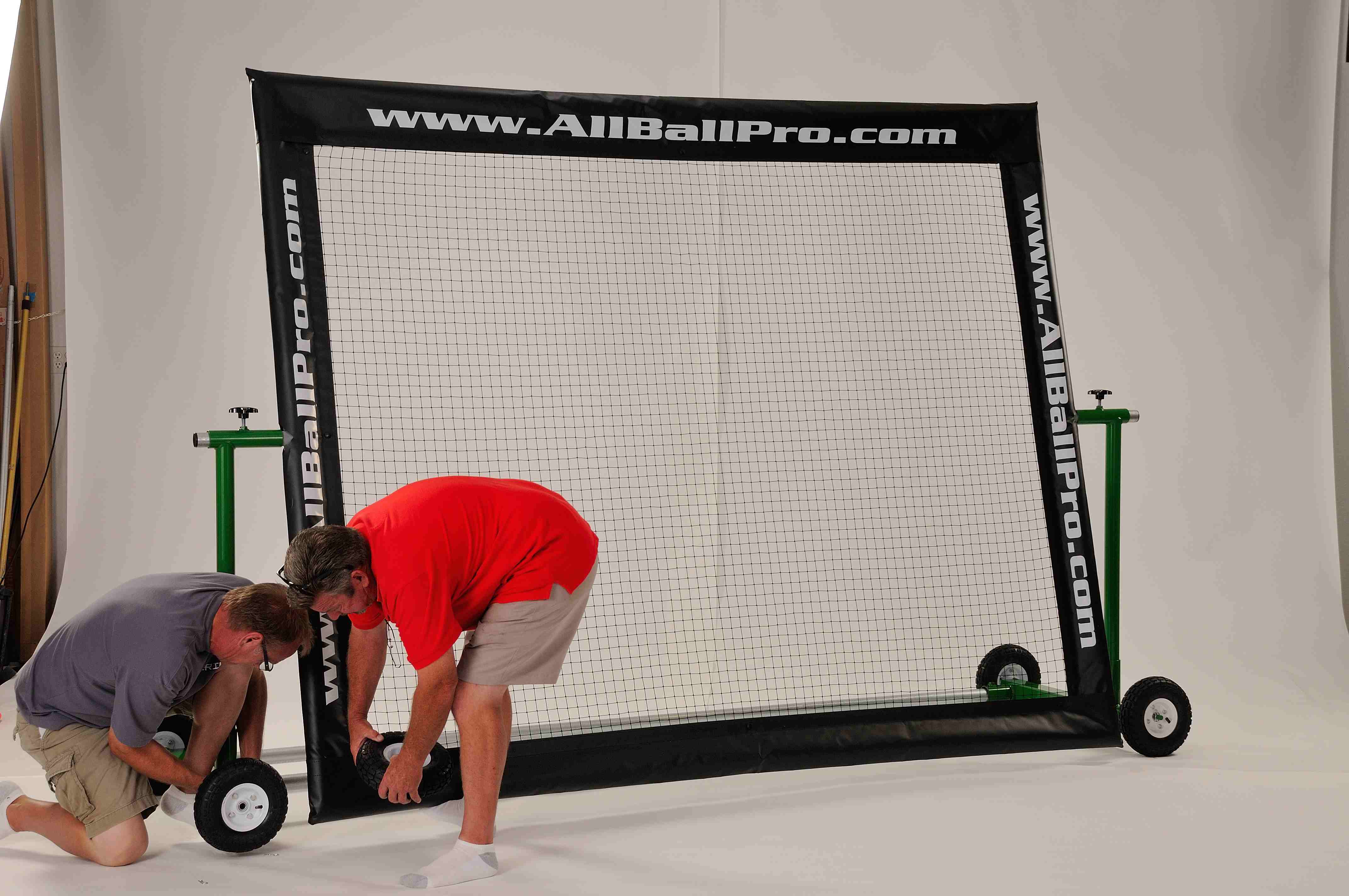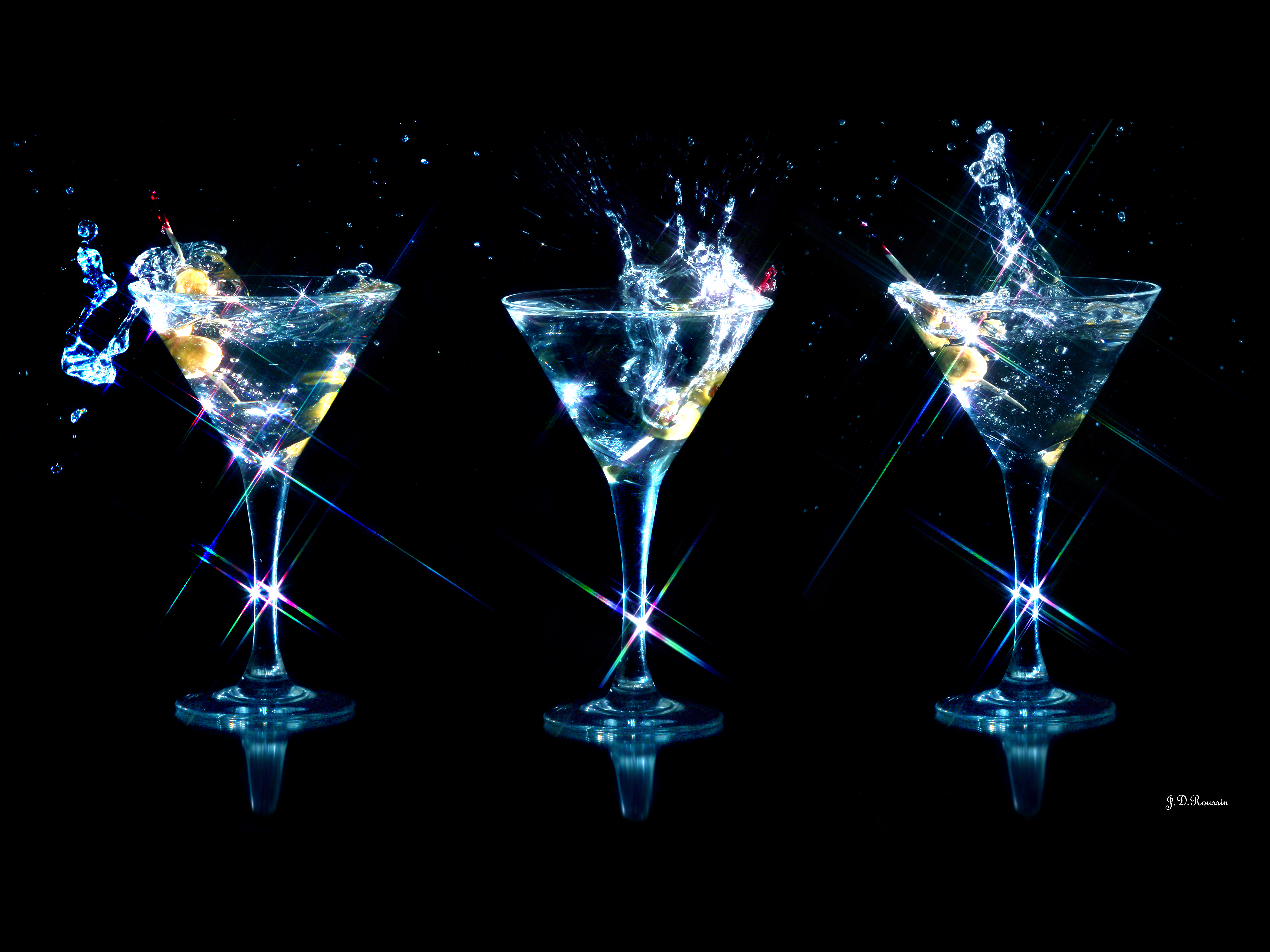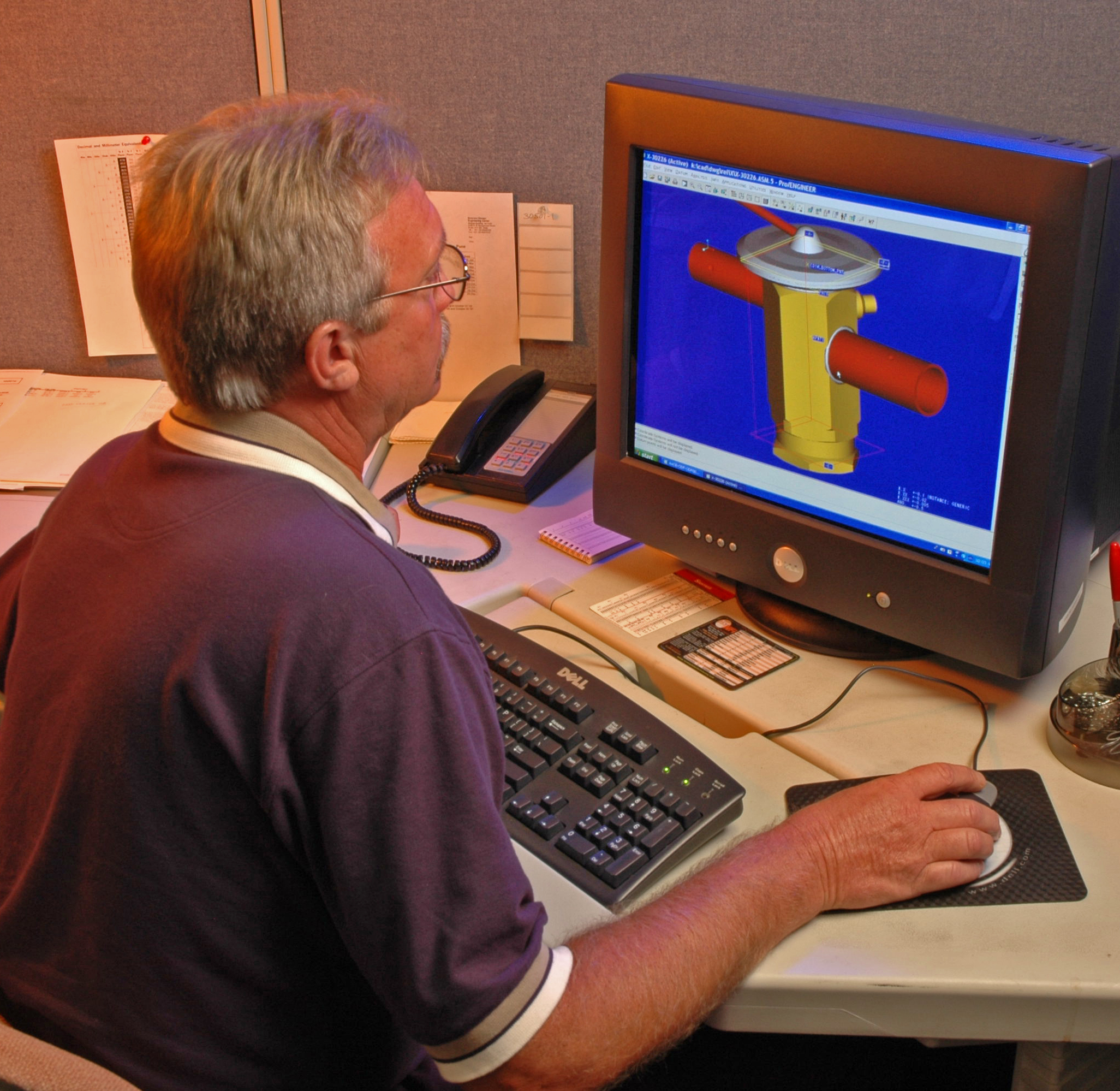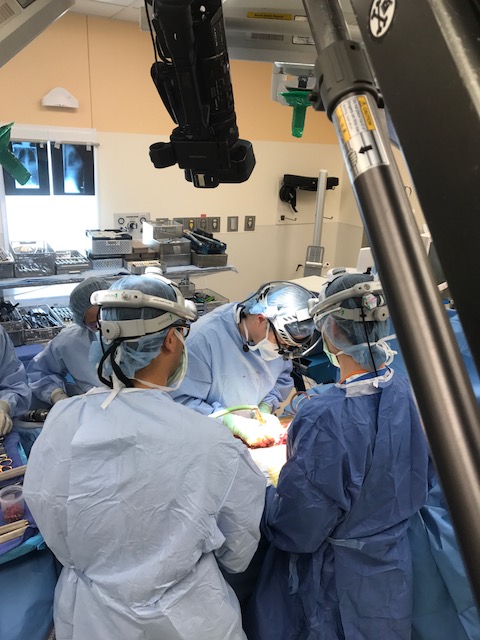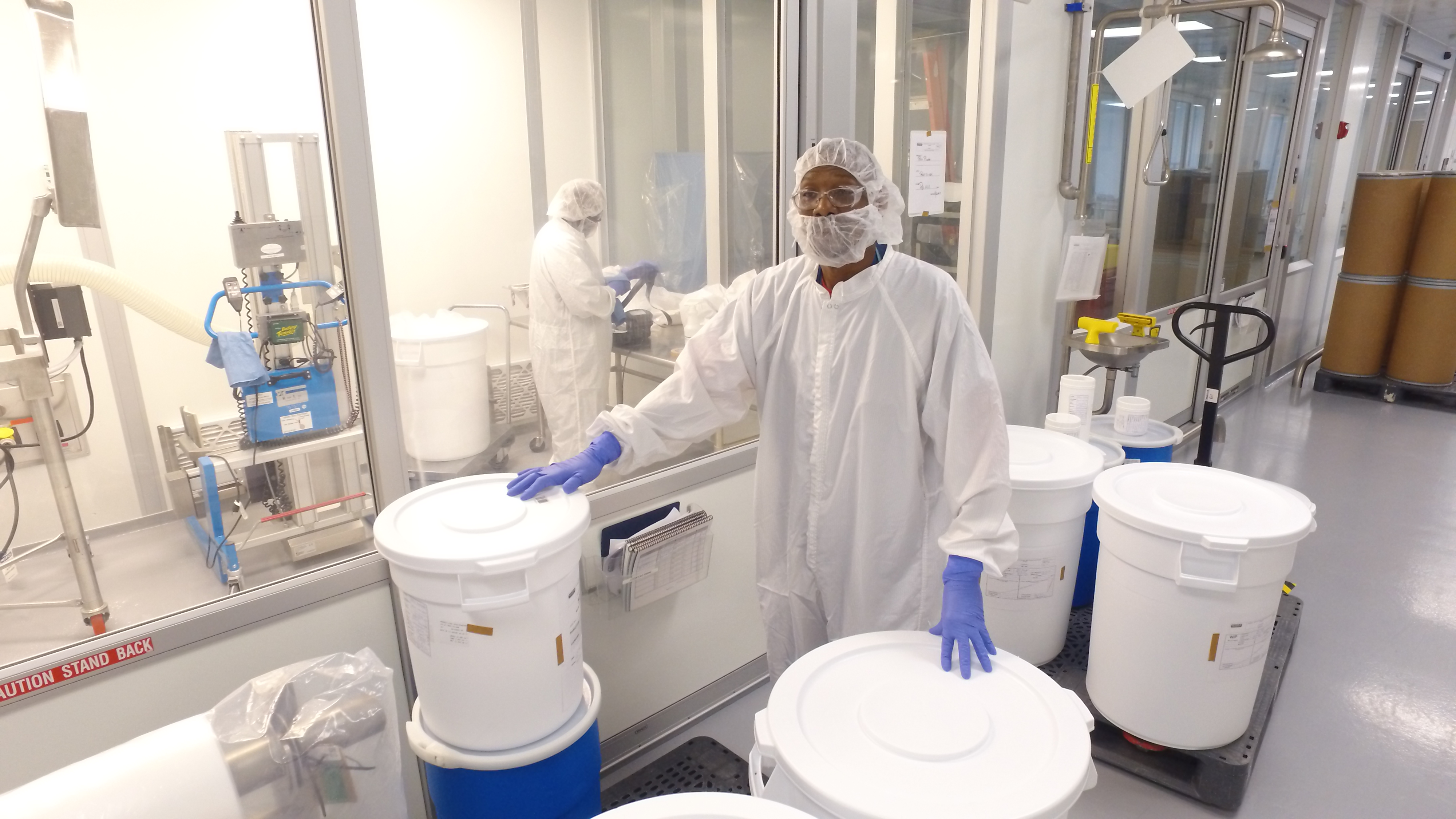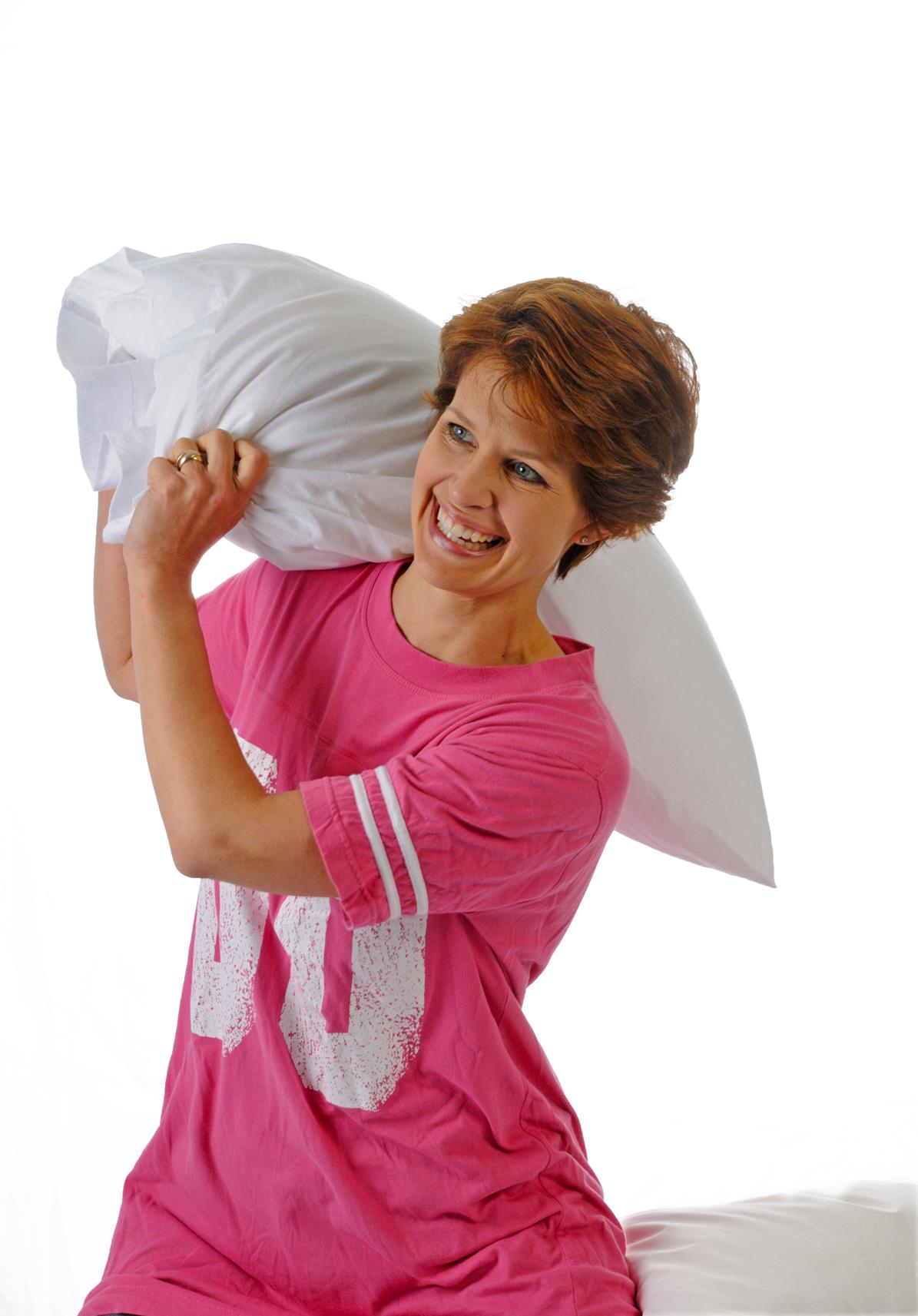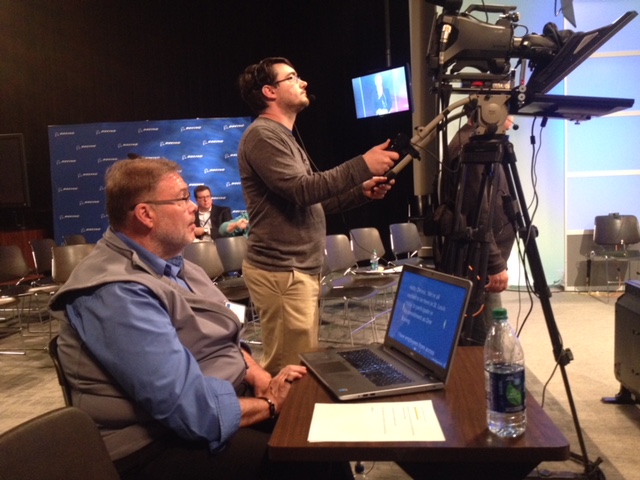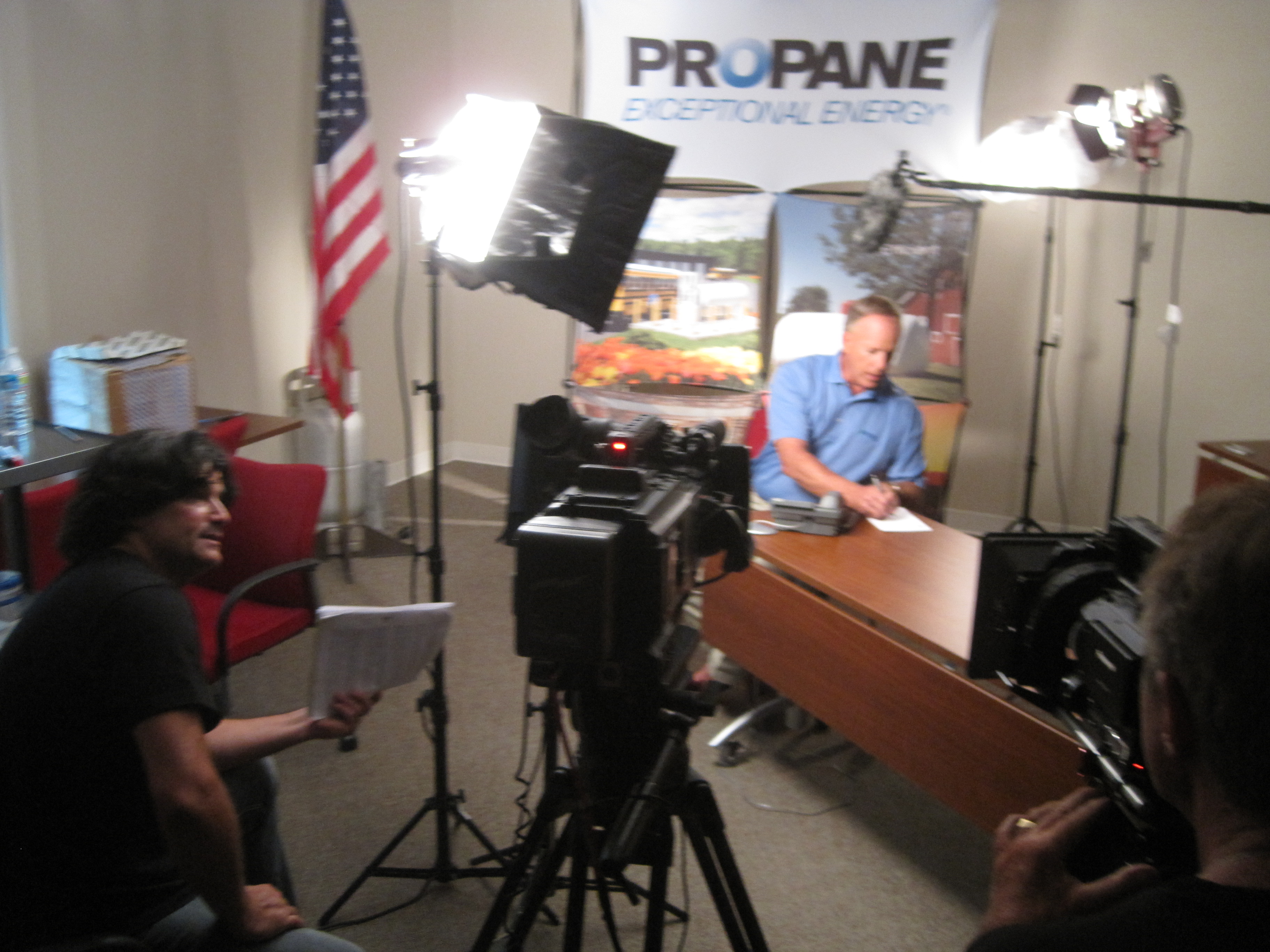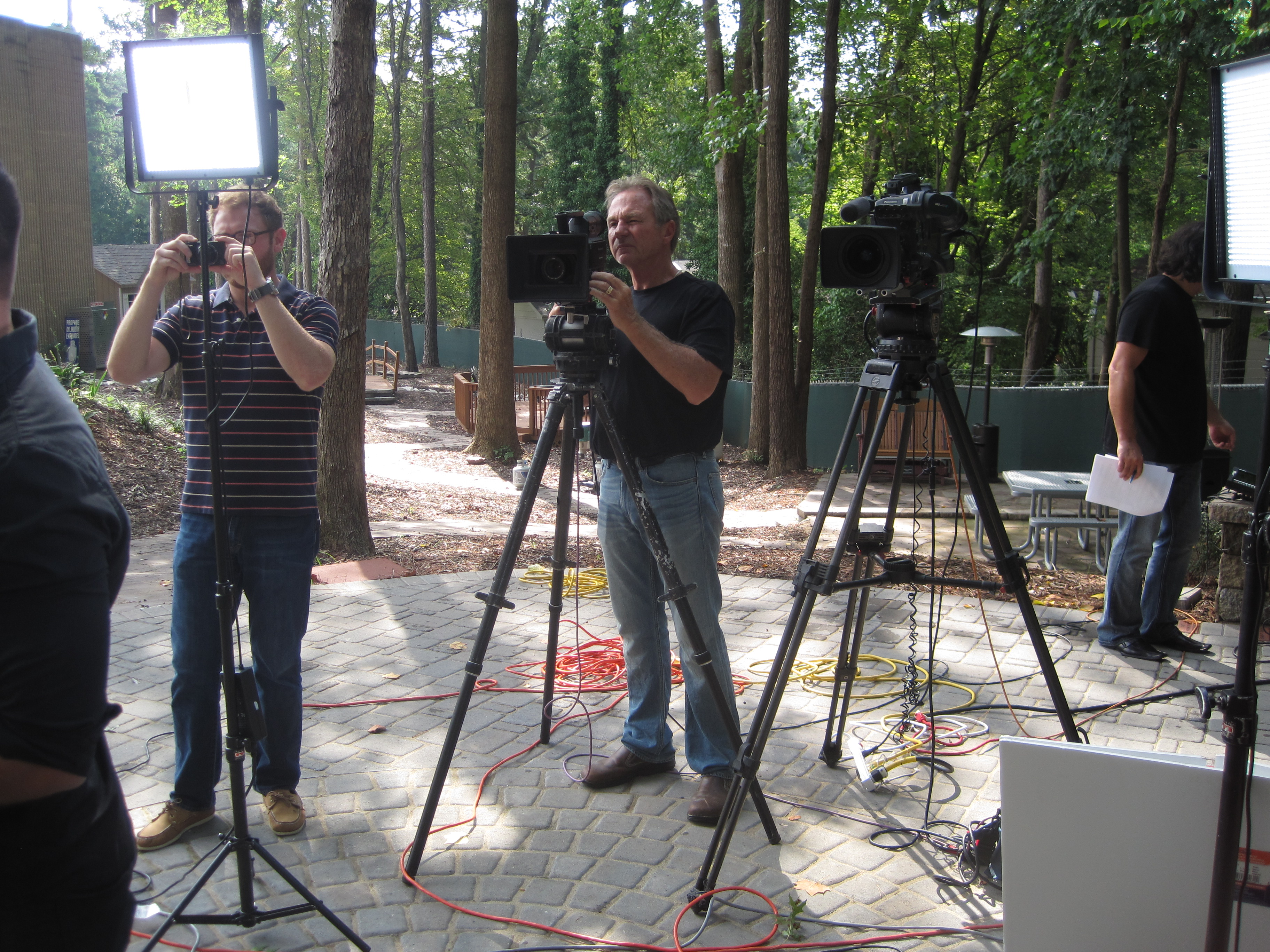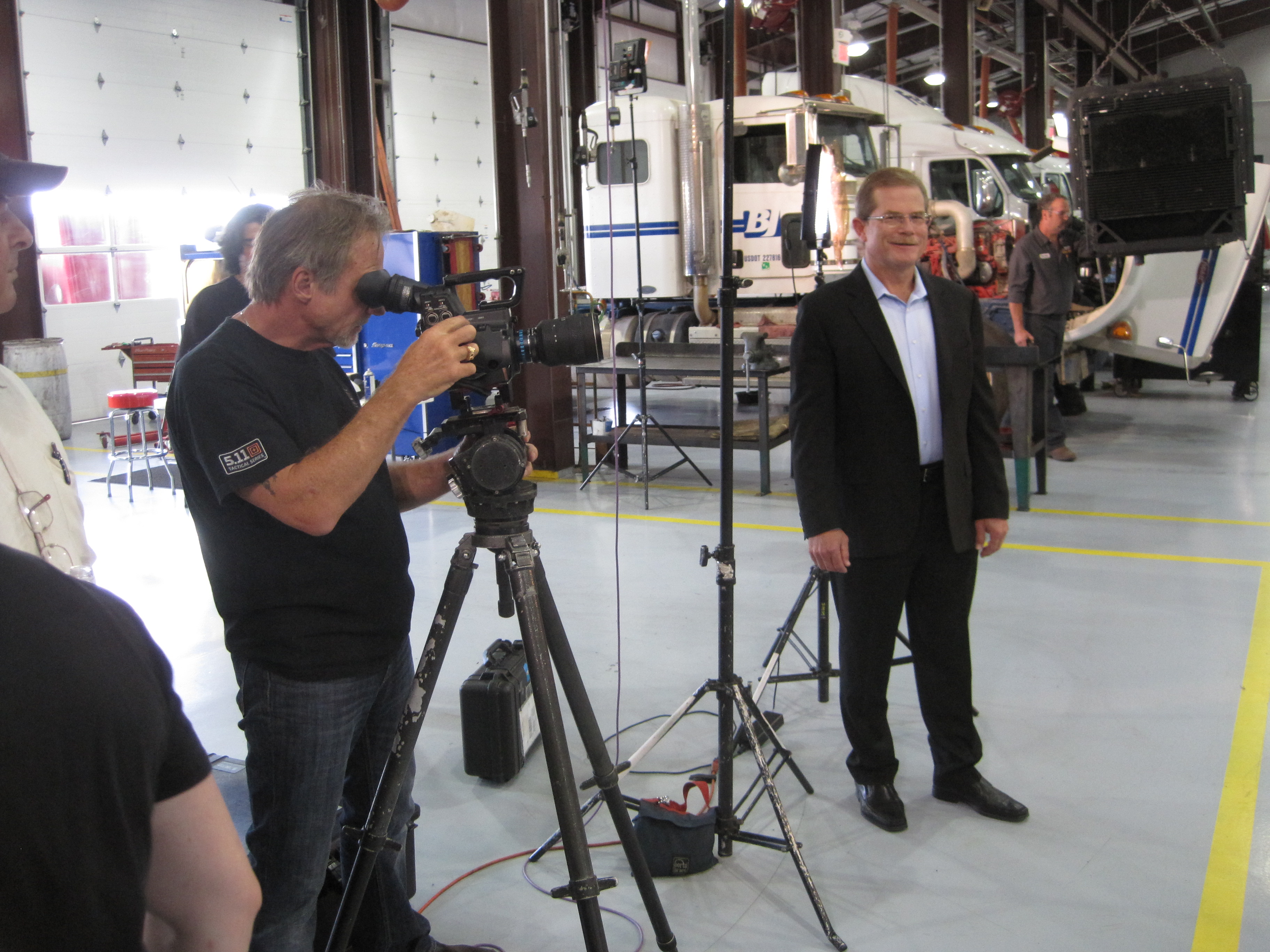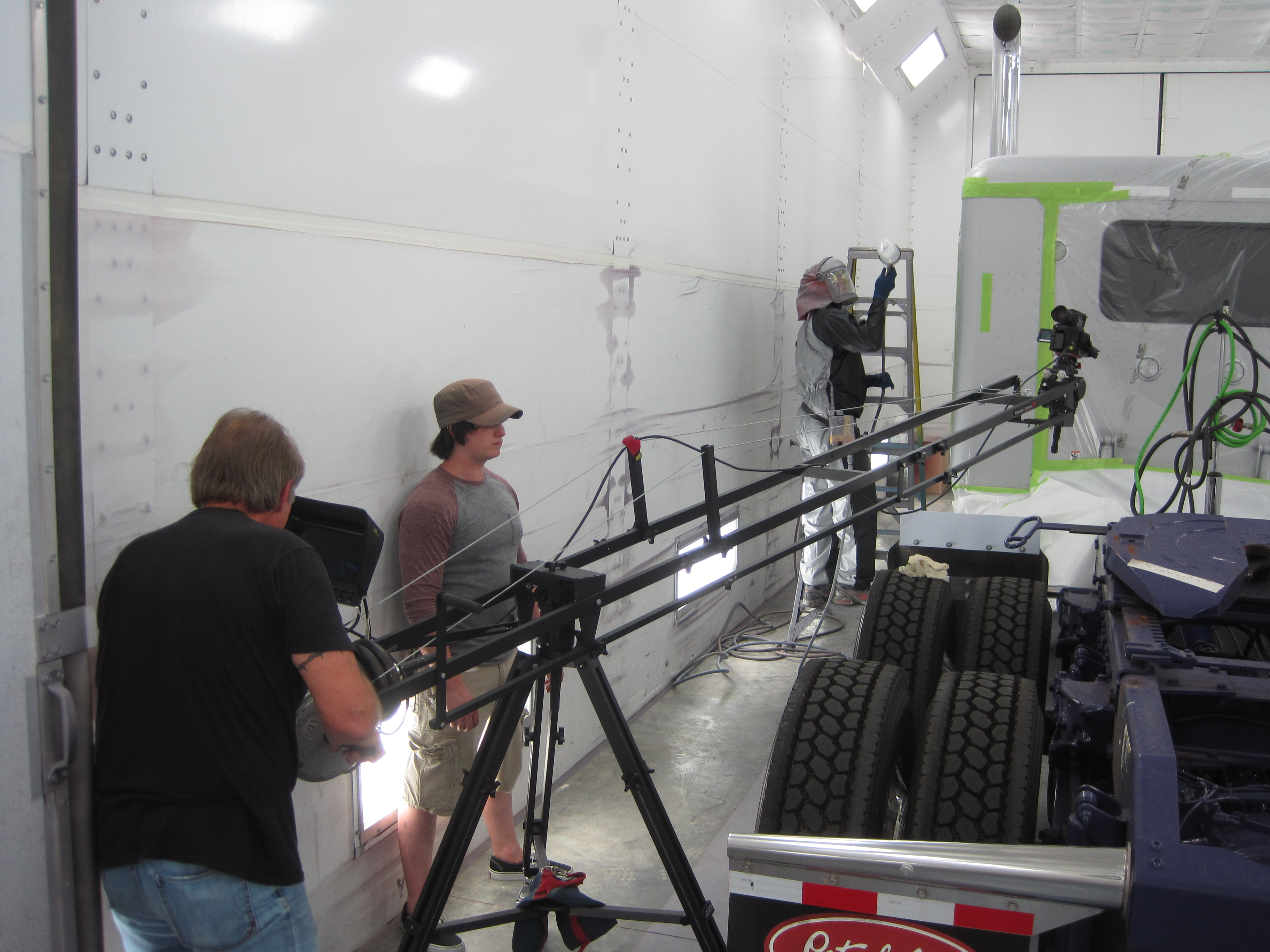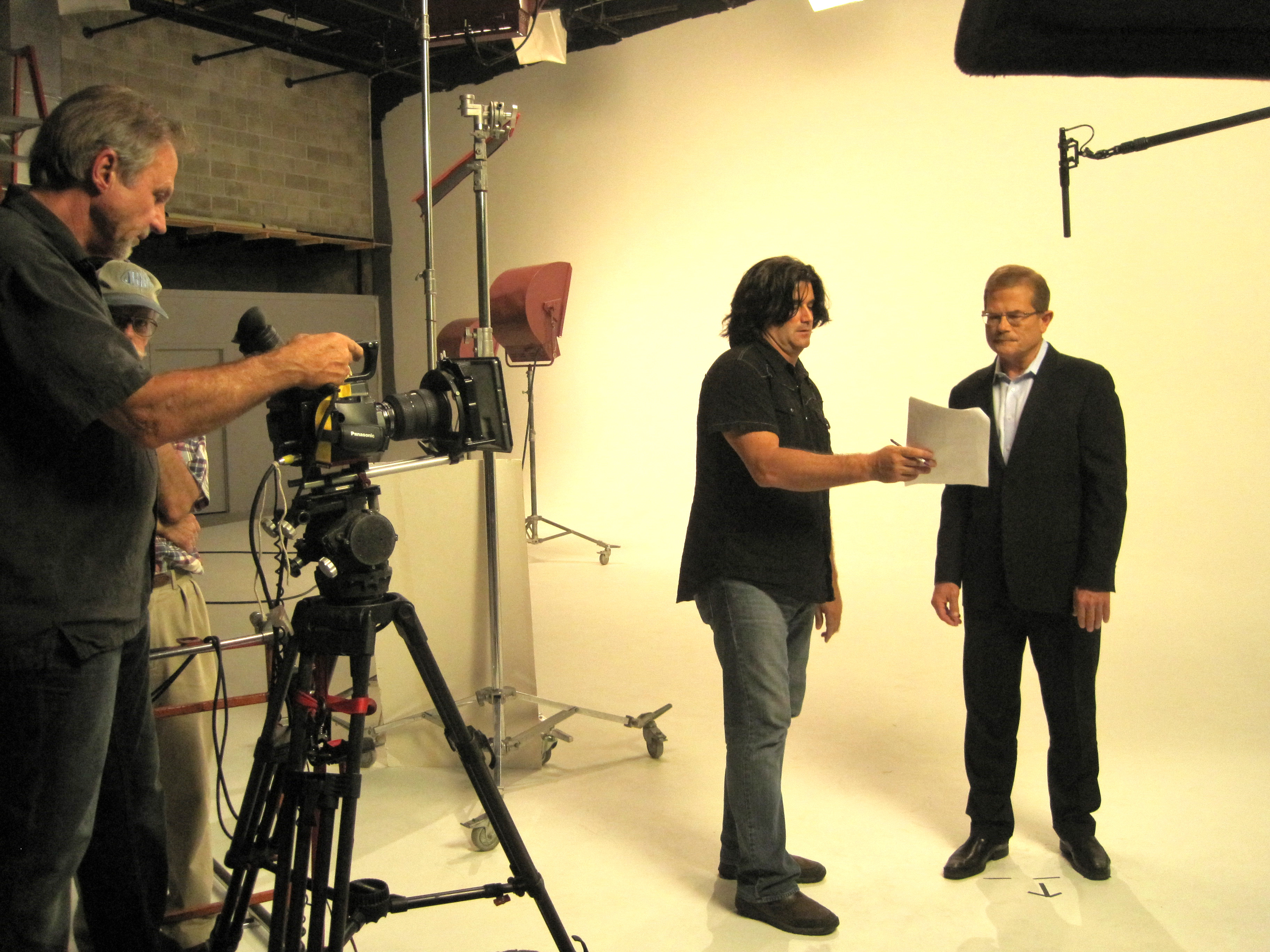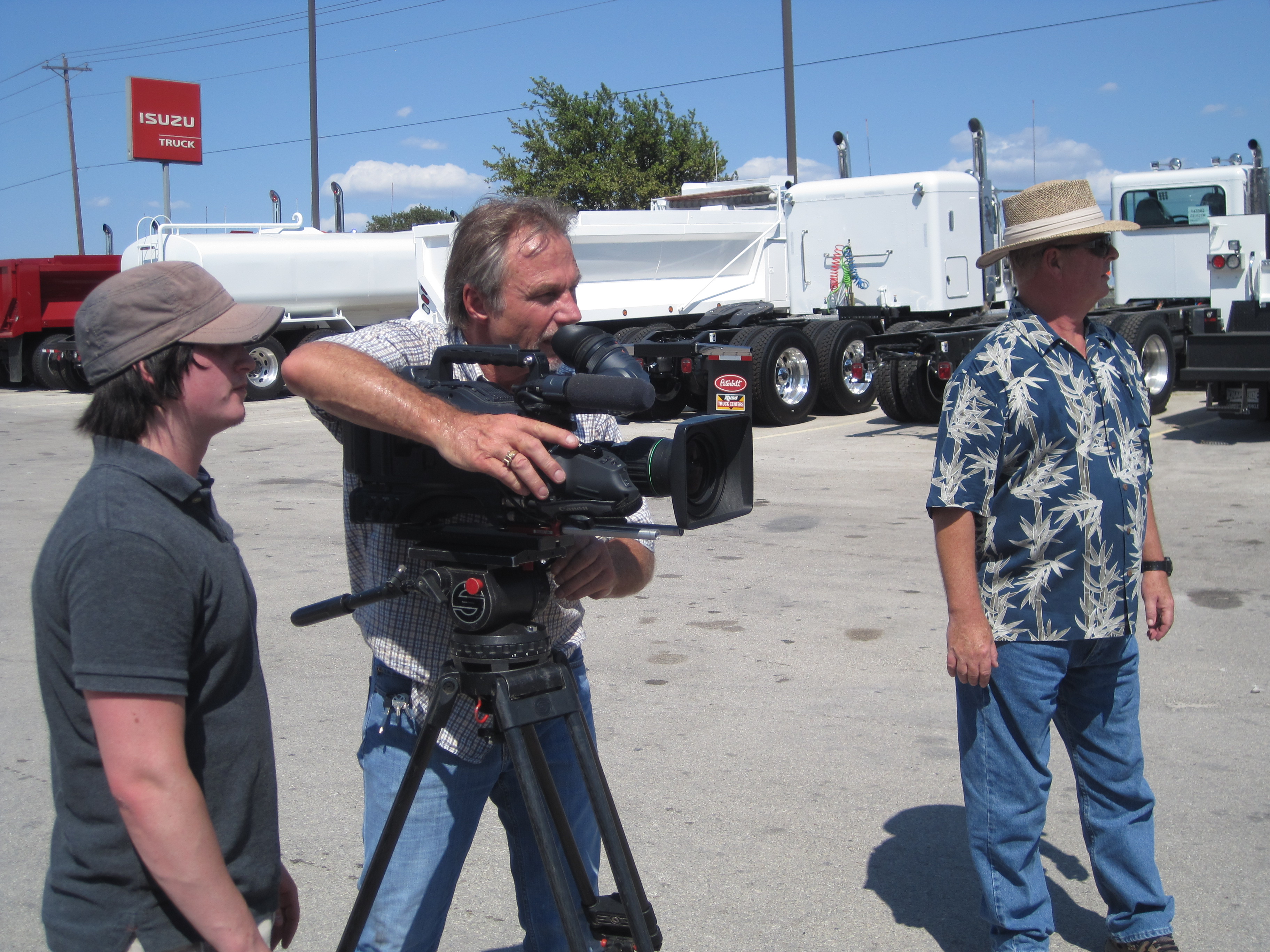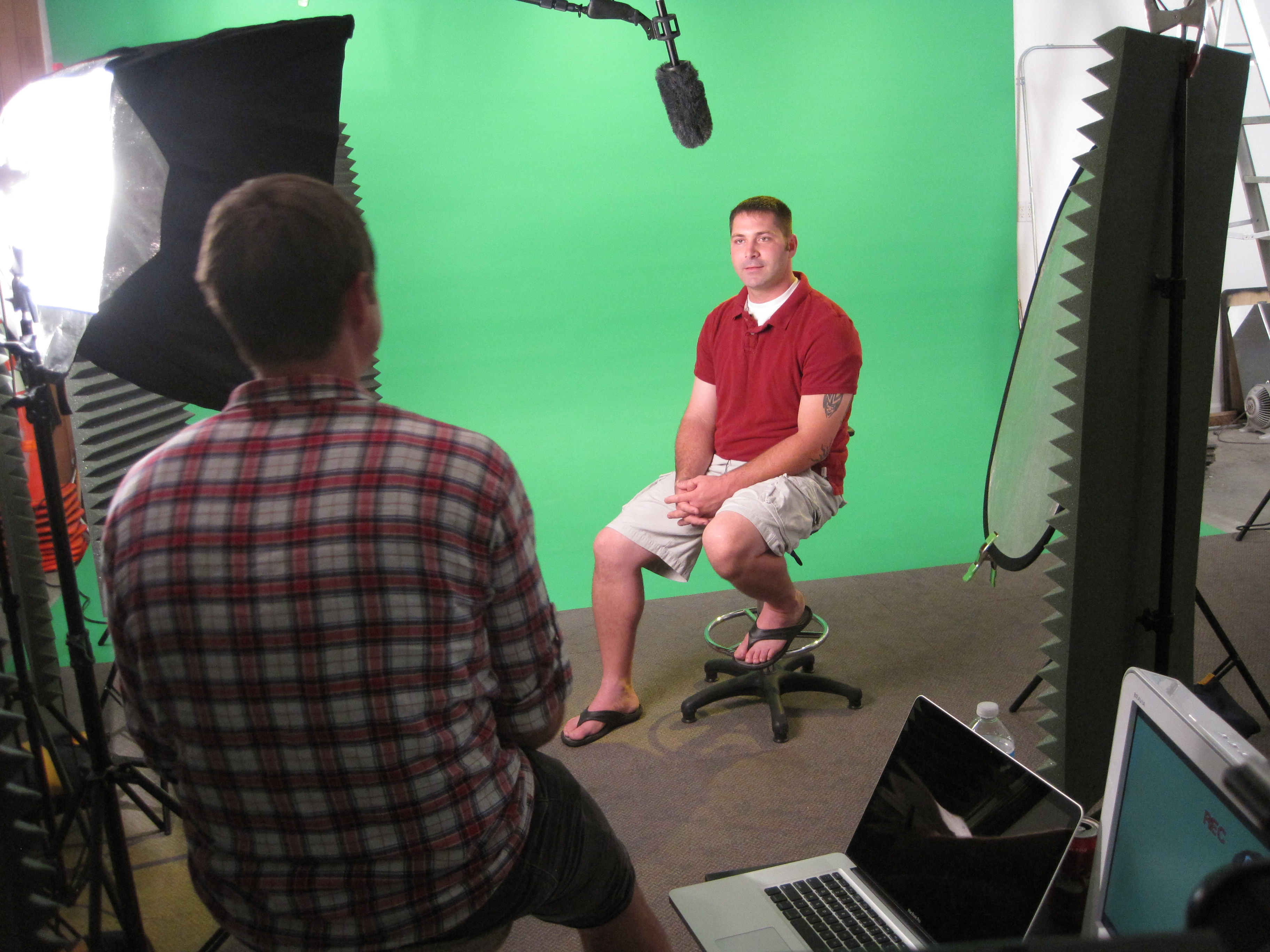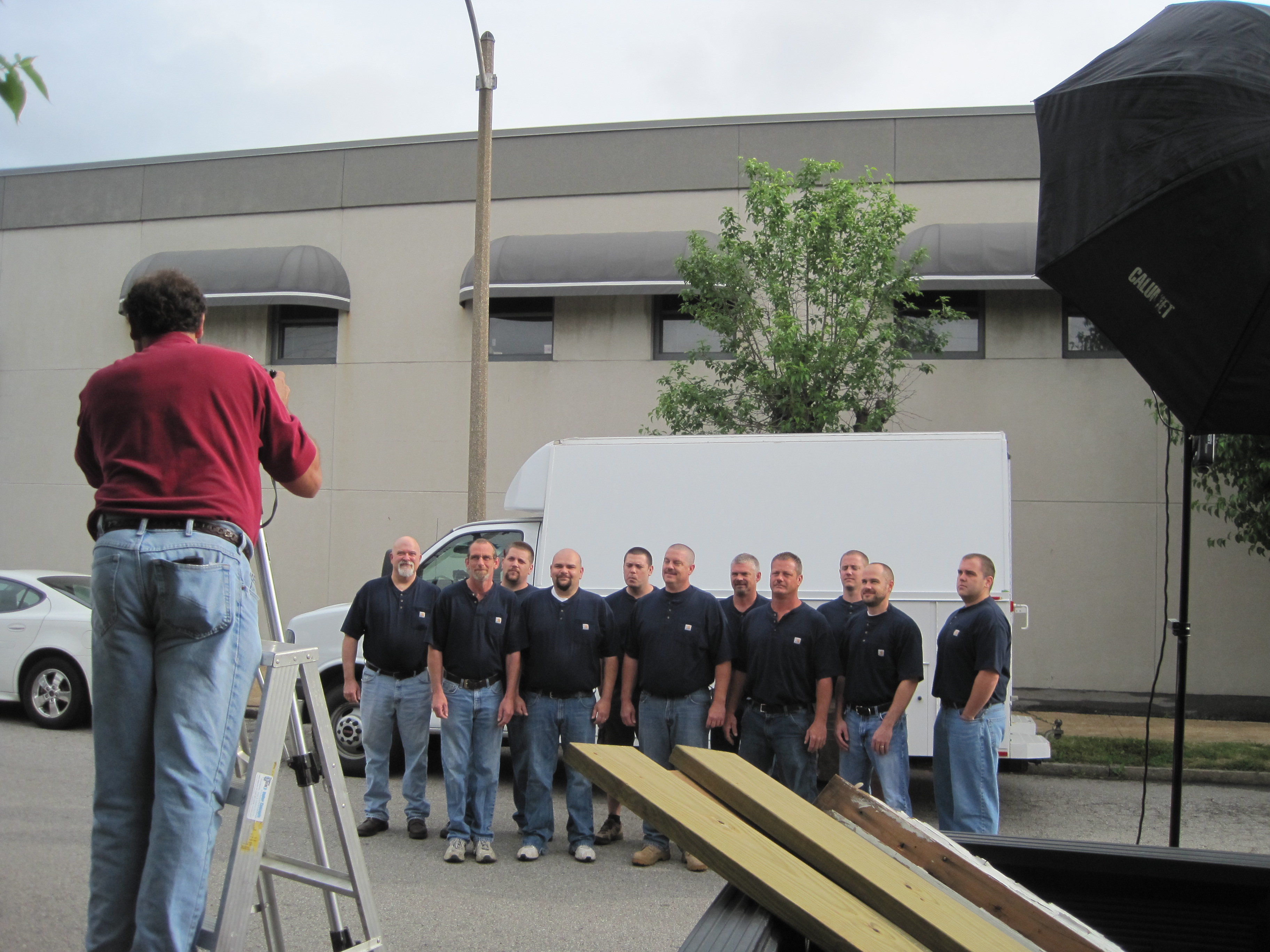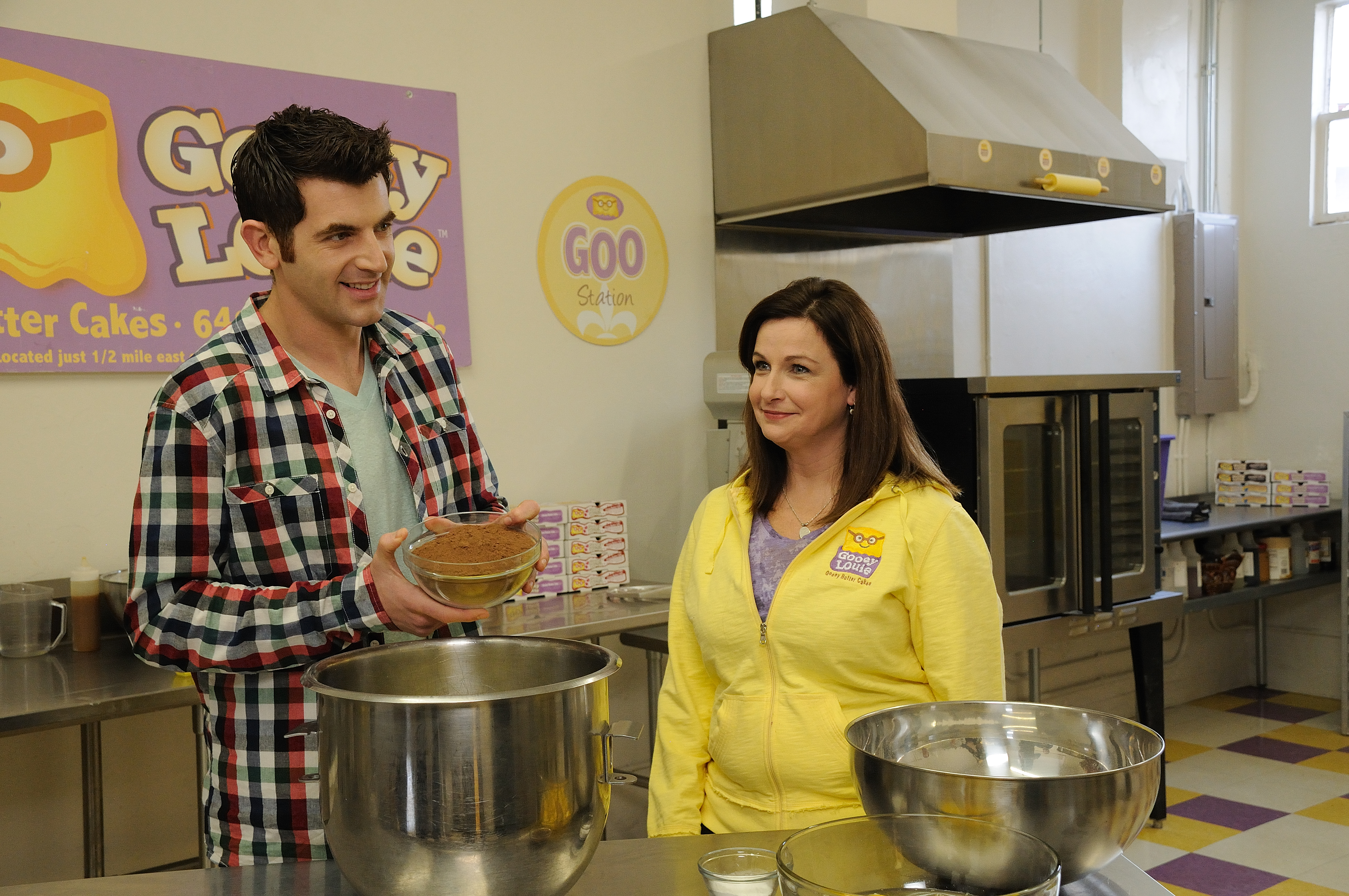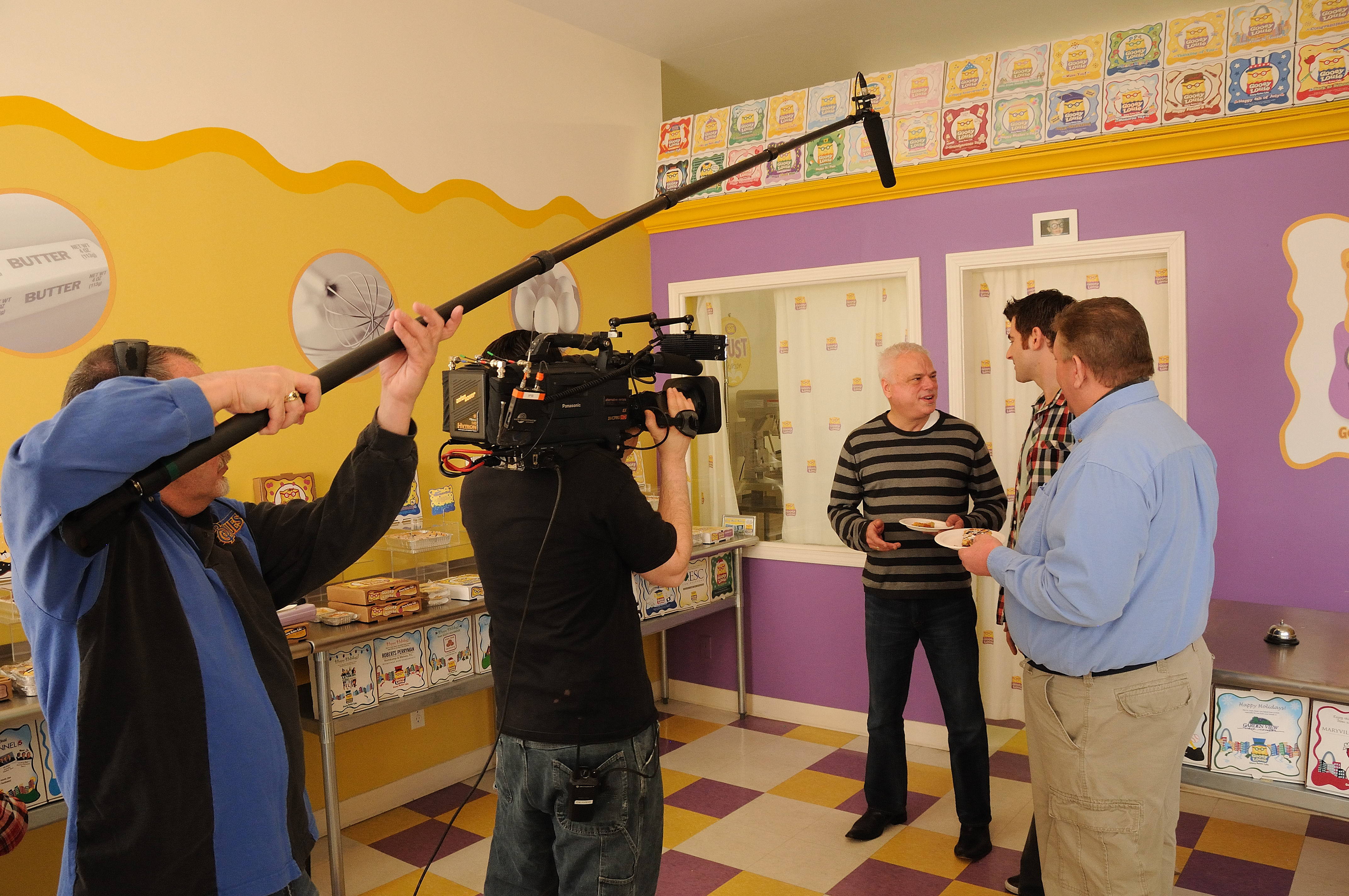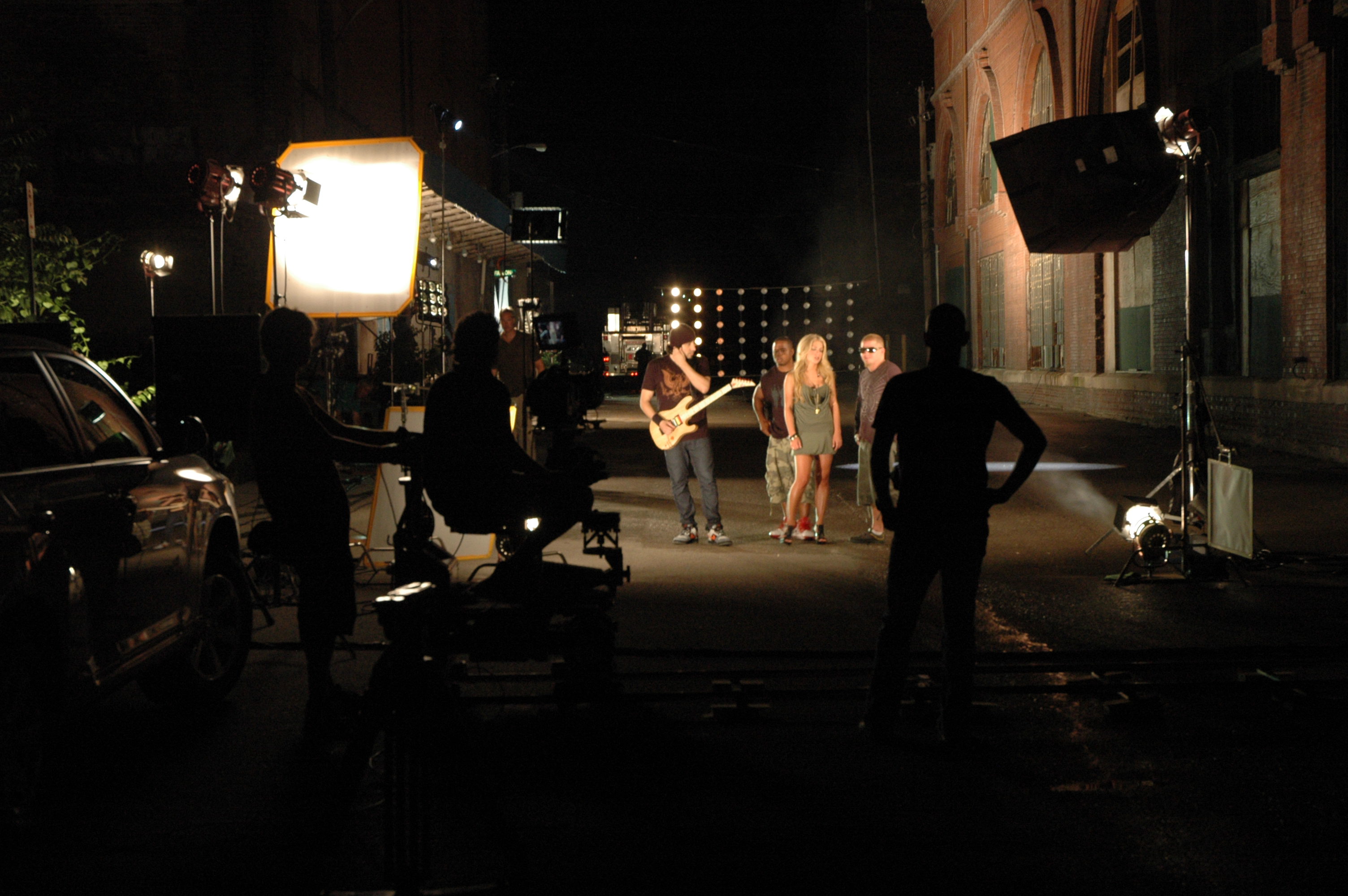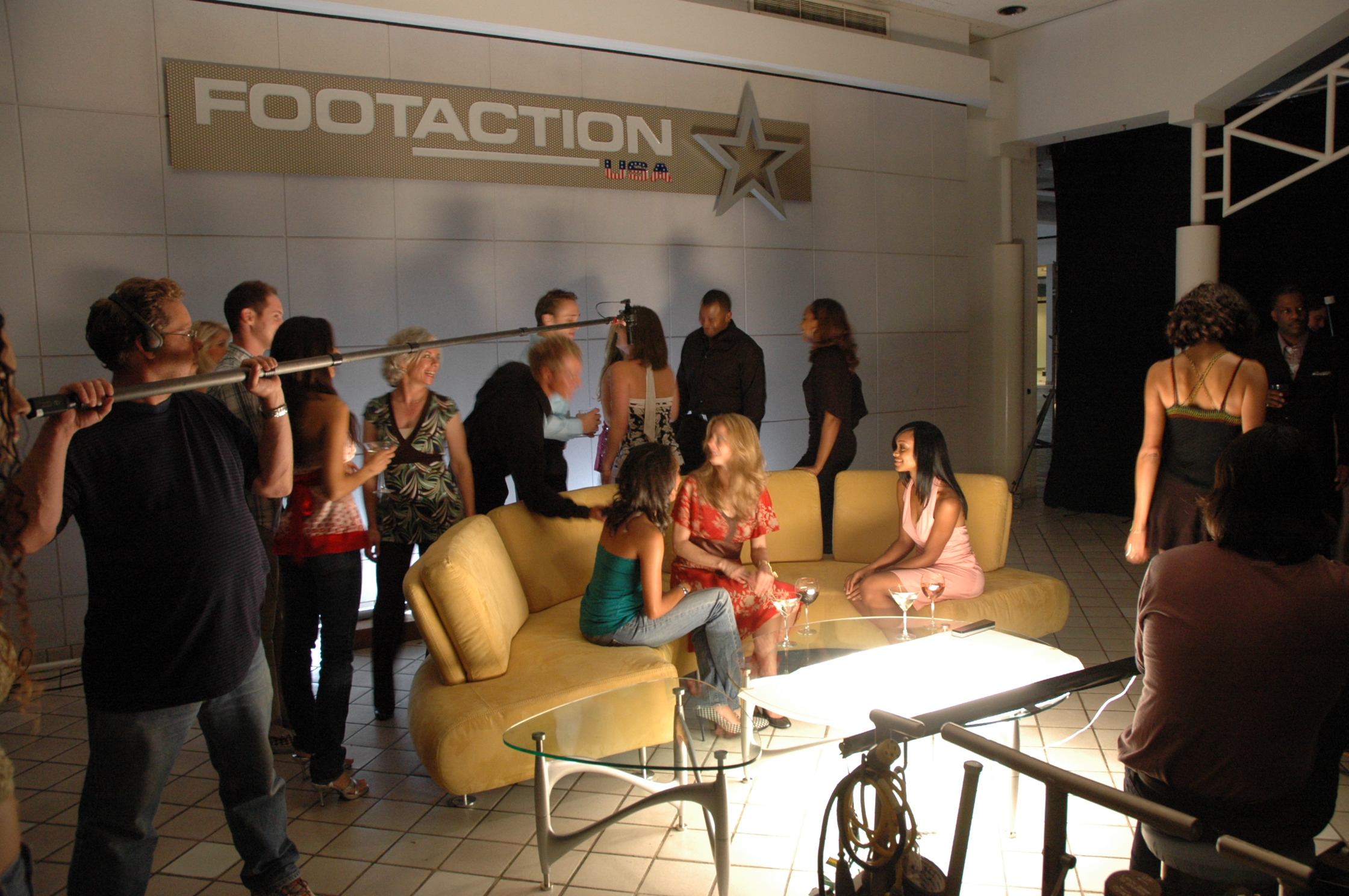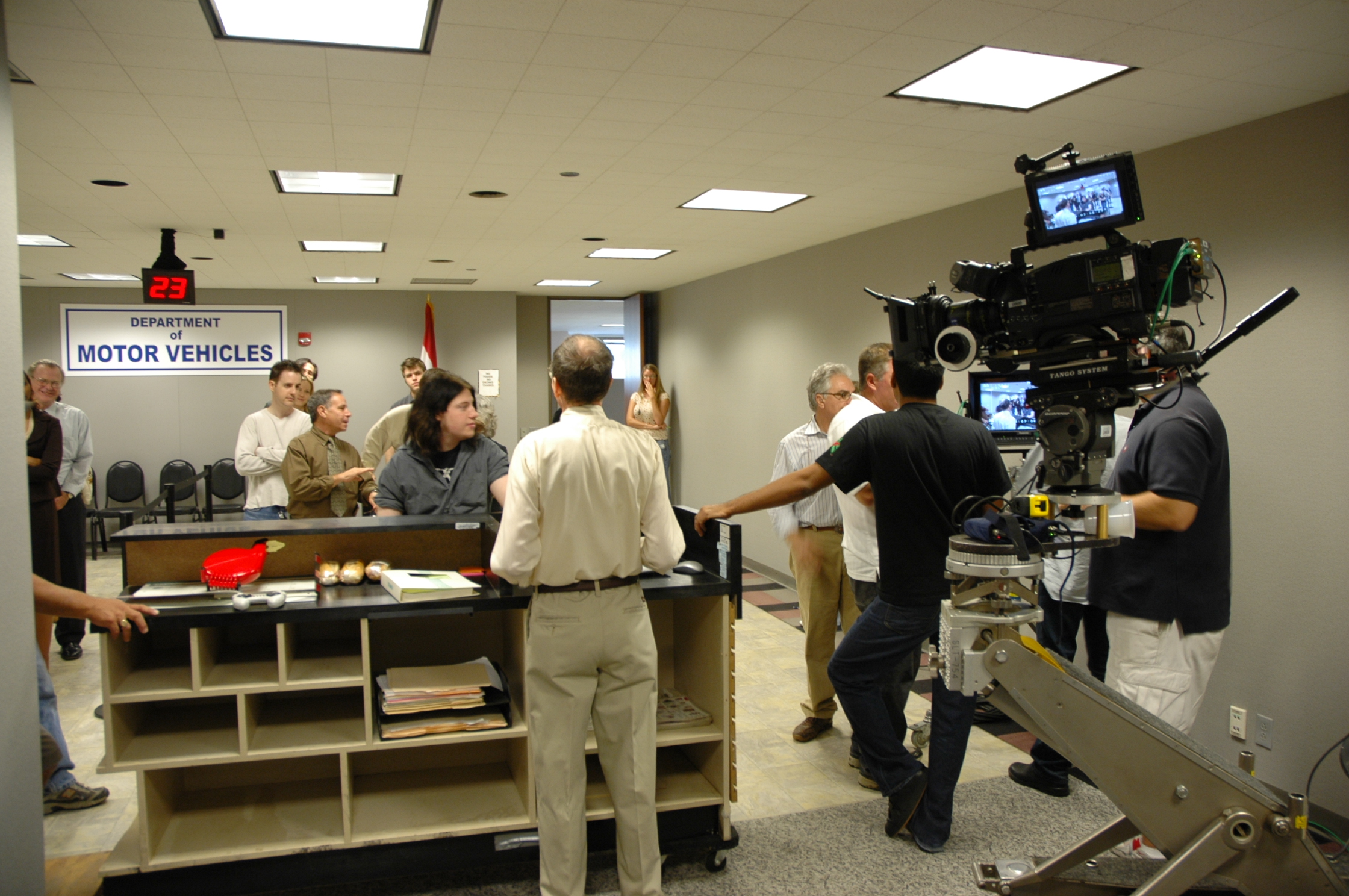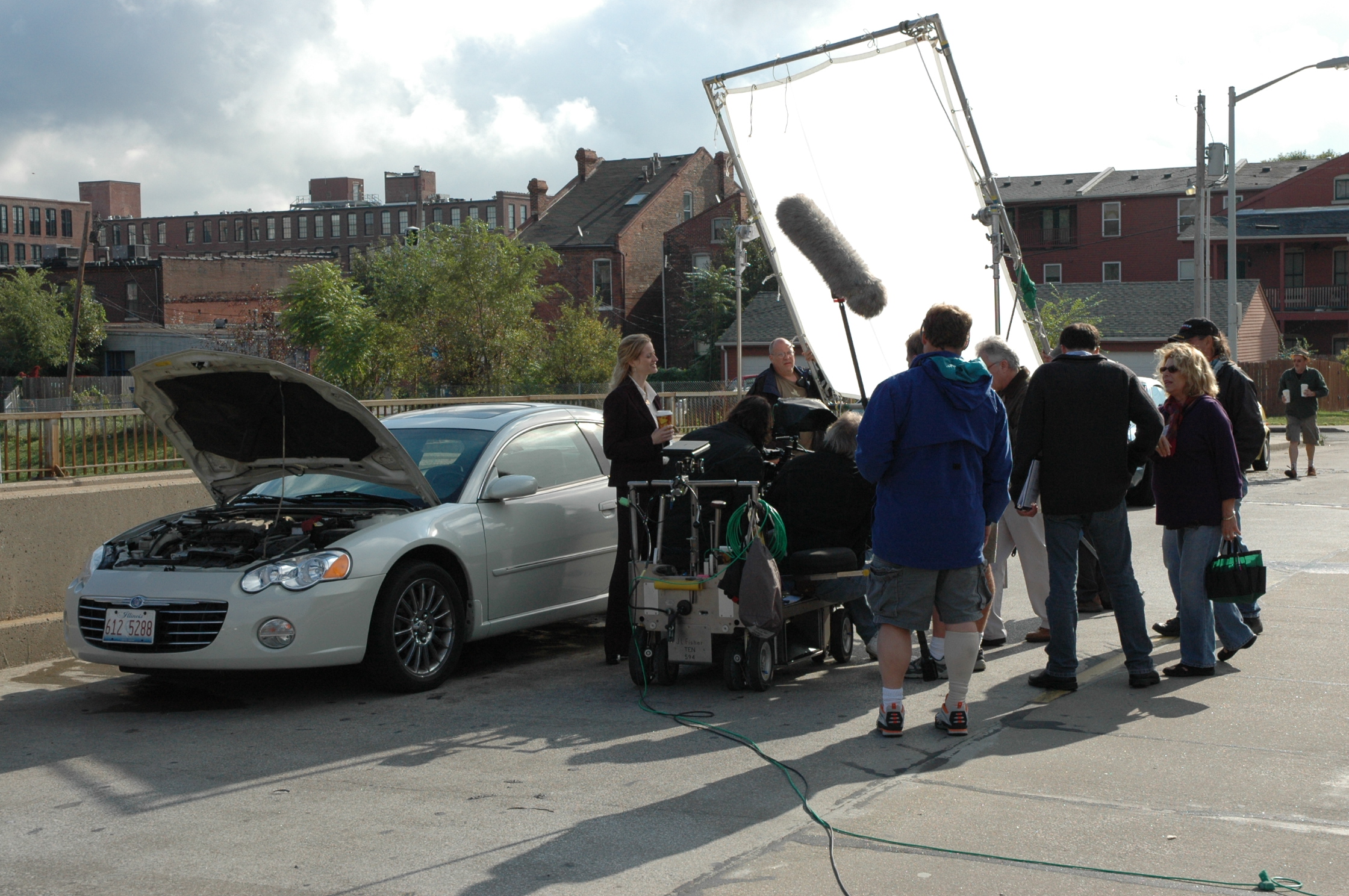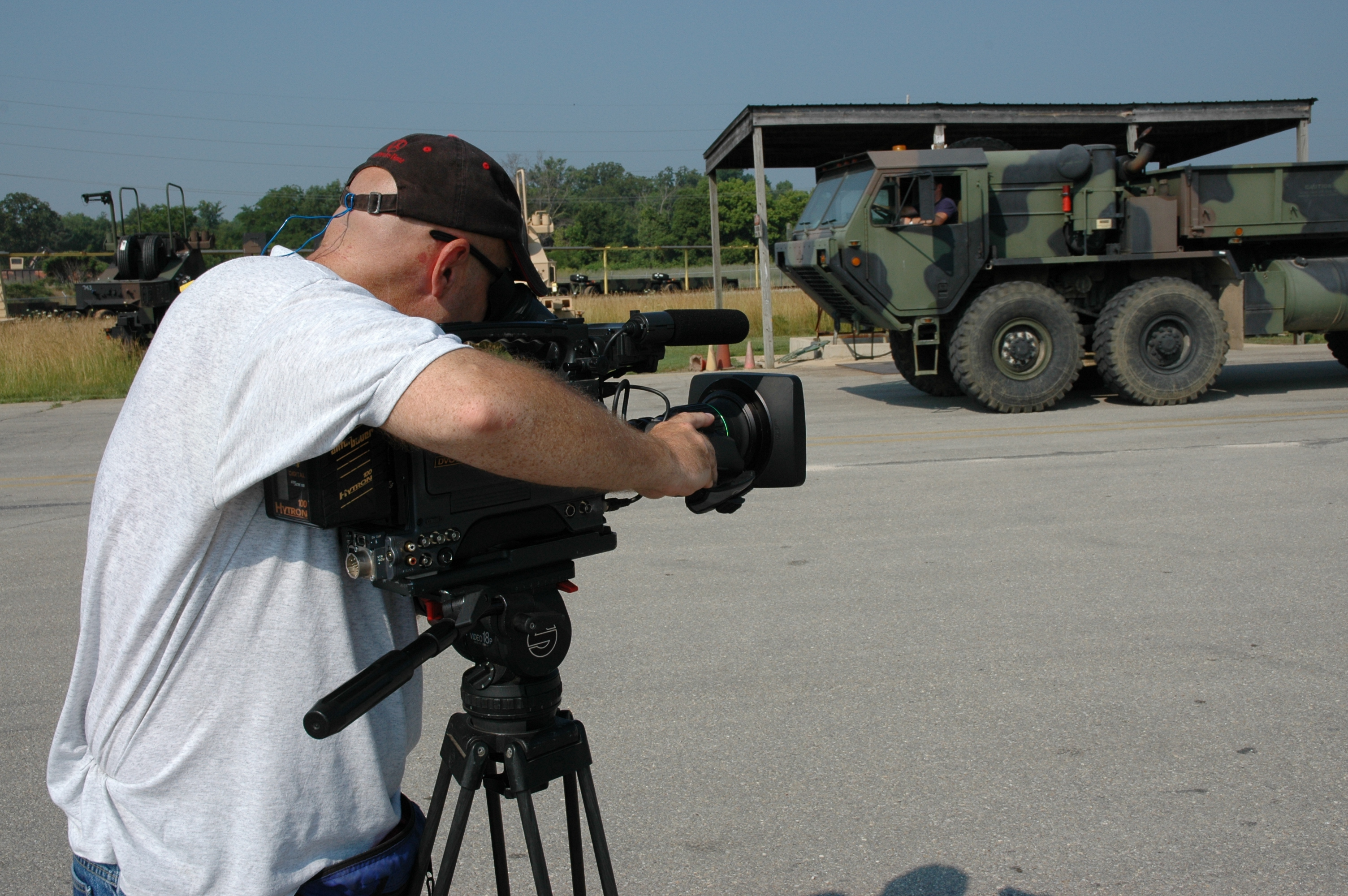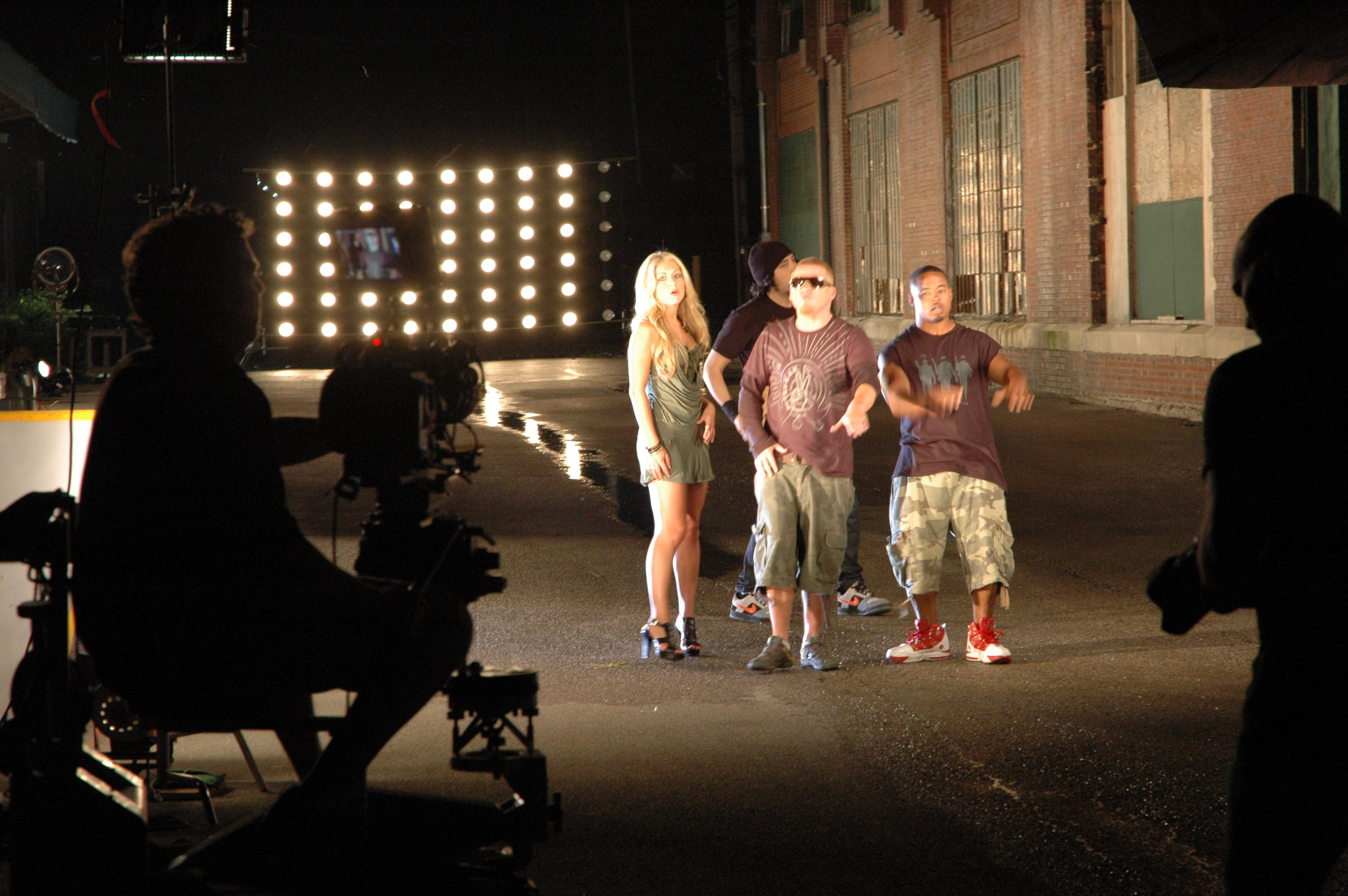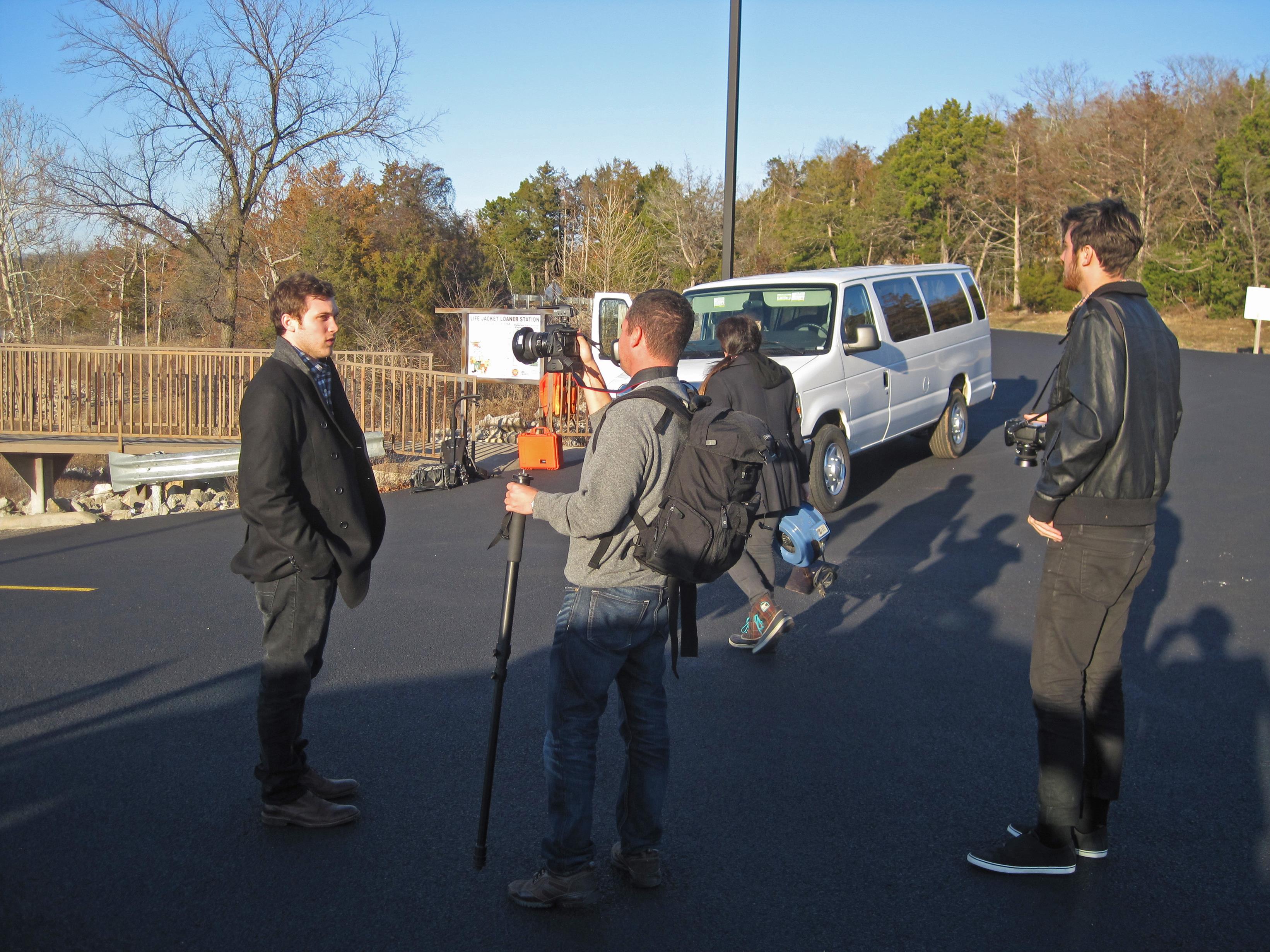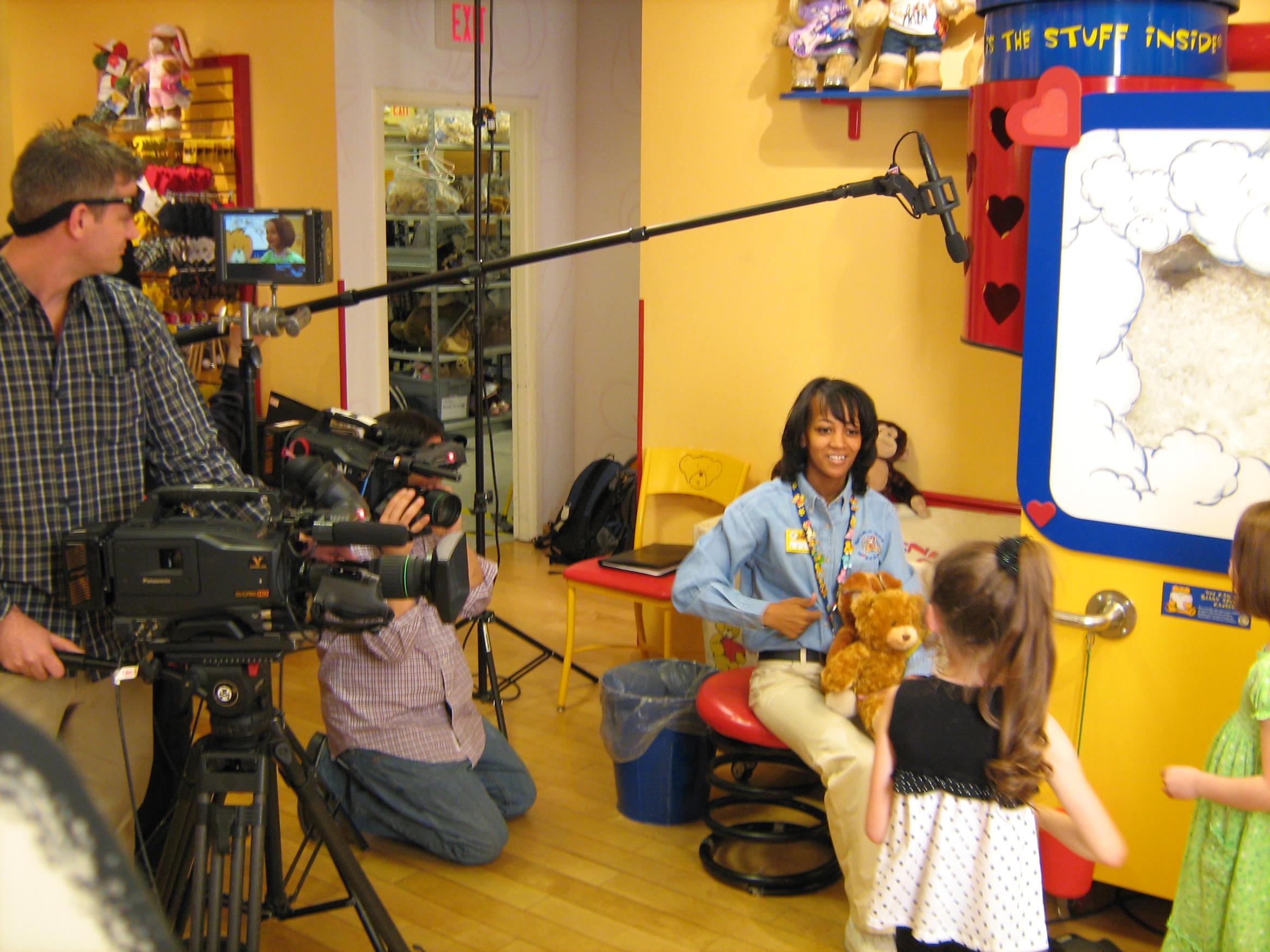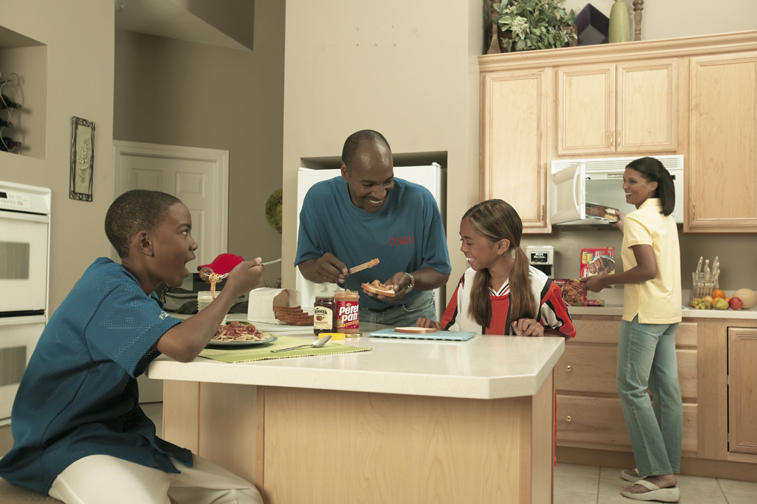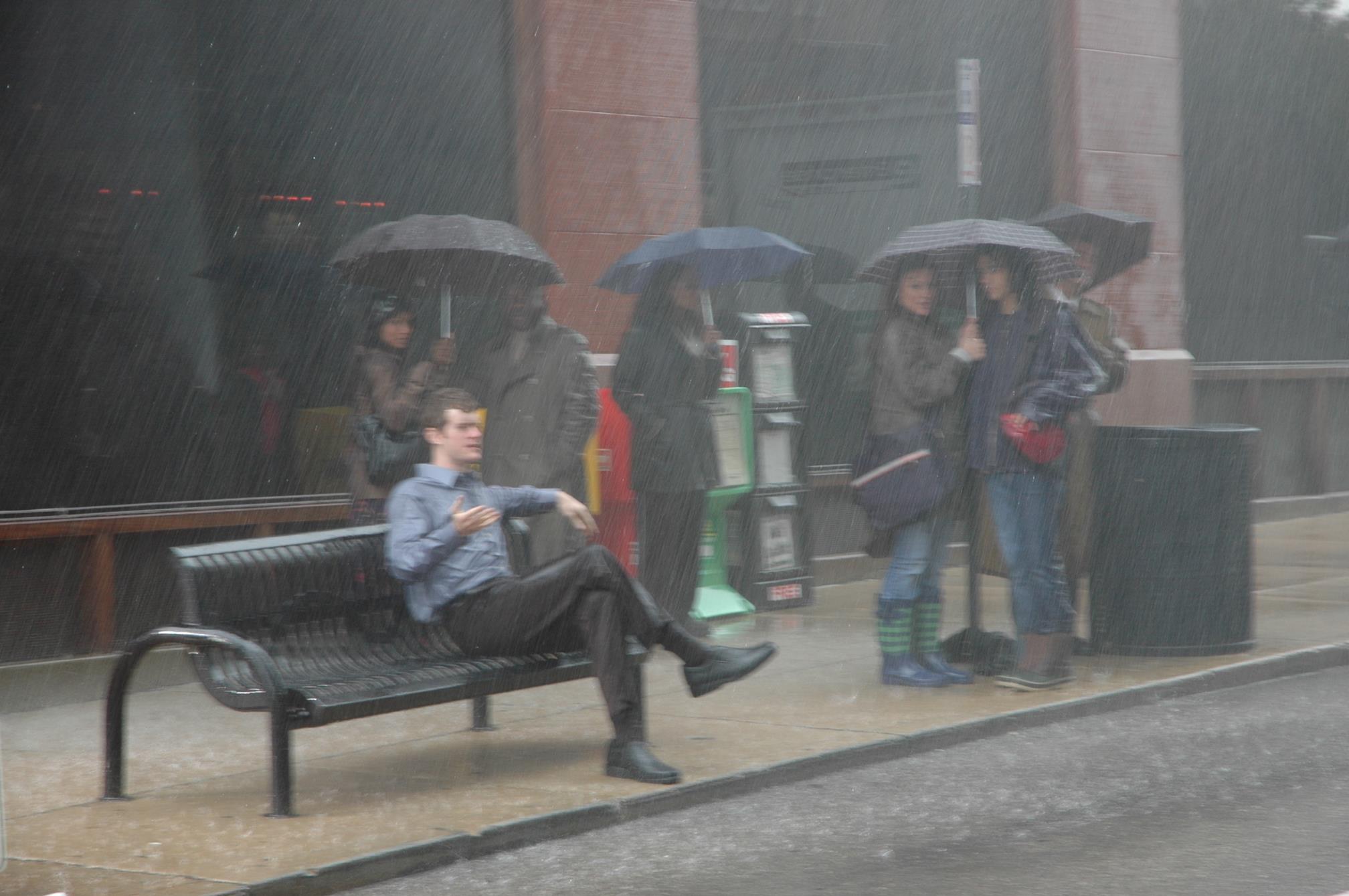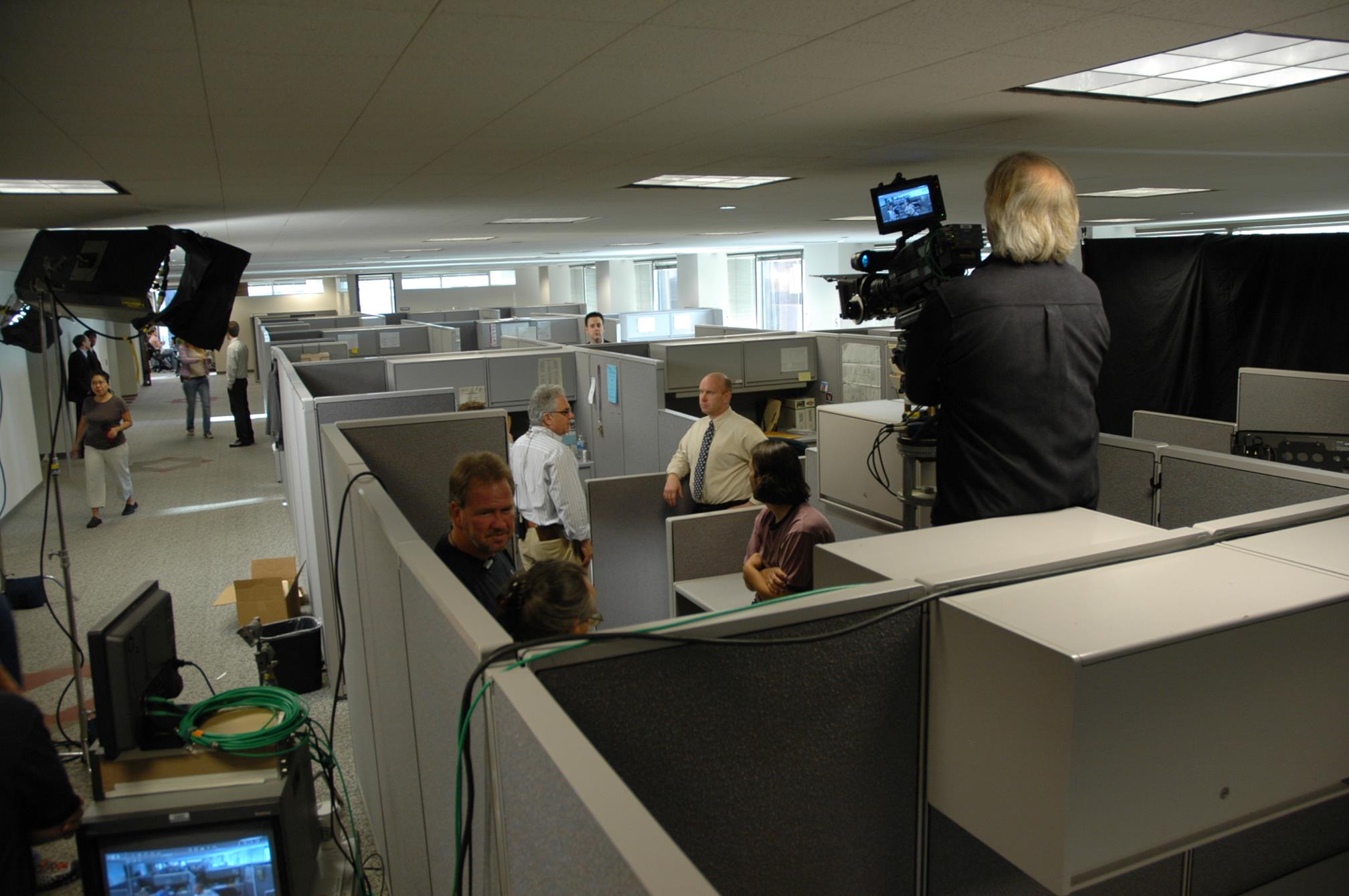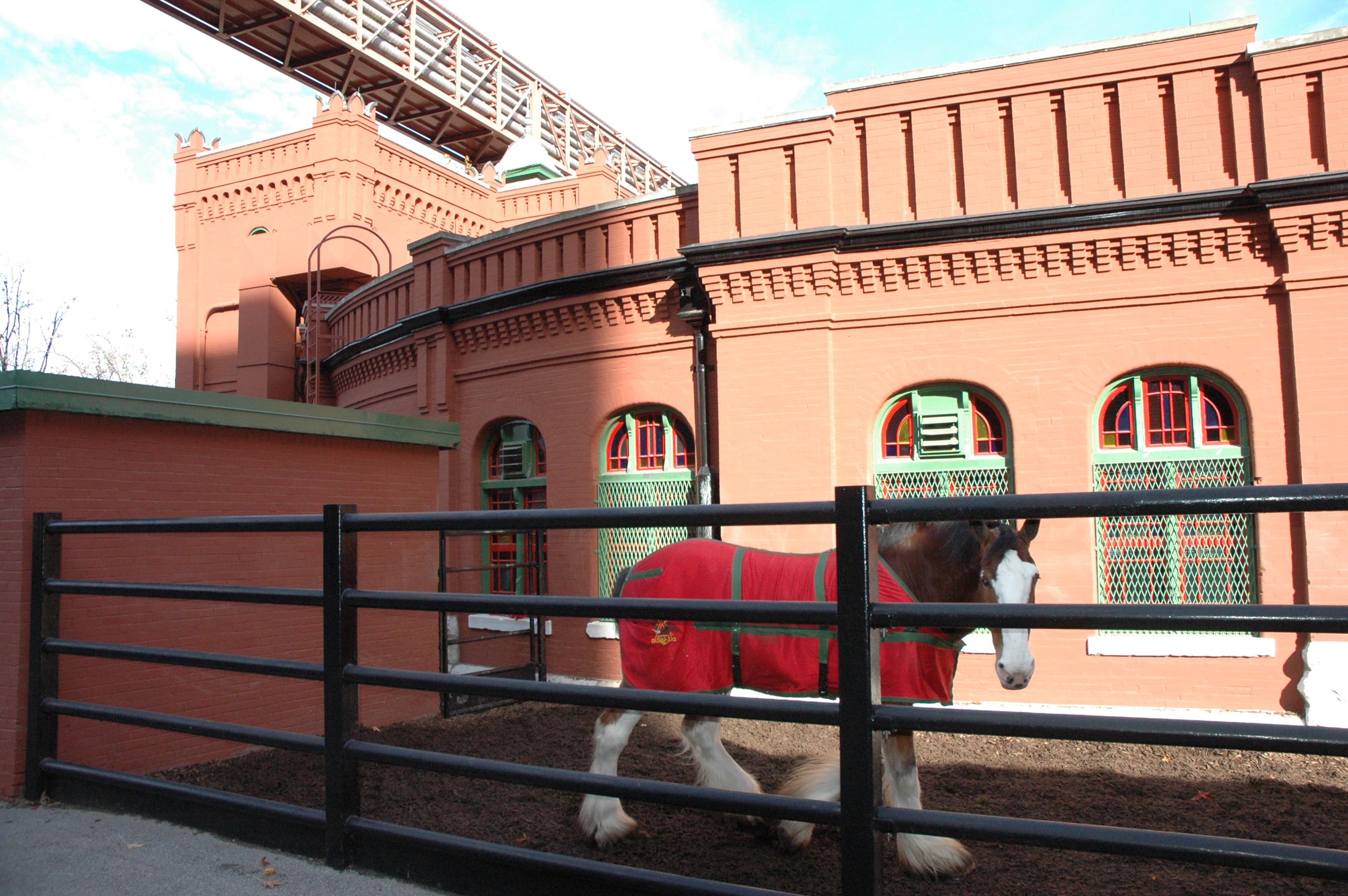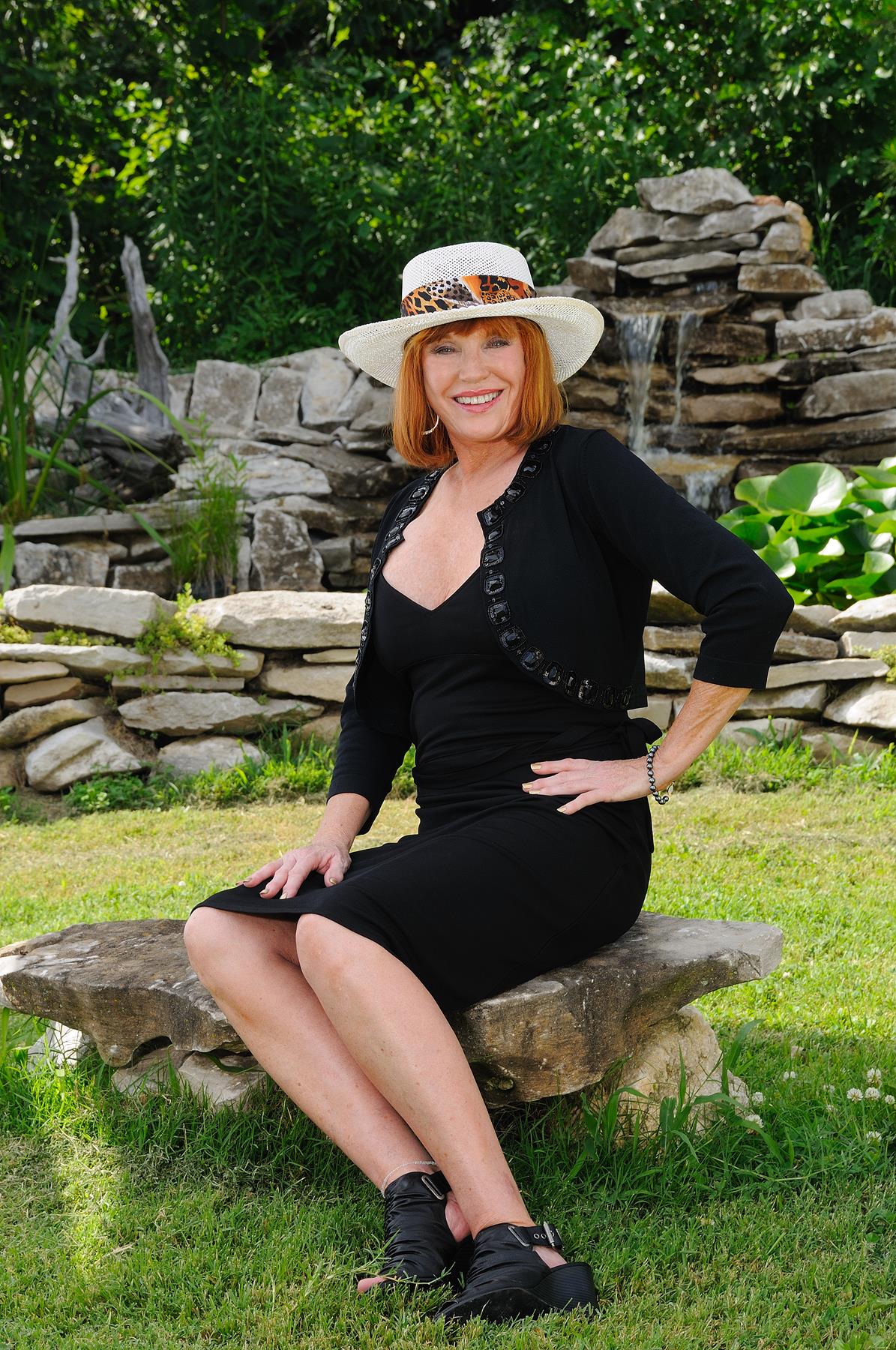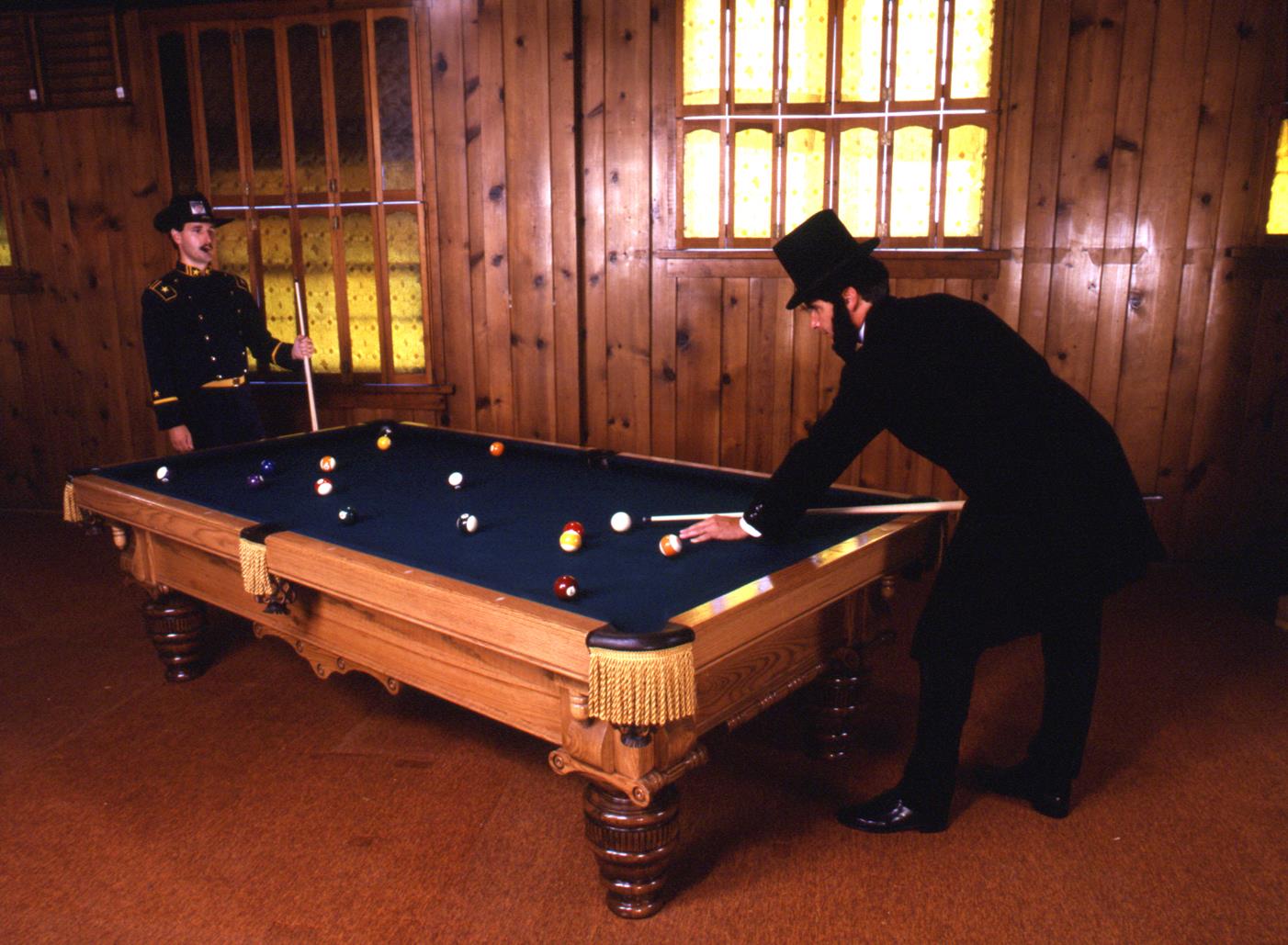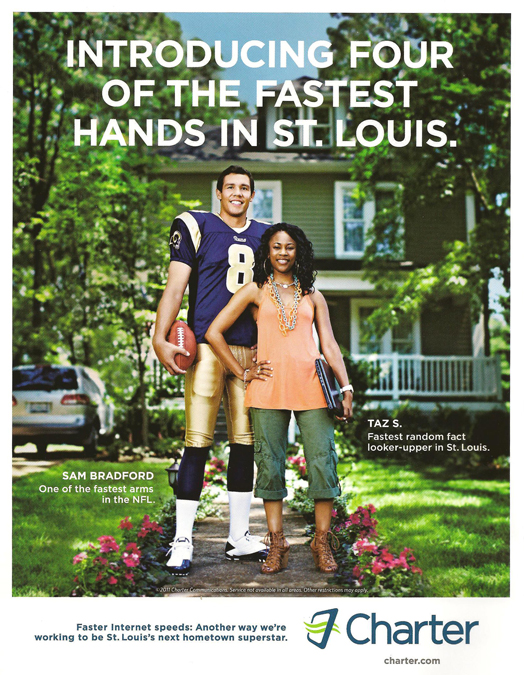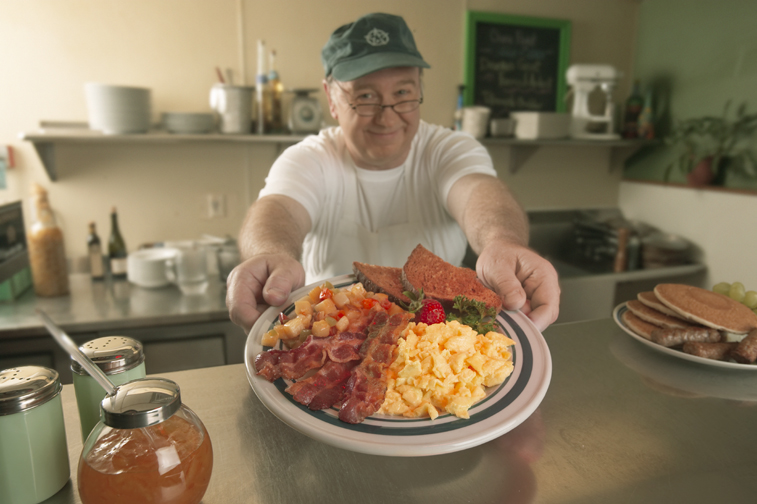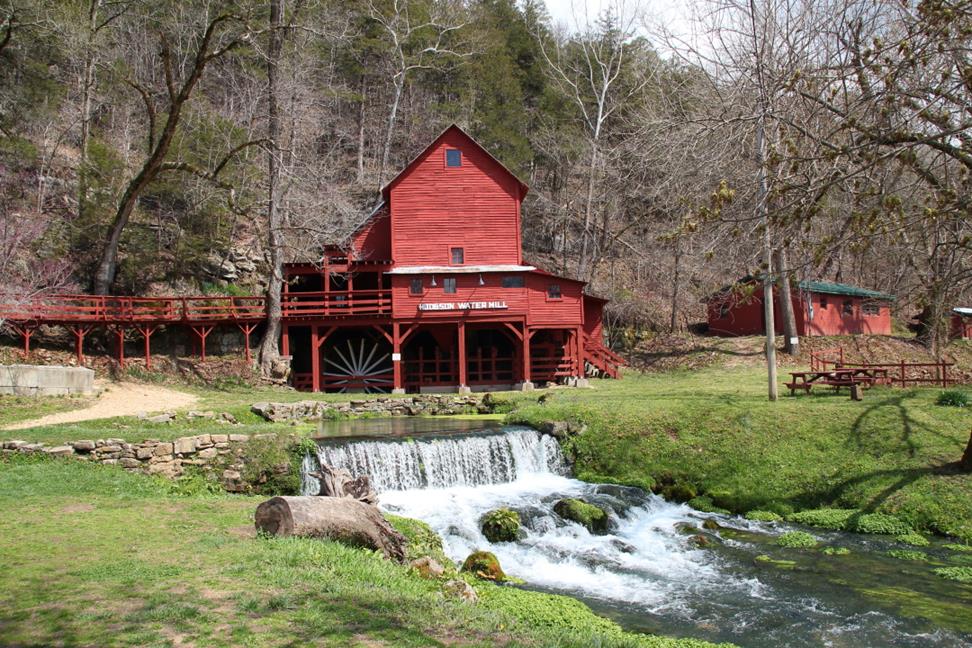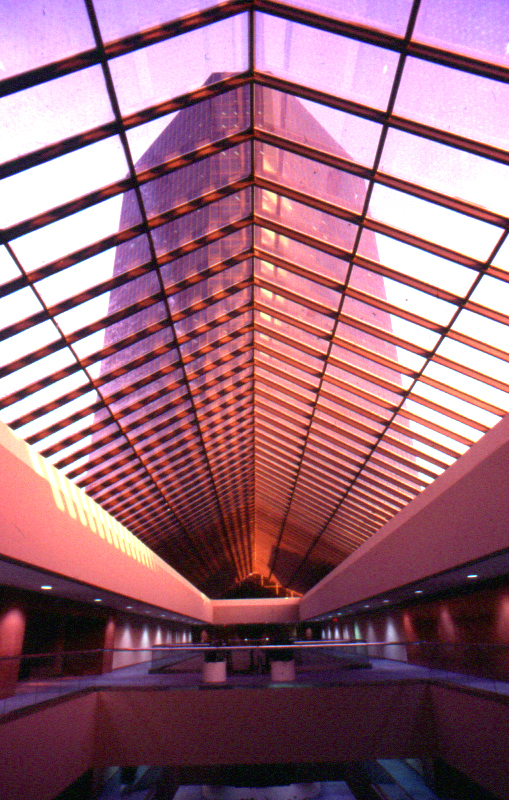Blog Archives
The Importance of Planning and Preparing for B-Roll in Your Interview Production
What is B-Roll and Why is it Important?
B-roll is a must for any interview production. It is supplemental footage that offers context and interest. It can show environment, action shots, behaviors, and more. Otherwise, viewers would just see talking heads – boring!
Planning and prep are key when shooting B-roll. Consideration should be given to time, location, and travel.
B-roll adds value. It provides insight, keeps viewers engaged, and gives productions texture and character. Plus, it can help create a narrative through visuals. This saves time and money and ensures audiences stay invested!
Planning for a Successful B-Roll Shoot
Start your B-Roll shoot with planning. Think ahead about your project’s goals and visuals. This will help you create the perfect B-Roll package. Here are tips for planning:
– Decide what viewers should take away from your project. Abstract or timeline?
– Find visuals to portray your desired message, e.g. stock footage, macro shots, drone footage.
– Brainstorm ideas for B-Roll sequences that support interviews without repeating content or visuals.
– Make a shot list of all B-Roll shots needed. Narrow it down to save time and budget.
– Schedule enough time to capture quality B-Roll sequences while keeping interviewees on schedule.
– Select equipment to get the desired look and feel of your project. Cameras, lenses, rigs & lights.
– Good communication between crew members so they know what should be captured.
– Review shots after filming to make sure relevant materials have been acquired.
Preparing for a B-Roll Shoot
Preparing for a B-Roll shoot is a must for success. It’s a type of secondary shooting to add to interviews and narration.
Speak with the talent or subject expert to know what visuals need to be filmed. Ask if props are needed, like docs or objects they’ll reference.
Make sure to plan logistics, like parking permits and schedules. Decide if existing footage can be used, or new footage needs to be shot. Create a shot list and get equipment. If needed scout locations during day-light.
Take notes on angles, composition, and background info. Have a clear plan and test equipment. This will help everyone move efficiently to create a successful interview piece!












Capturing Quality B-Roll Footage
Capturing great b-roll footage is fundamental for a successful interview video. To make production smooth, it’s important to plan and prepare for b-roll shooting beforehand. Here are tips to help you plan effective b-roll shoots so you can get visually engaging visuals for your interview videos.
1. Pick Locations – Before you start planning, decide on potential spots for your shoot. When scouting, think about shooting parameters like the timeframe of the day and the level of lighting control each location offers. Also consider what type of footage you can capture and any relevant permit requirements.
2. Choose Equipment – Decide which camera and lenses you’ll use based on the look you want. Think about other audio recording equipment you might need; how many camera operators; and support equipment like tripods and dollies.
3. Plan Shots – Once you know which shots best complement your interview narrative, plan out how you’ll capture them in advance. Think about how to set up scenes with different angles; how characters can move in each shot; any motion effects or transitions; techniques that bring emotion; and any other ideas that may inspire interesting shots.
By planning and preparing ahead of time for b-roll shooting during your interview video production process, you’ll get quality content in the edit room!
Editing and Post-Production Techniques for B-Roll
Editing and post-production can strengthen the visuals of an interview production. An experienced editor knows how to combine b-roll footage with the main interviews. Special effects can be used to express emotions, emphasise points, and give the story structure.
The editor also has plenty of techniques for music, graphics, titles, and sound effects. All of these can be used to adjust the mood and dynamics of the finished product. Filters and color grading can create a consistent look and style.
The editor should have time set aside to trim the b-roll and interviews. This is especially important when dealing with off-camera questions from a narrator. Transitions between topics should be planned ahead by both the film crew and post-production team.
Strategies for Incorporating B-Roll into Your Interview Production
B-roll footage is a must for successful interview productions! It involves capturing images, scenery or activity to enhance the audio. It can also make a dull subject more interesting, break up long conversations and establish a setting. B-roll gives scenes impact, adds context and guides the story.
For quality B-roll footage, have a strategy. Here are some tips:
• Have a plan. Know why you’re creating B roll and the message you want to convey.
• Know your timeline. Allow yourself creative freedom in post-production by planning ahead.
• Get creative. Look for unique angles and try special effects. Layer shots from different angles in post-production.
No formula guarantees success with every interview production, but proper planning is essential. Give yourself enough time to capture quality material in the allotted timeframe!
Tips for Maximizing the Impact of B-Roll
B-roll is essential to any video production with interviews. It brings more visual variety and creates a richer story. It can also challenge the viewer’s perspective or evoke emotions. Here are some tips to use b-roll footage in interview productions:
1. Research: Learn the context, why it’s important, what it looks like. This will help you find the right b-roll shots.
2. Scout Ahead: Prioritize scouting potential locations. This will let you decide quickly on set.
3. Be Flexible: Allow yourself time to find unexpected shots. This may require extra pre-production planning.
4. Don’t Overuse Motion: Keep motion special and meaningful. Too much motion can distract from the clarity of your video.
5. Edit Strategically: Edit each shot like an individual scene. Keep continuity in mind and don’t cut away mid sentence.
To wrap up, it’s clear B-roll is vital for any good interview production. It makes shots flow and adds to the story. You should plan and prep for B-roll. Research your topic and scout locations and objects. This ensures you have the material needed to make the video attractive, informative, and engaging.
Don’t forget to add natural sounds like birds chirping or wind blowing. This will give viewers a more immersive experience. Follow these tips to make better content and keep viewers interested. Get out there and start shooting!
Robert Haller
314-604-6544
videoproductionssaintlouis@gmail.com
